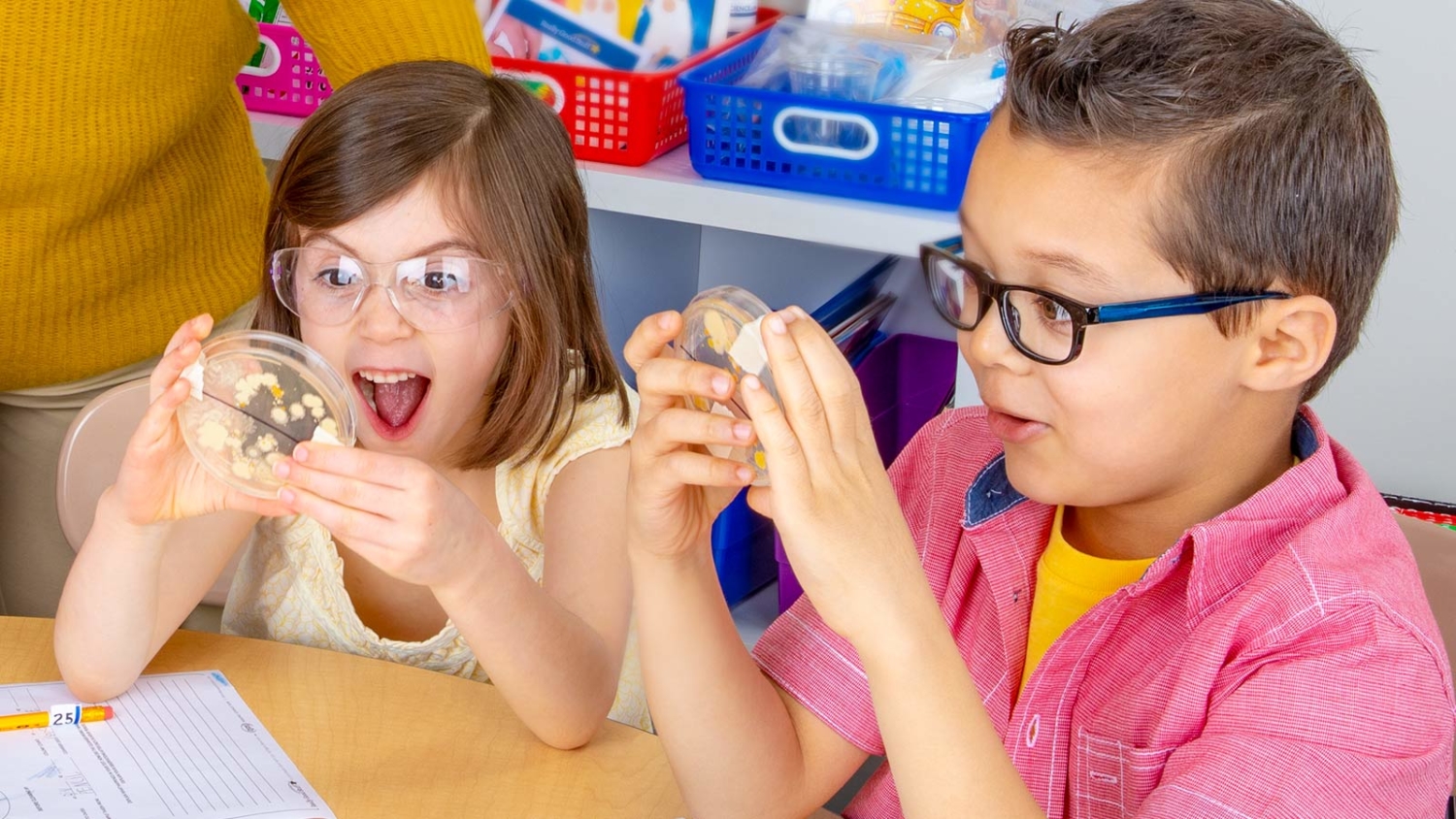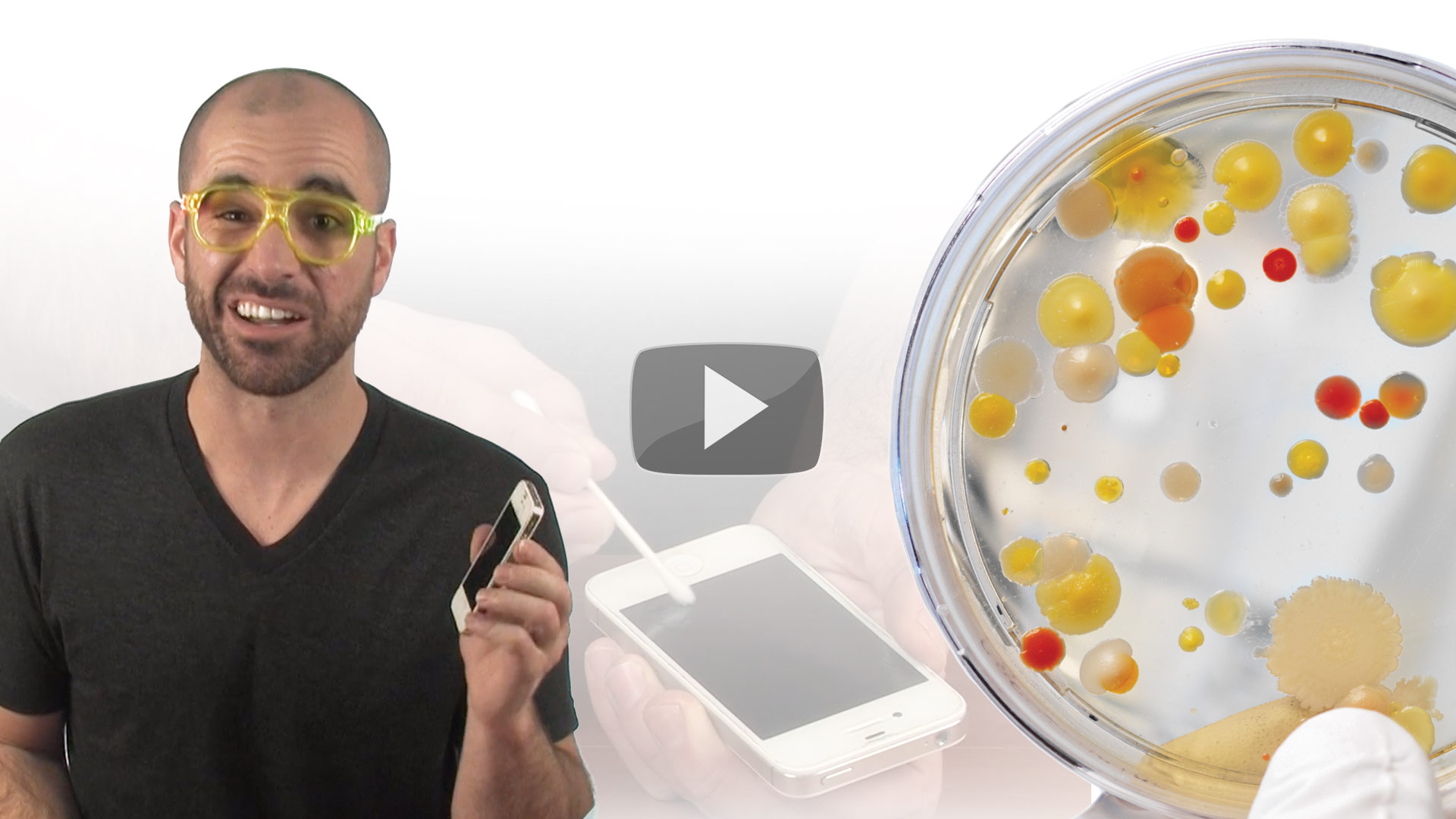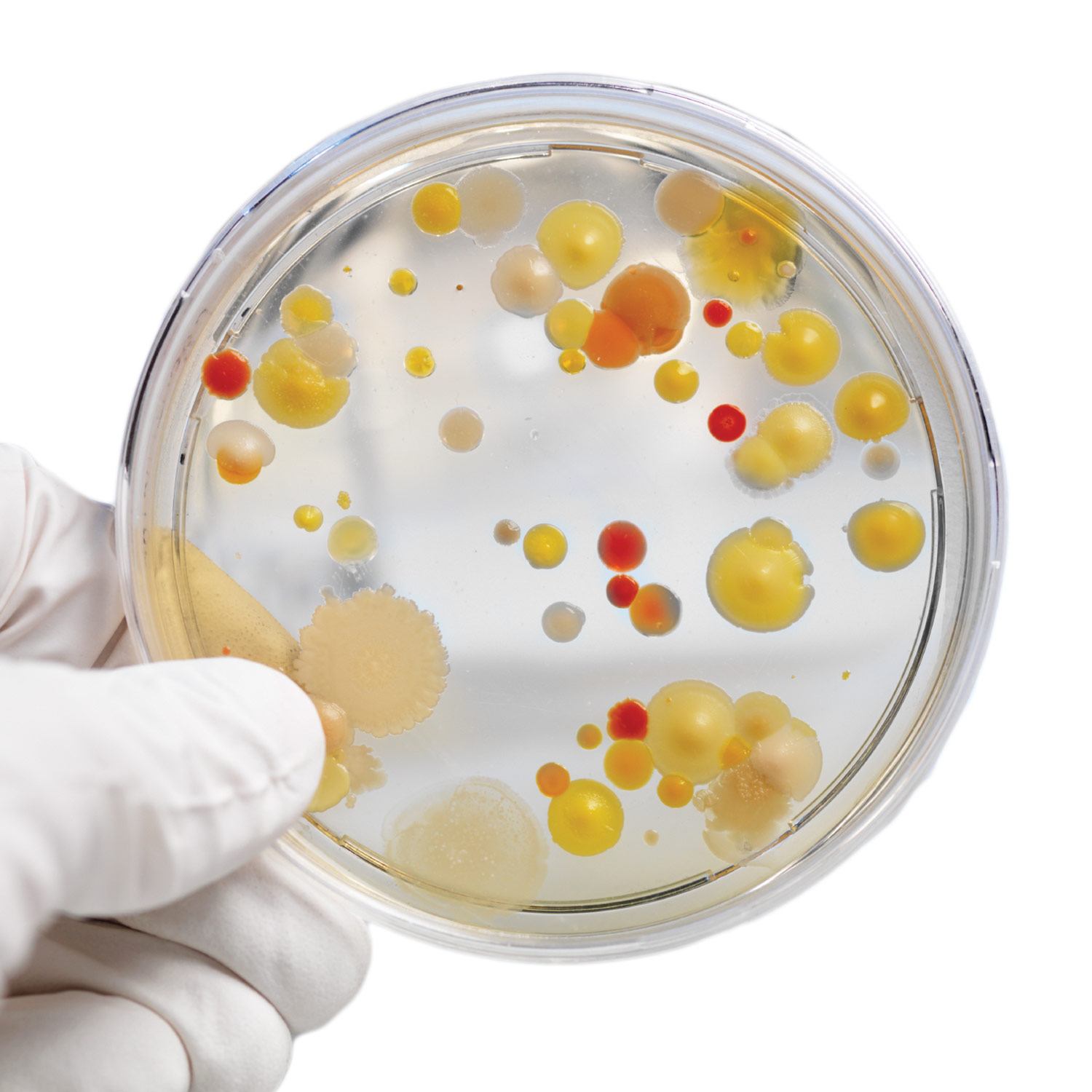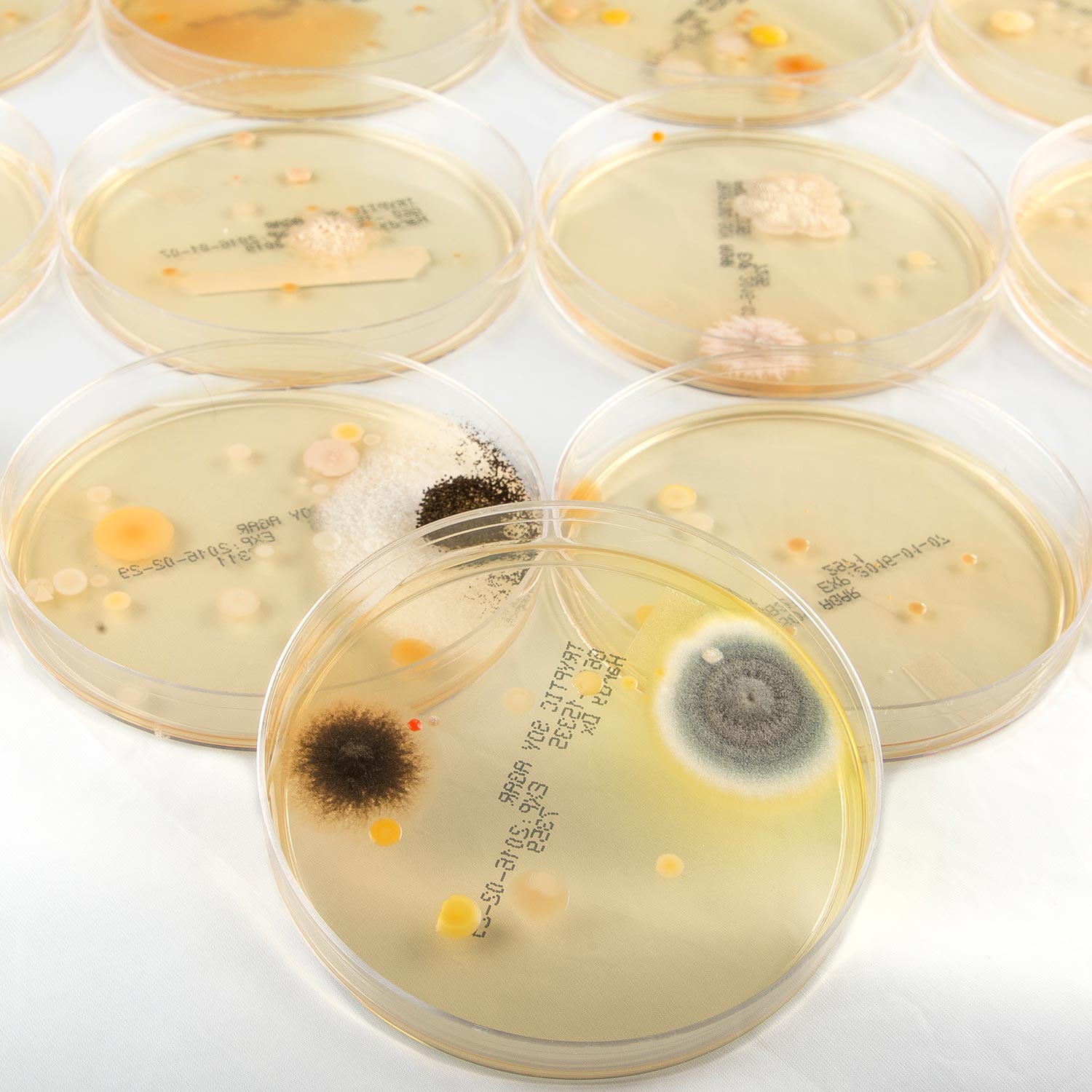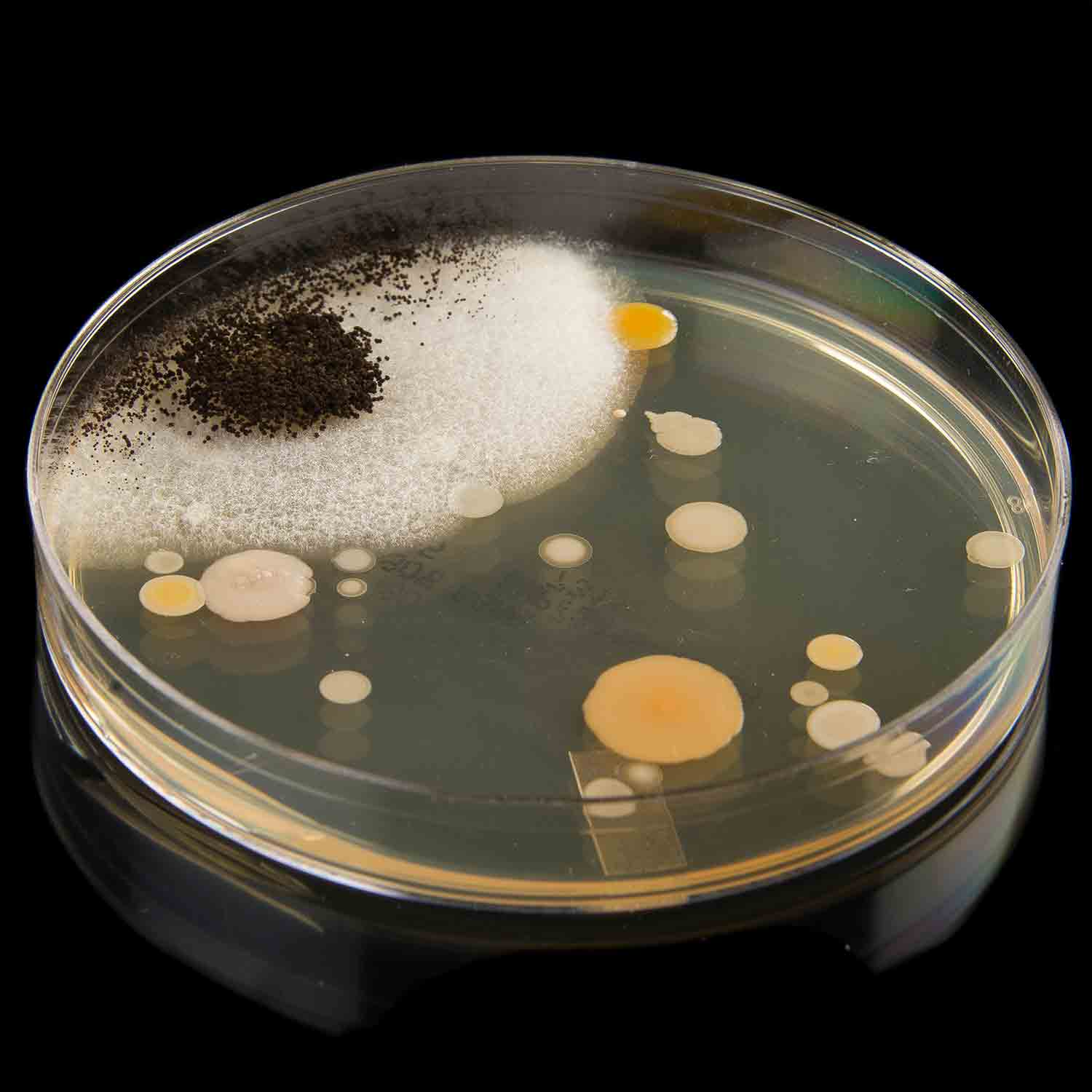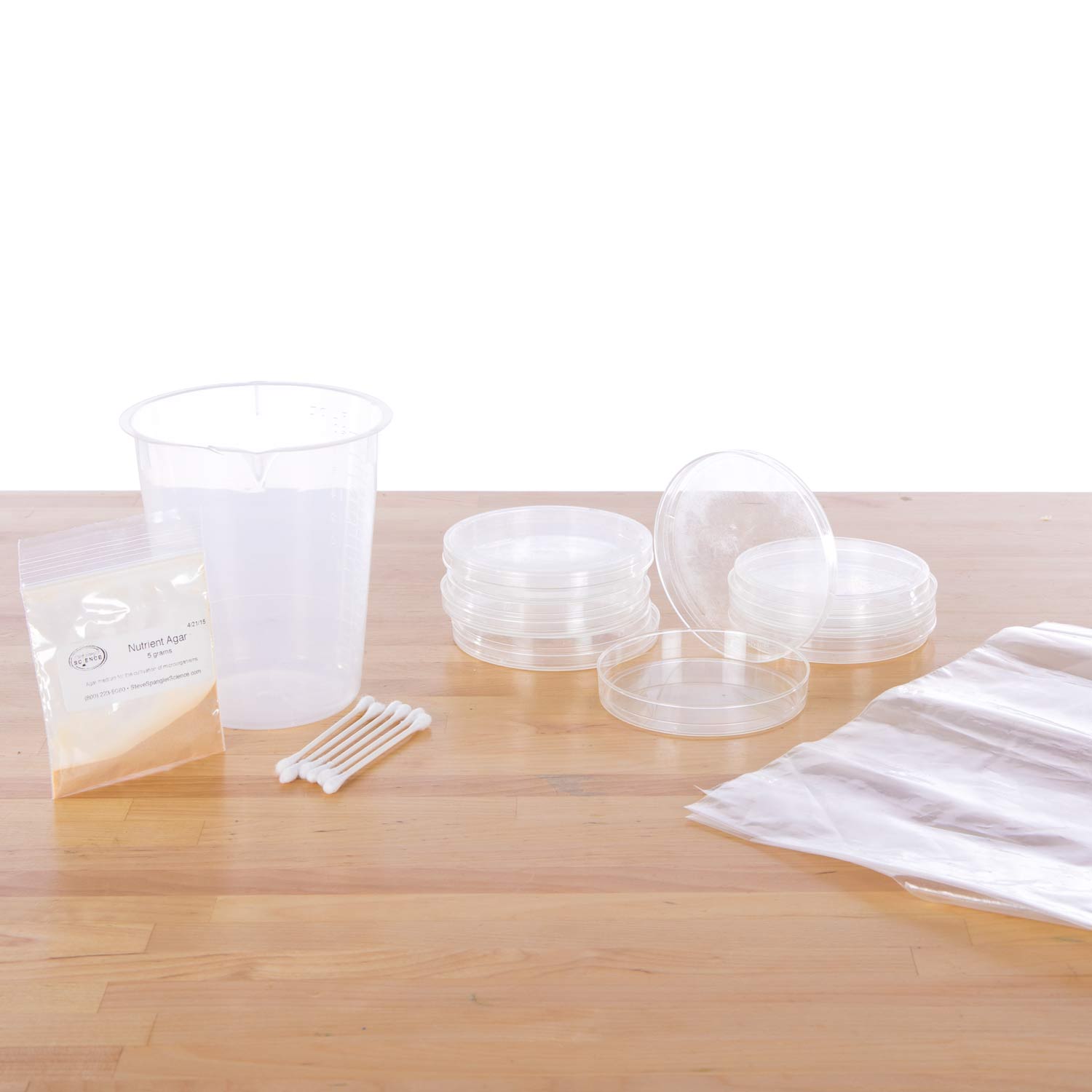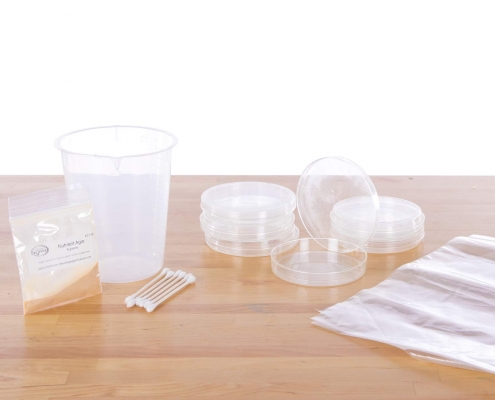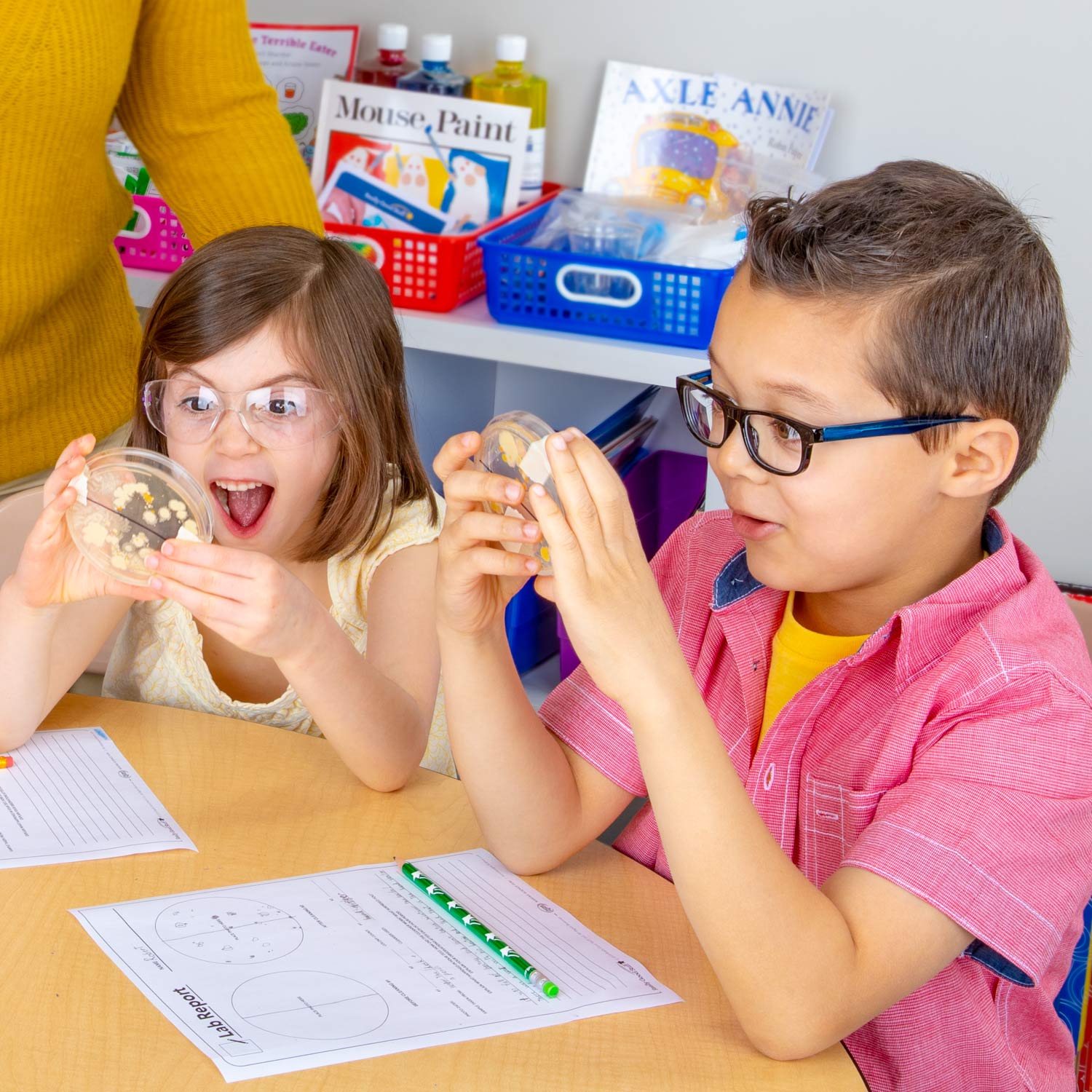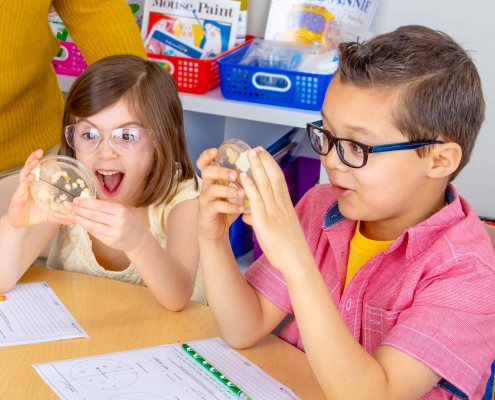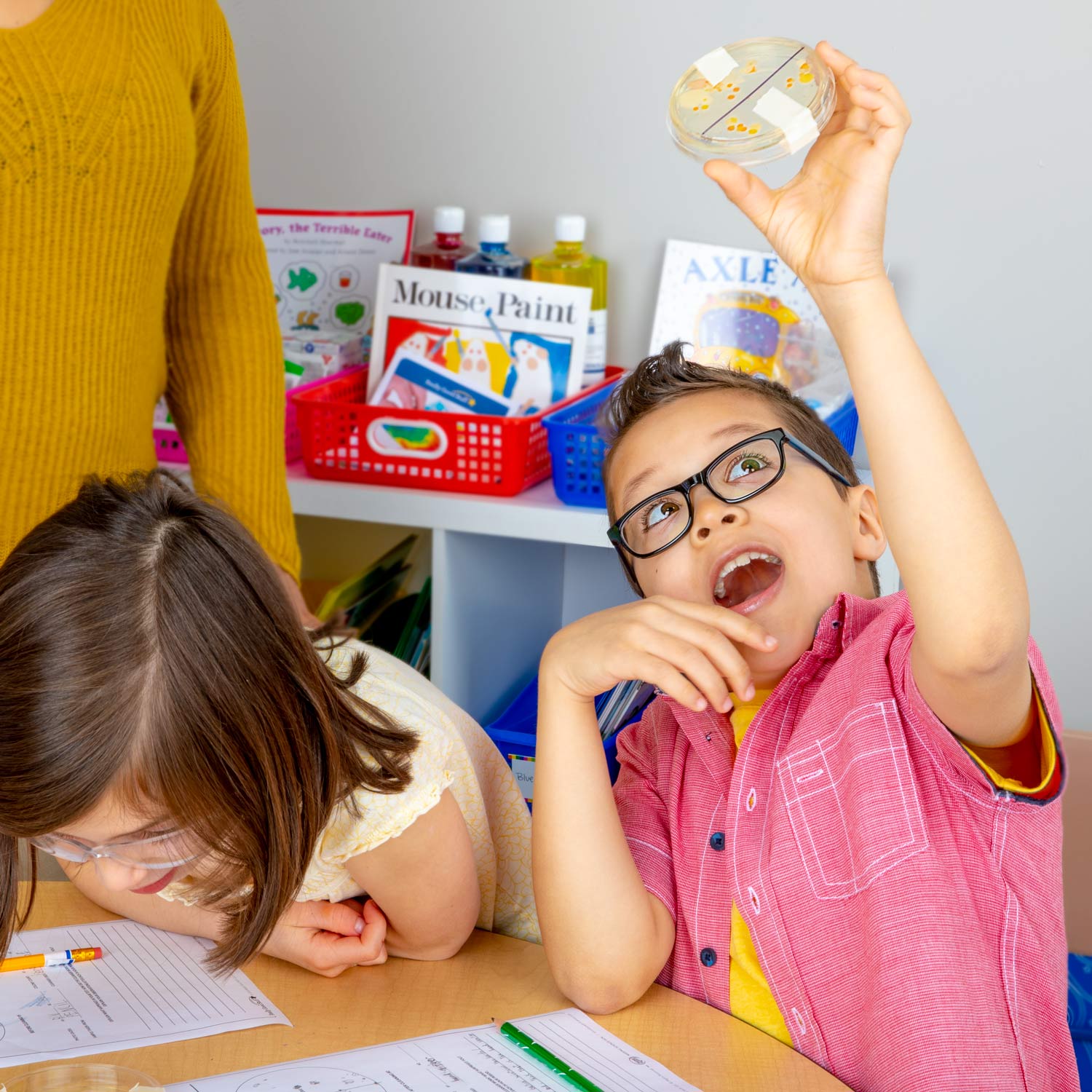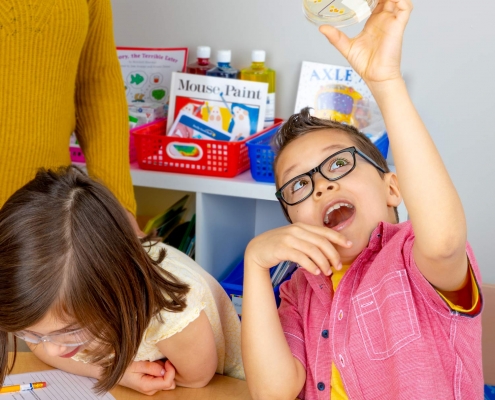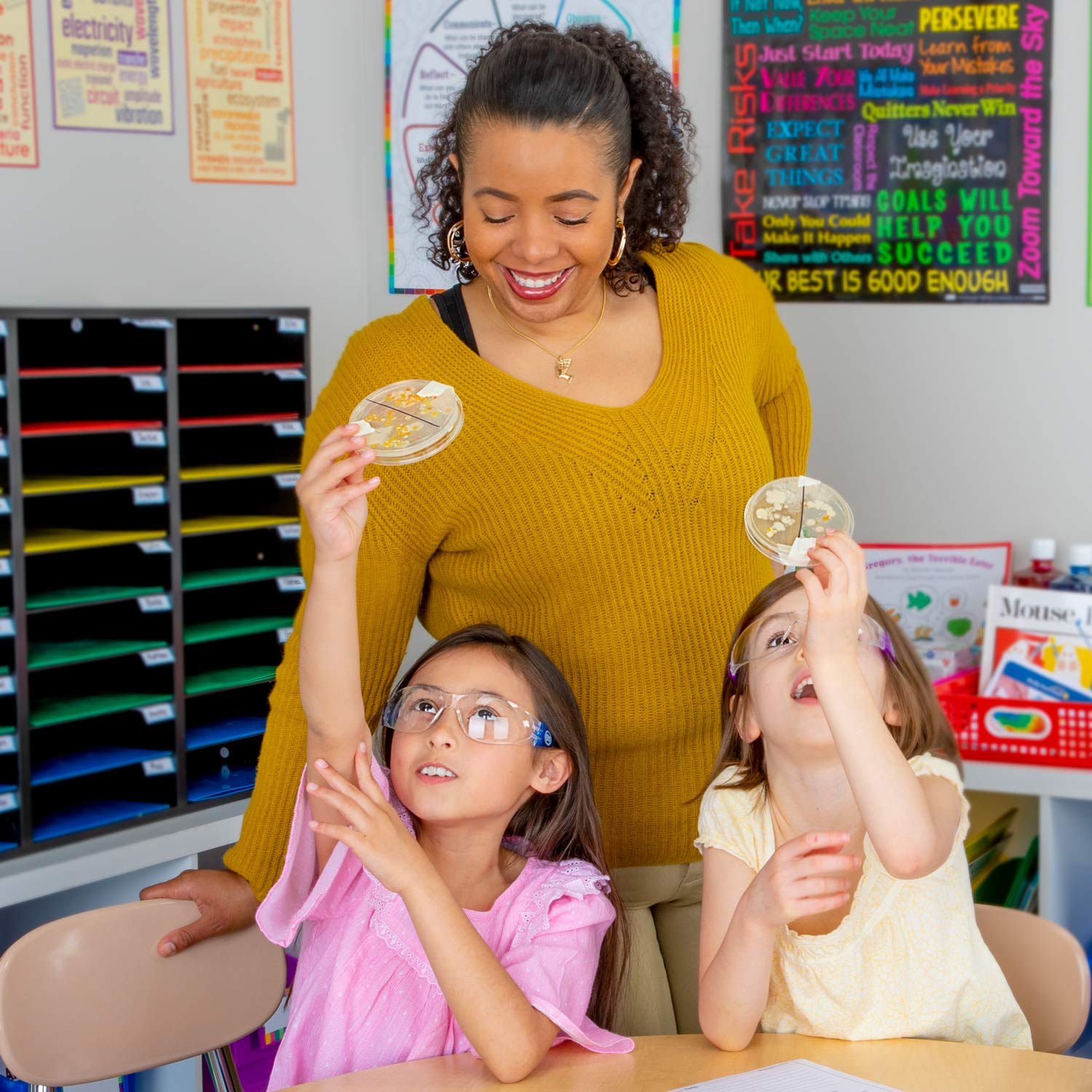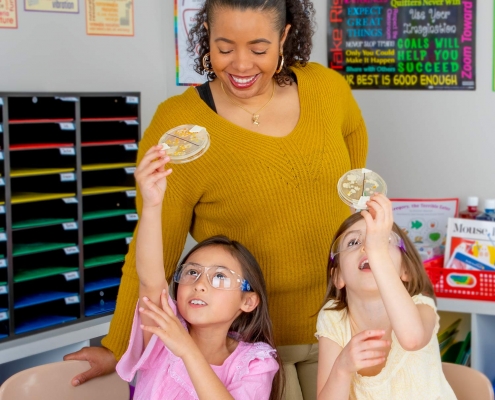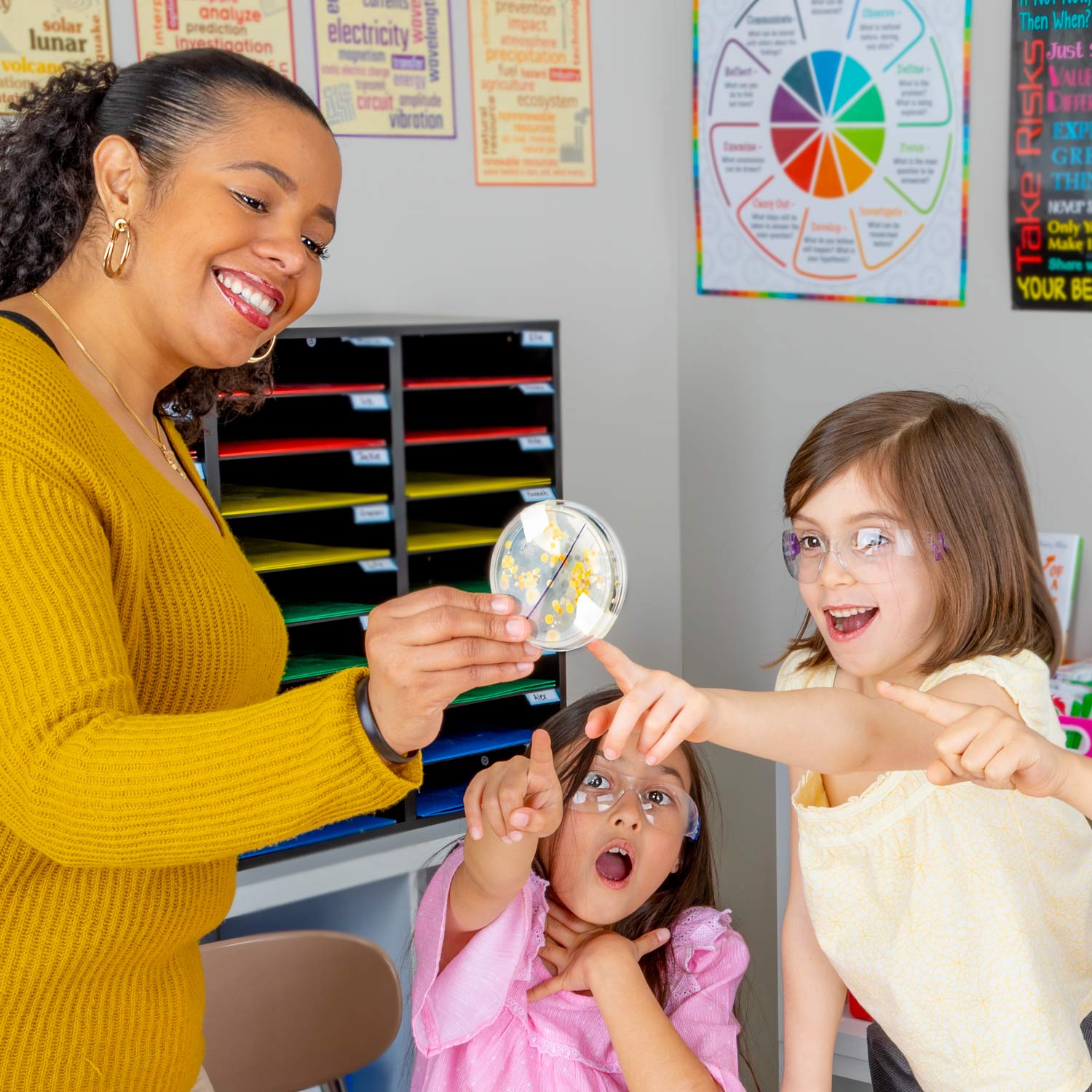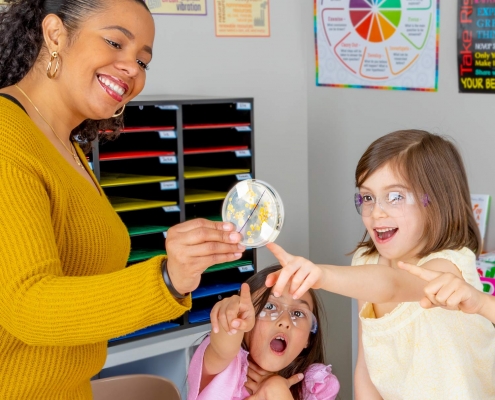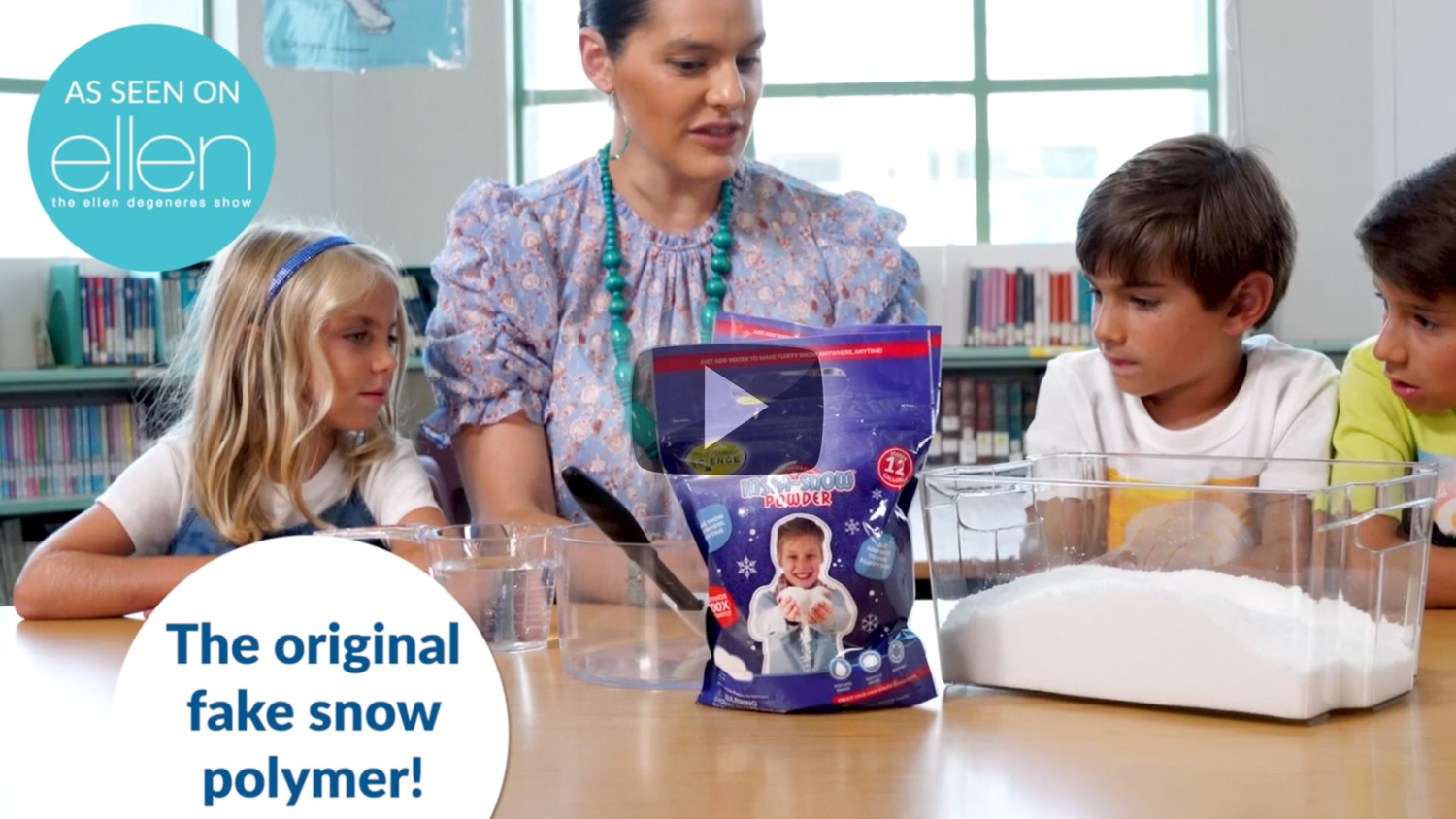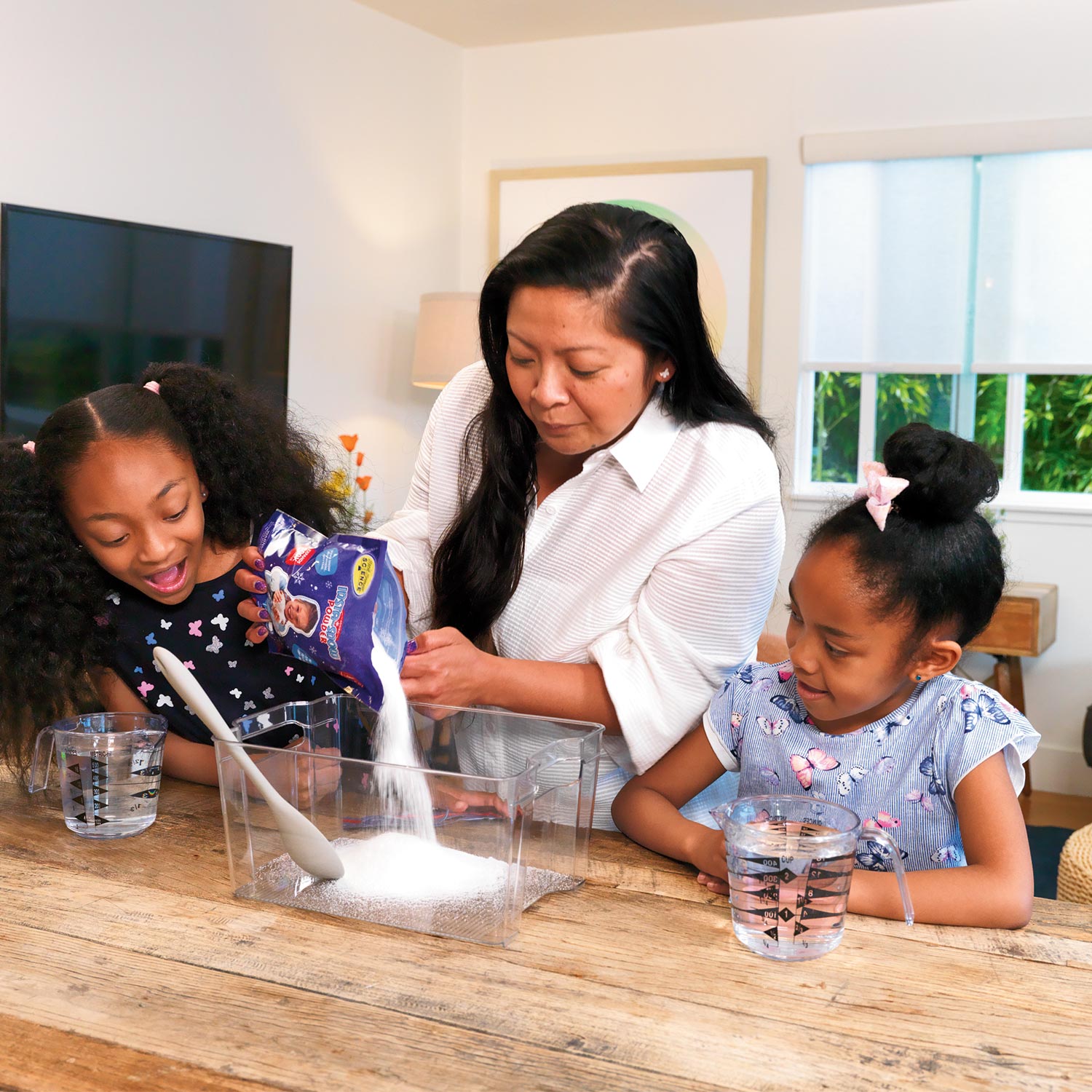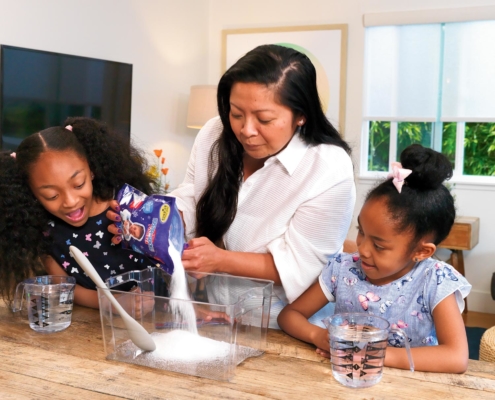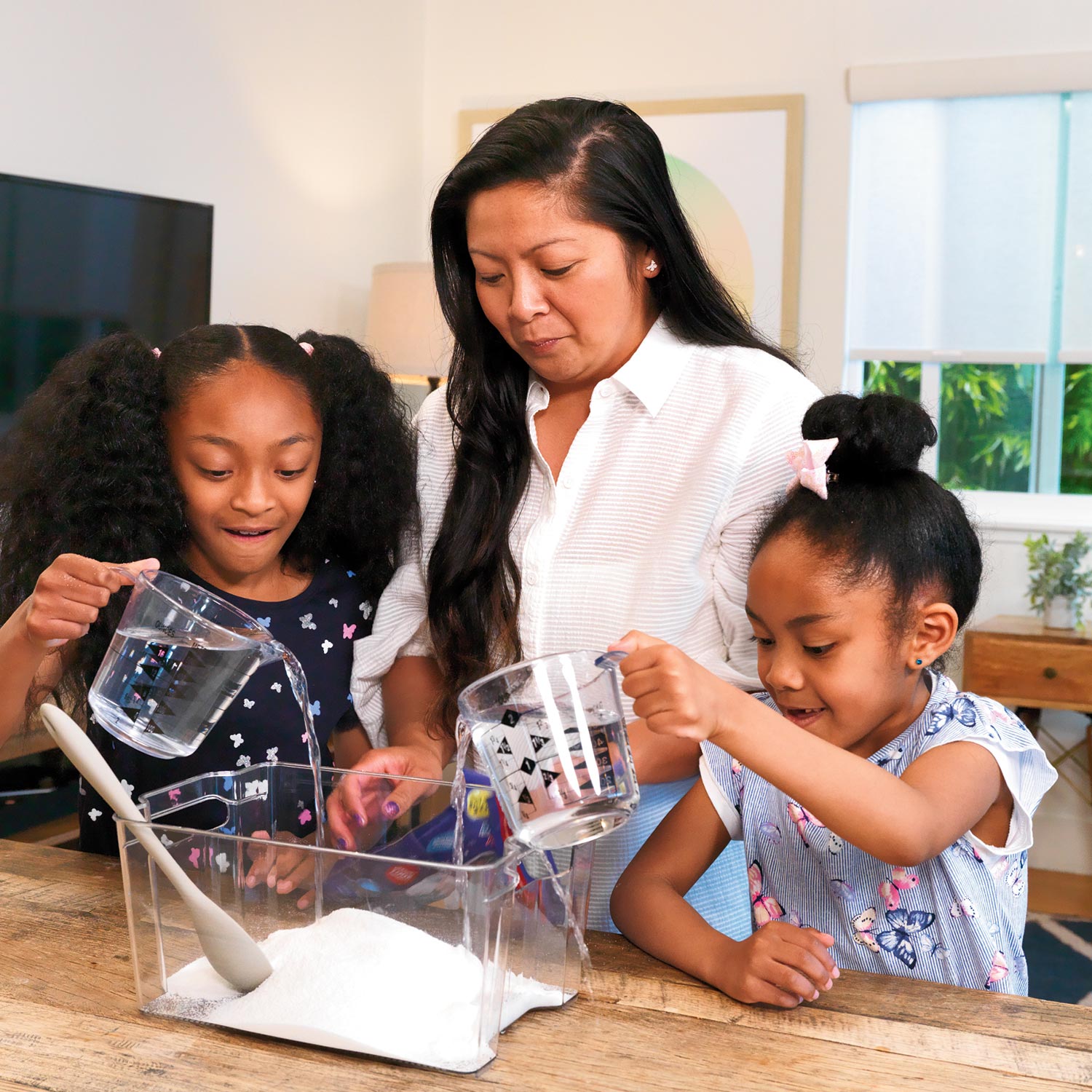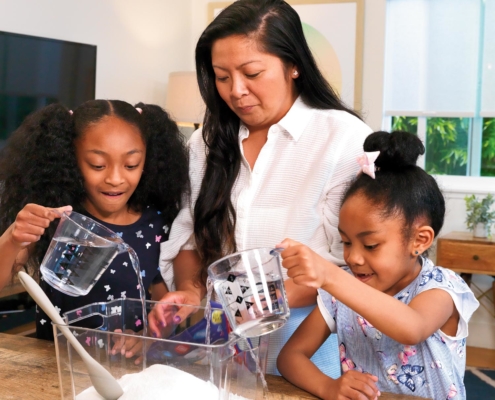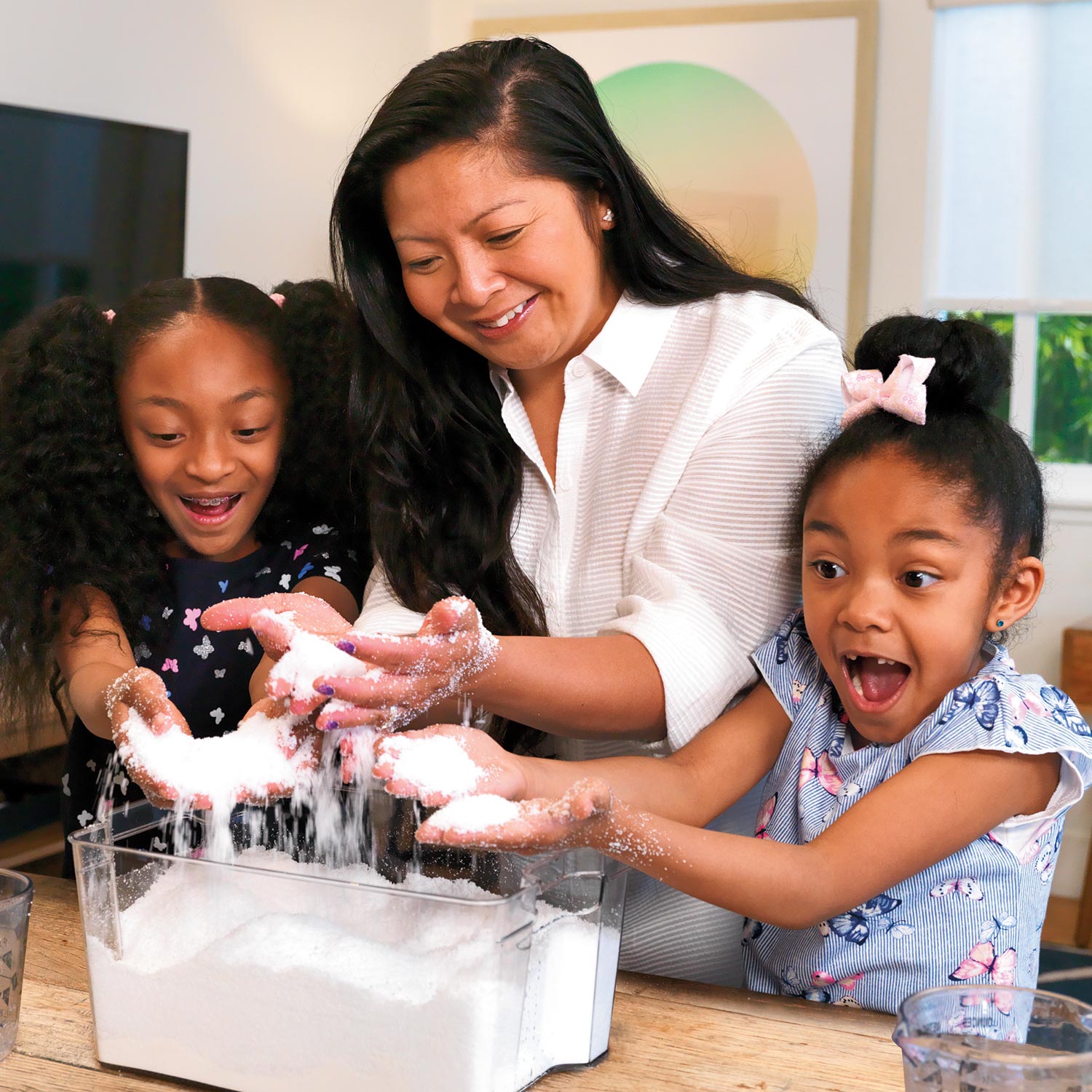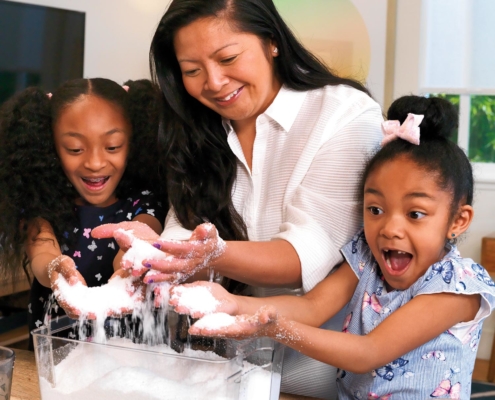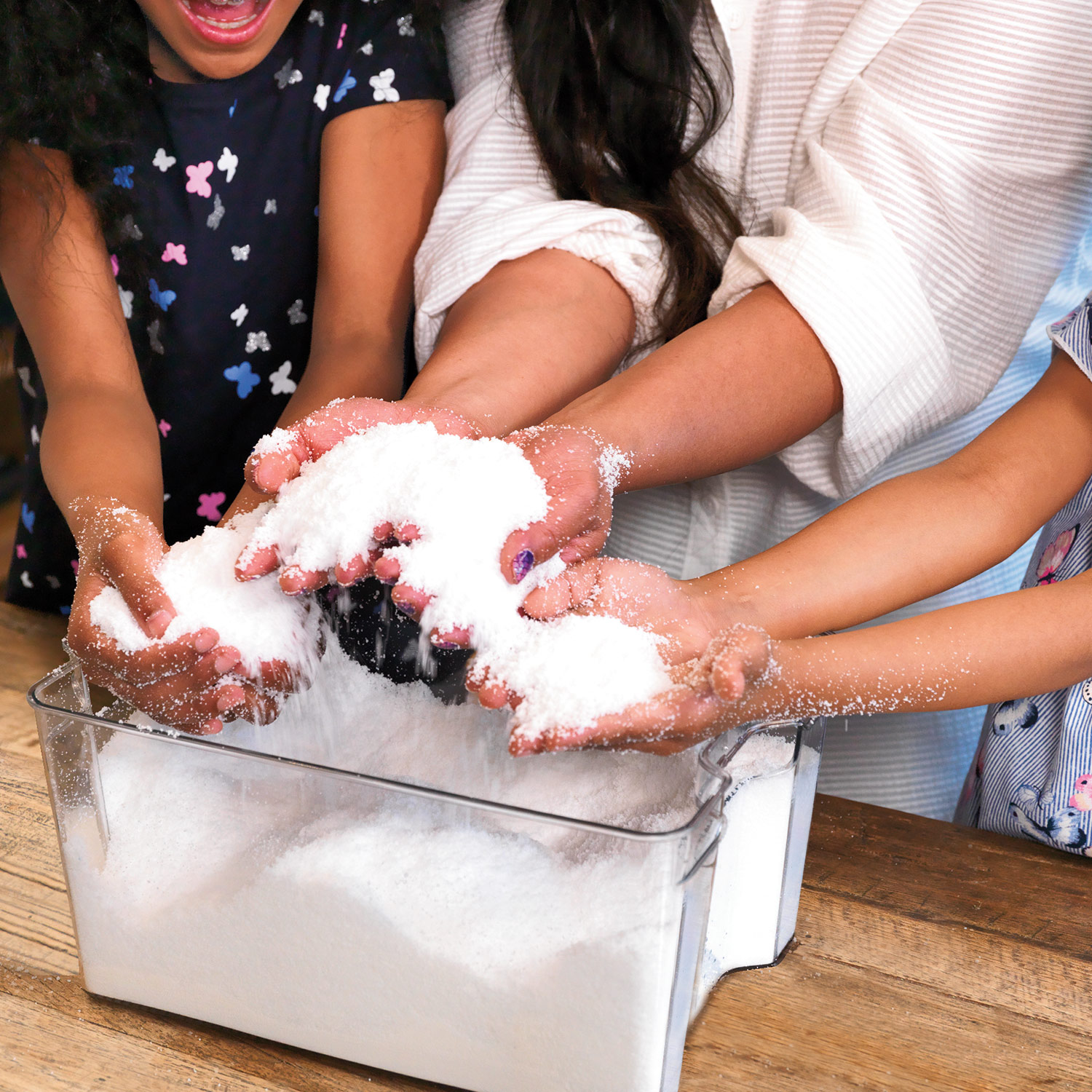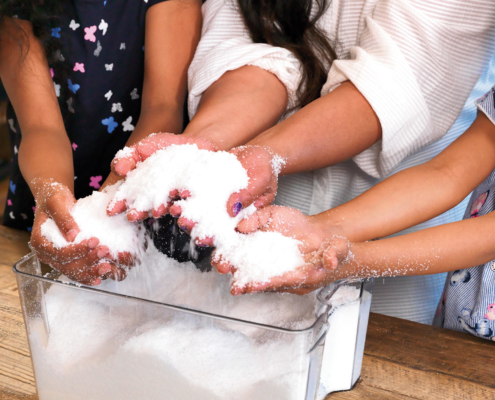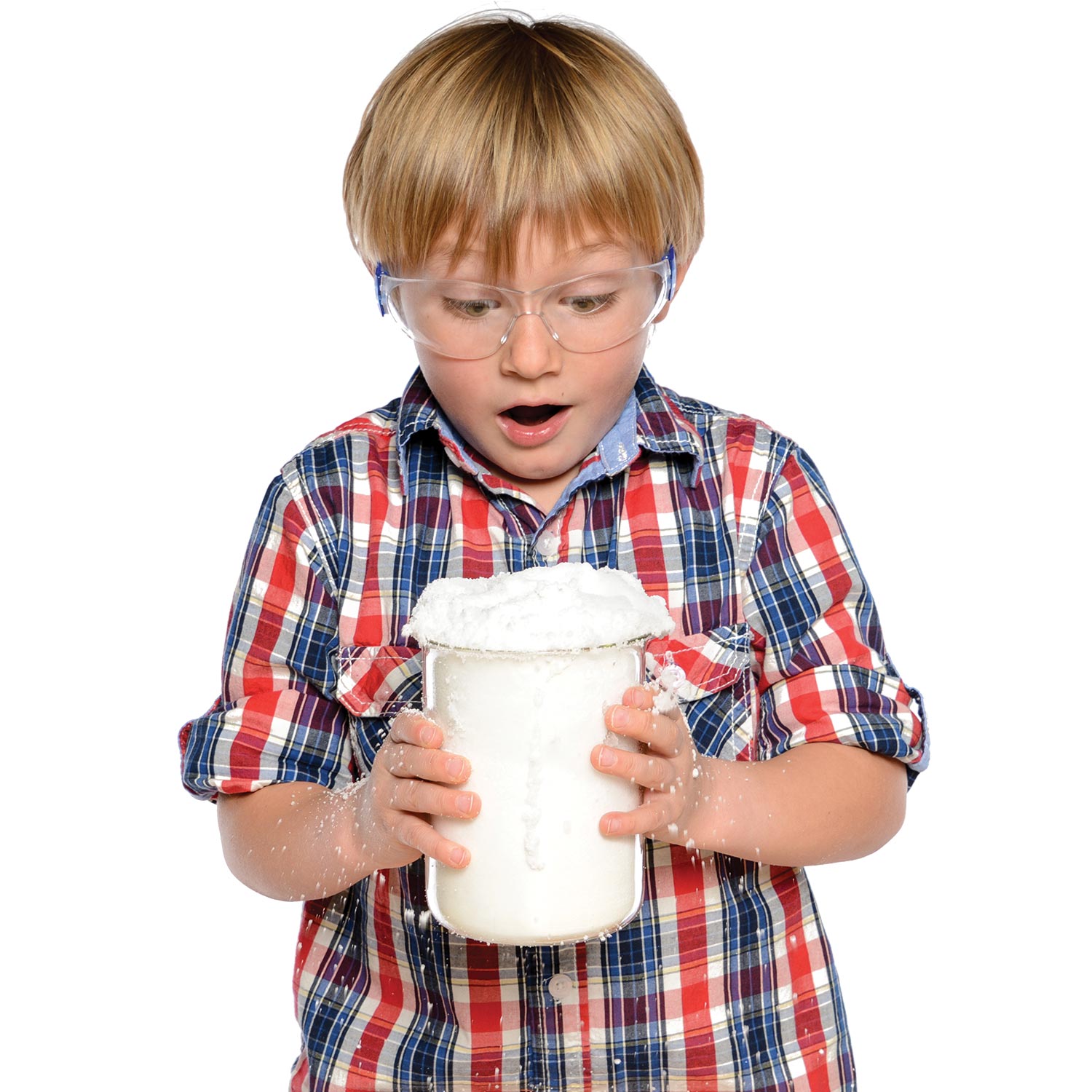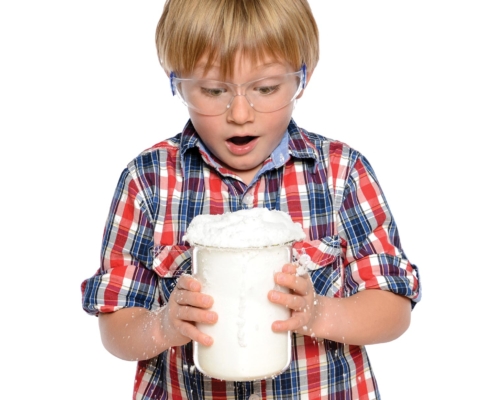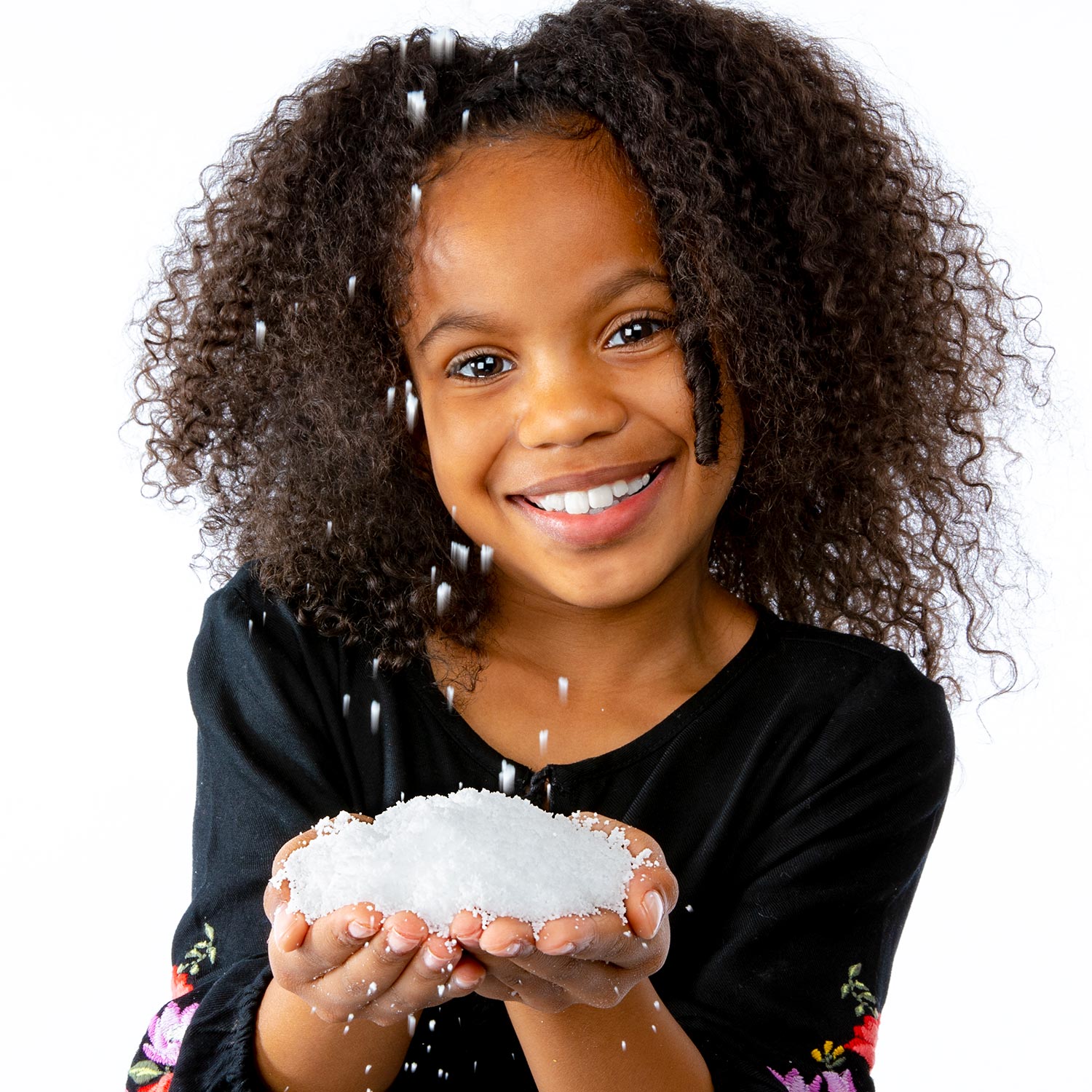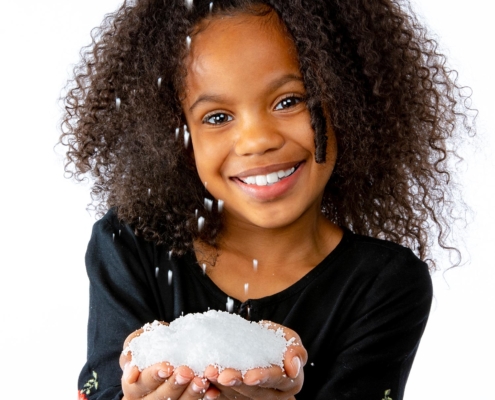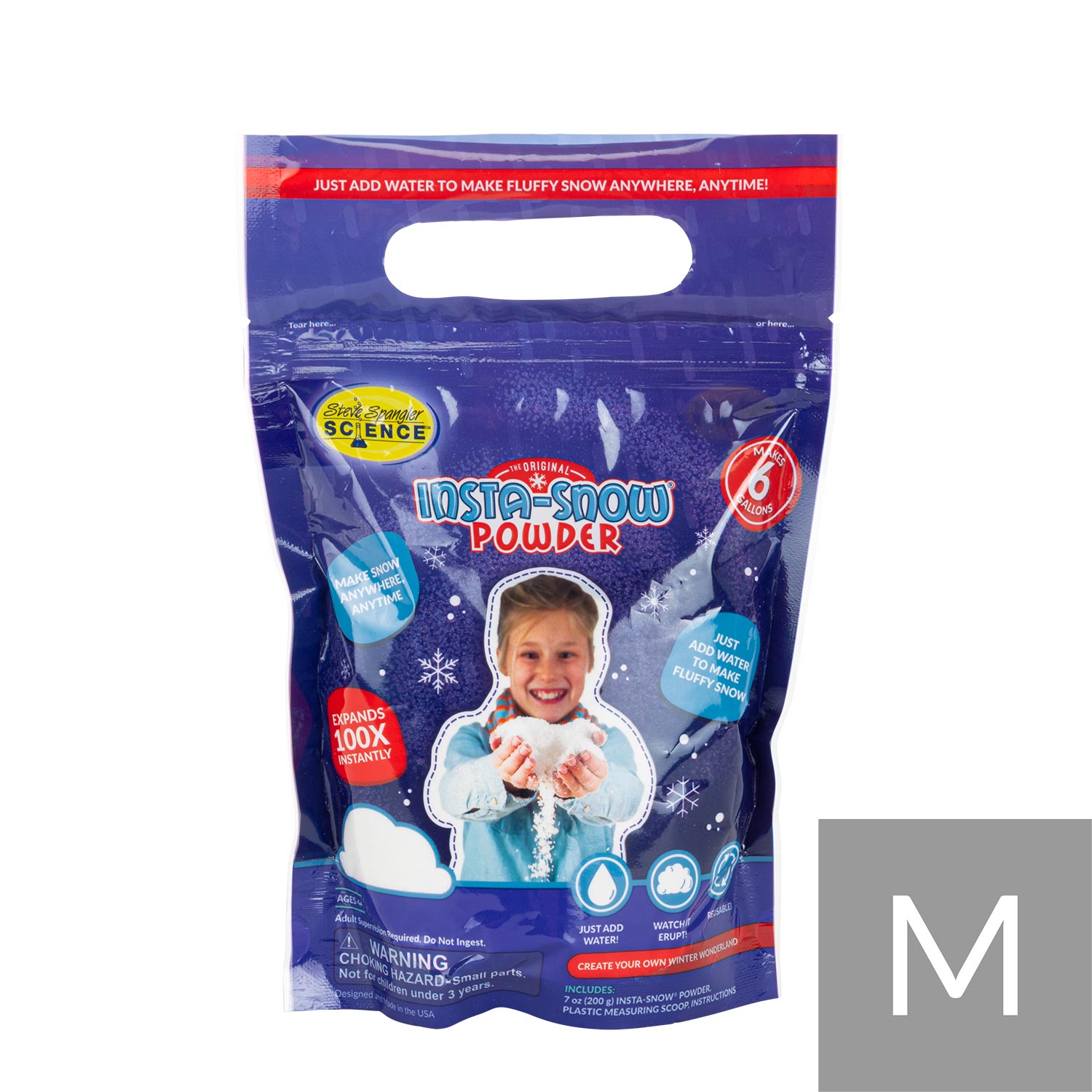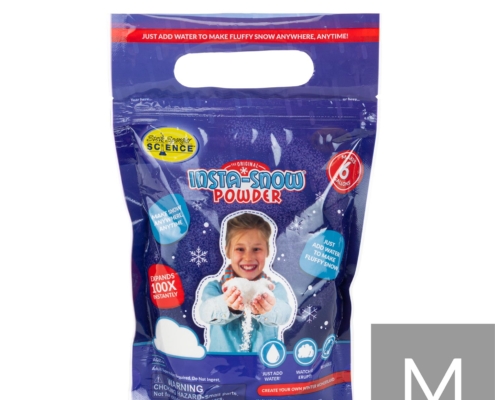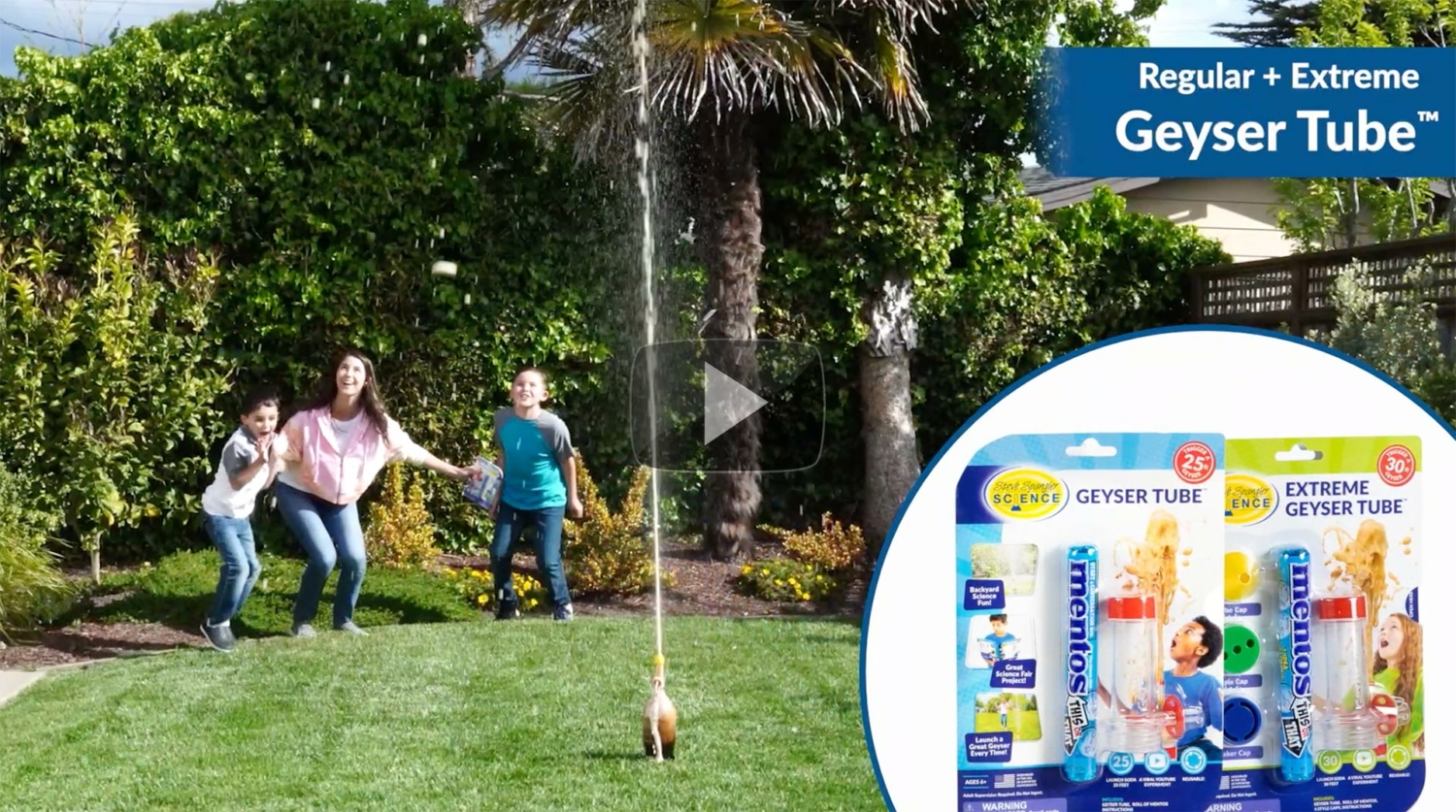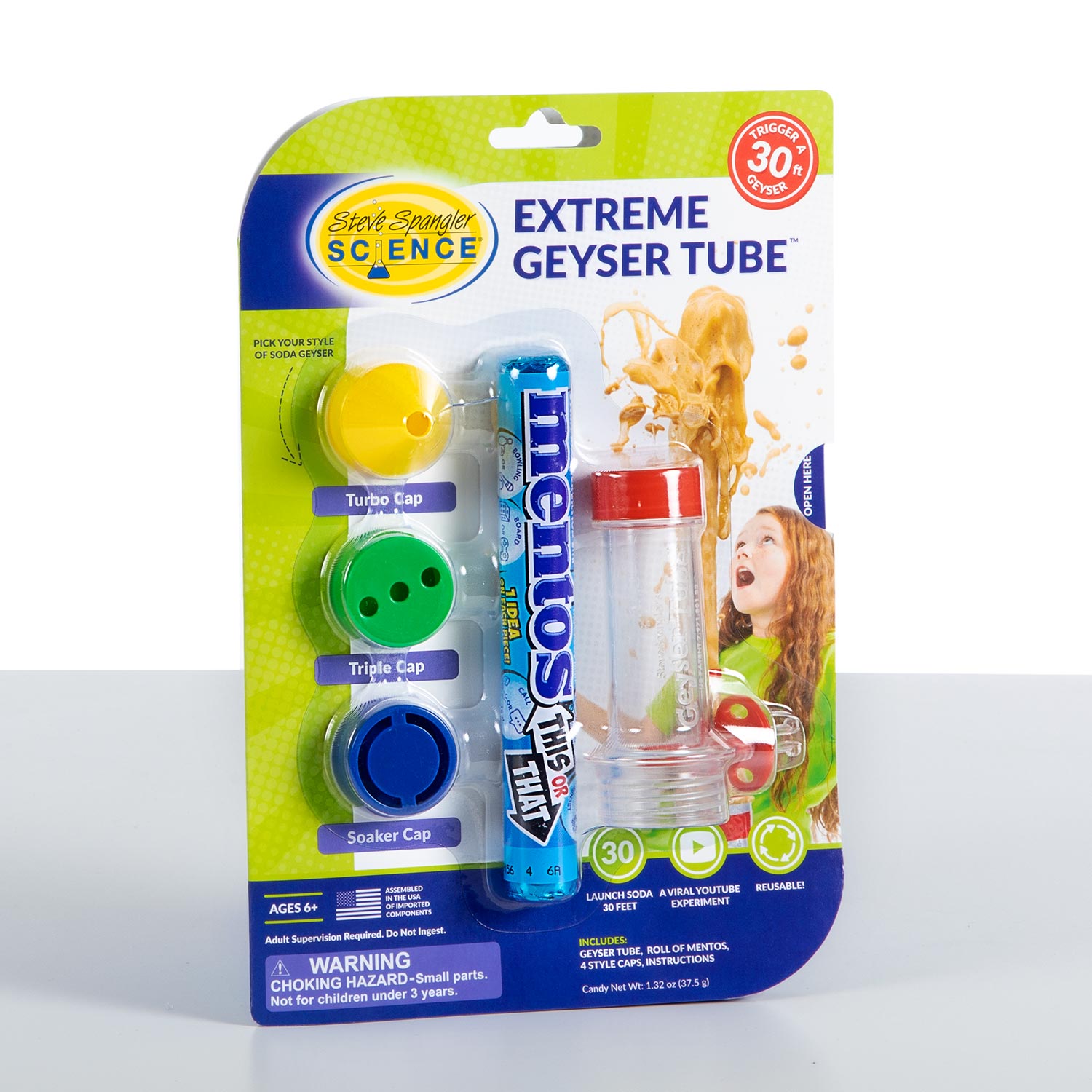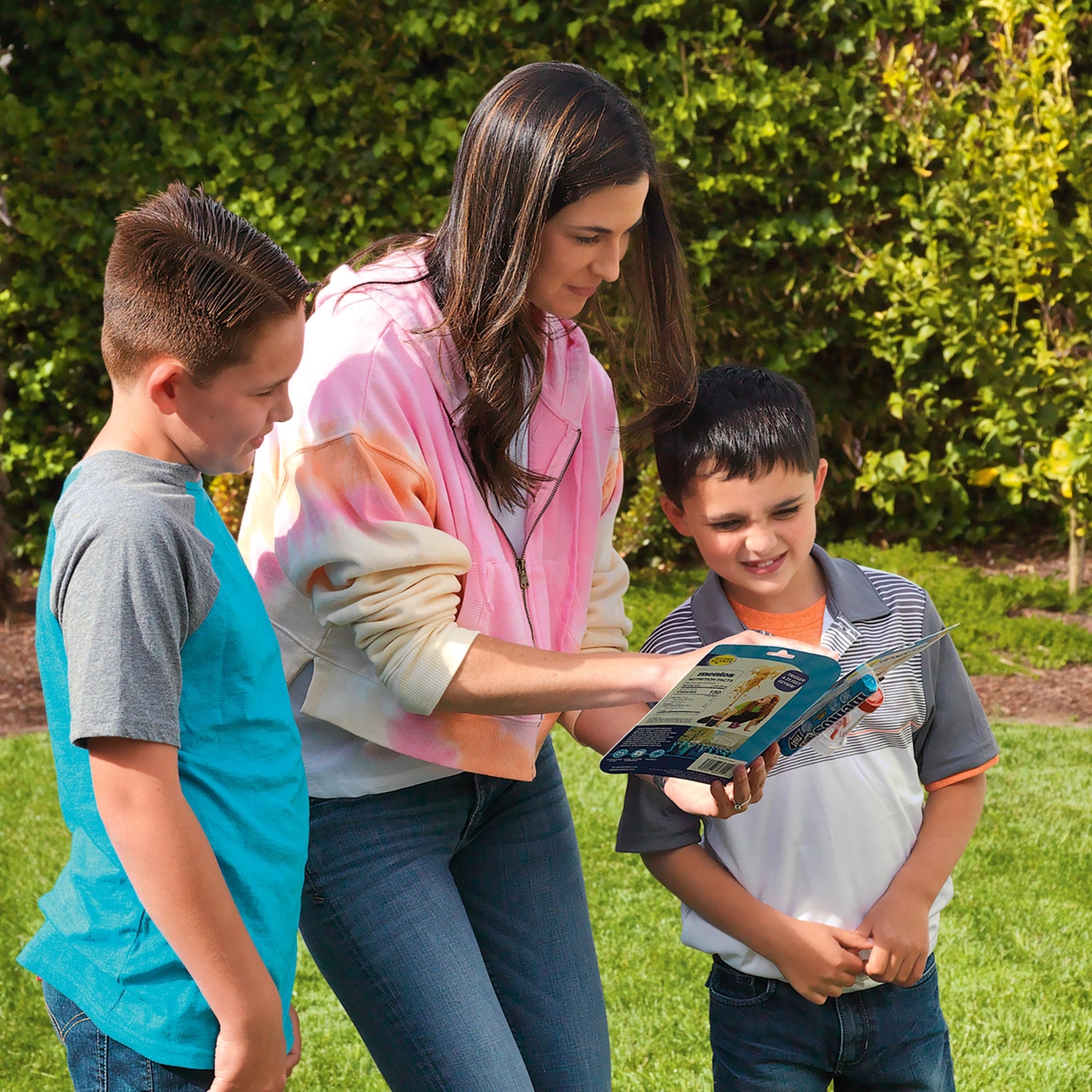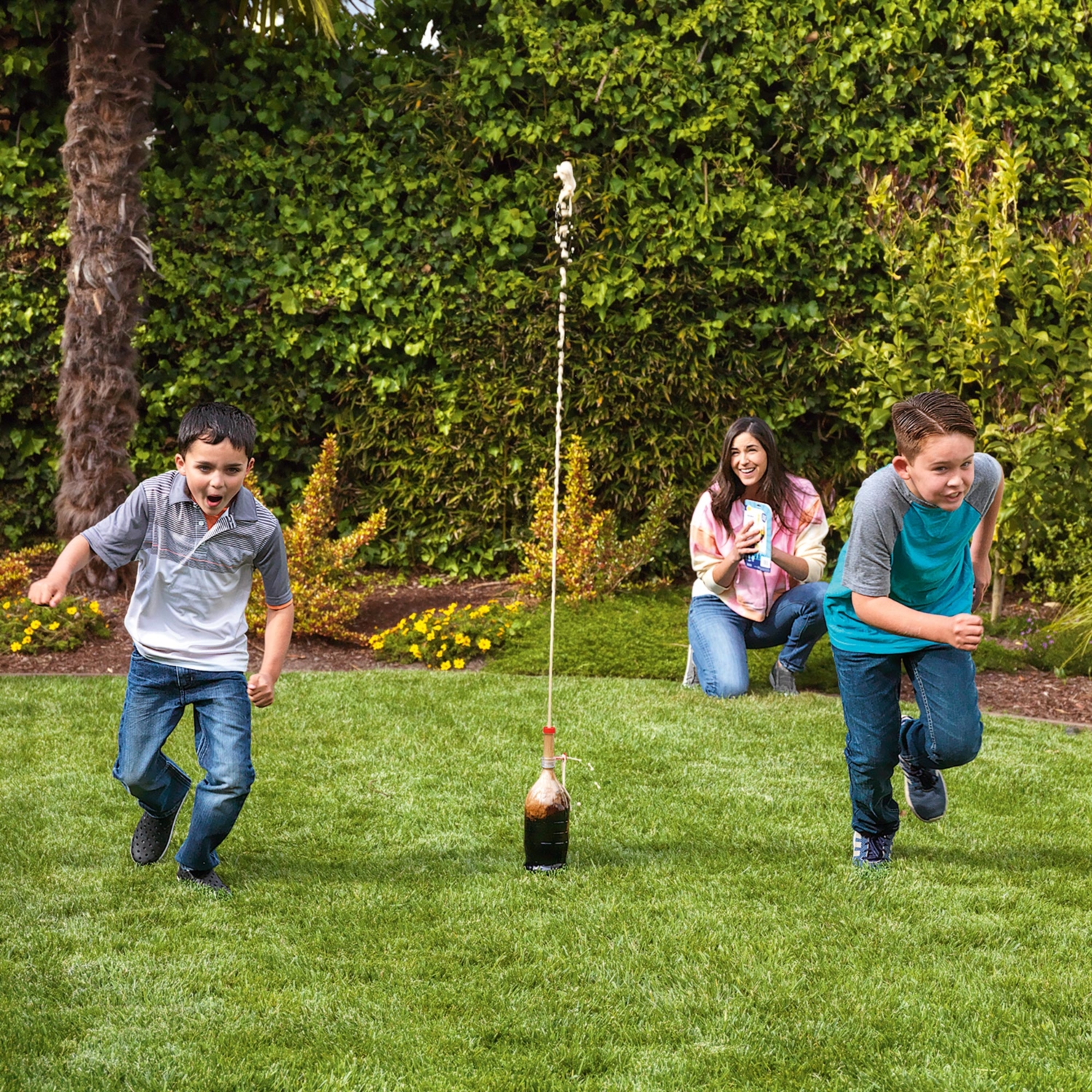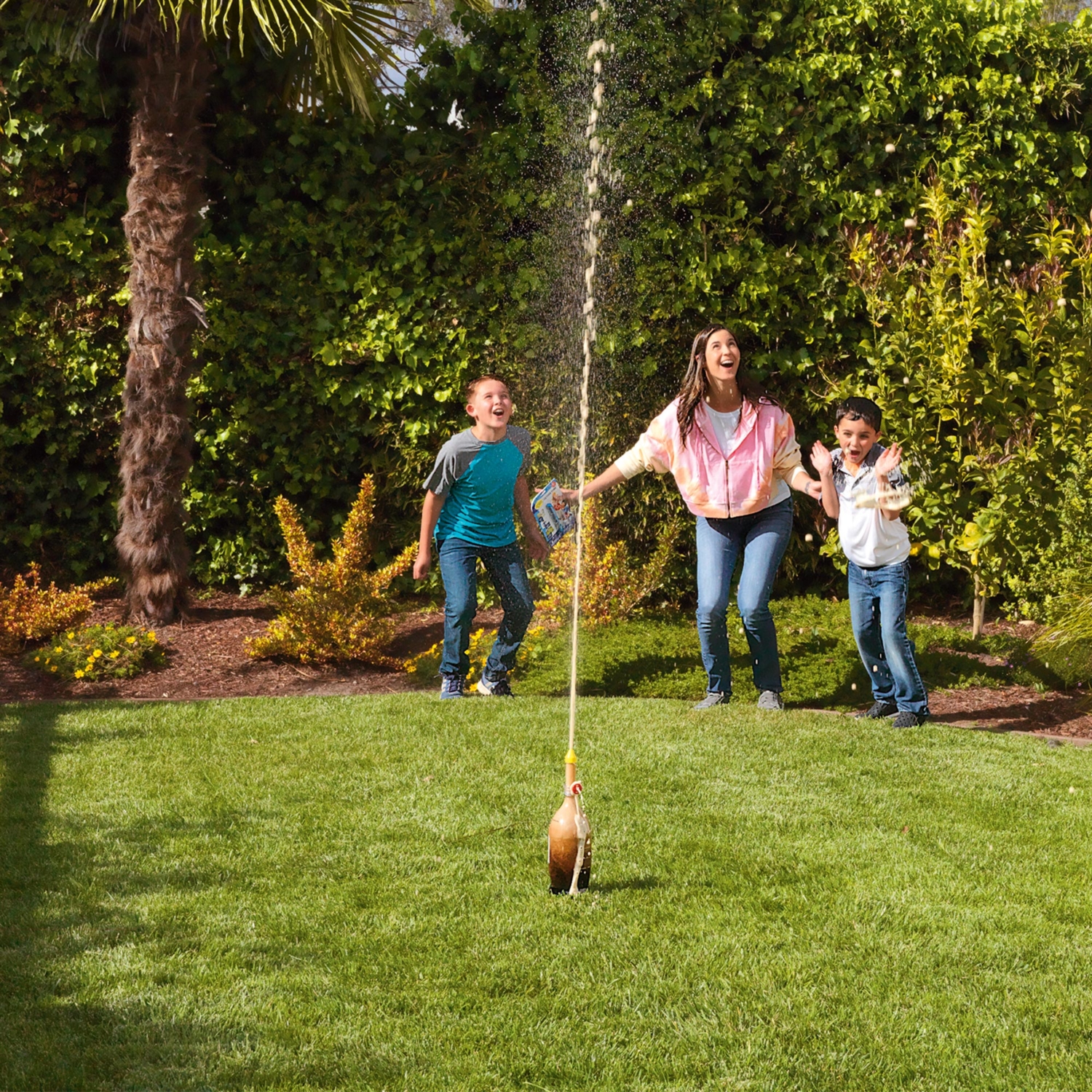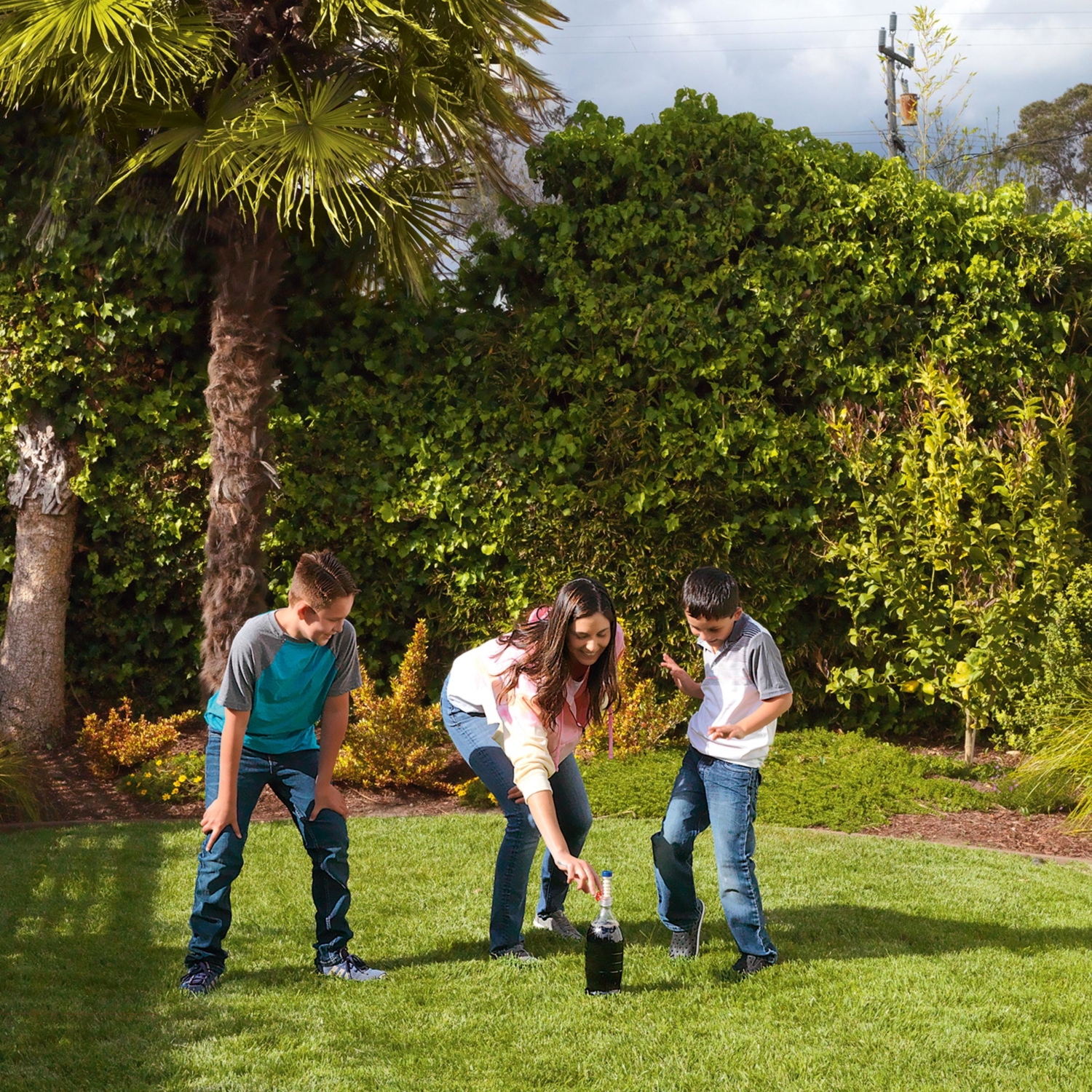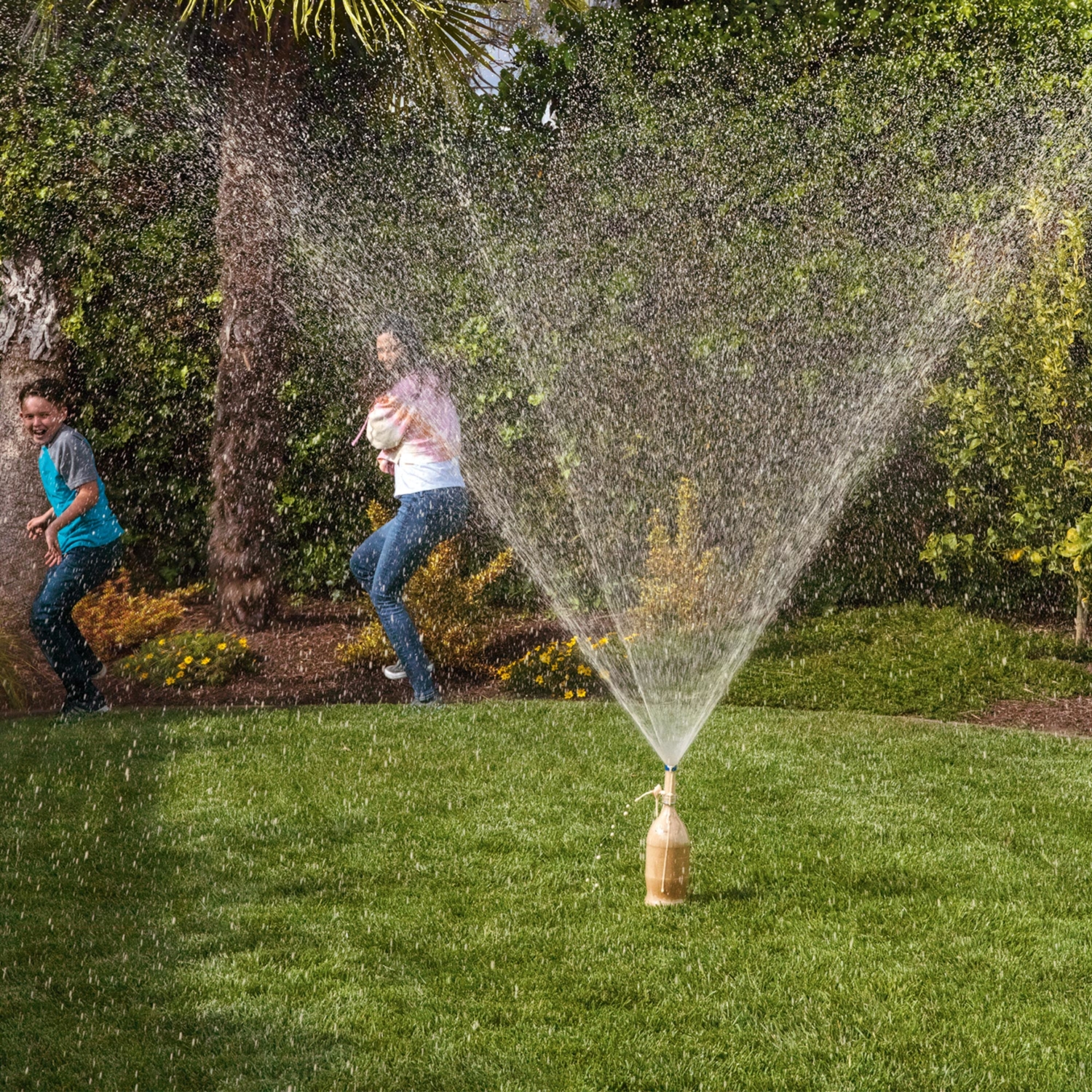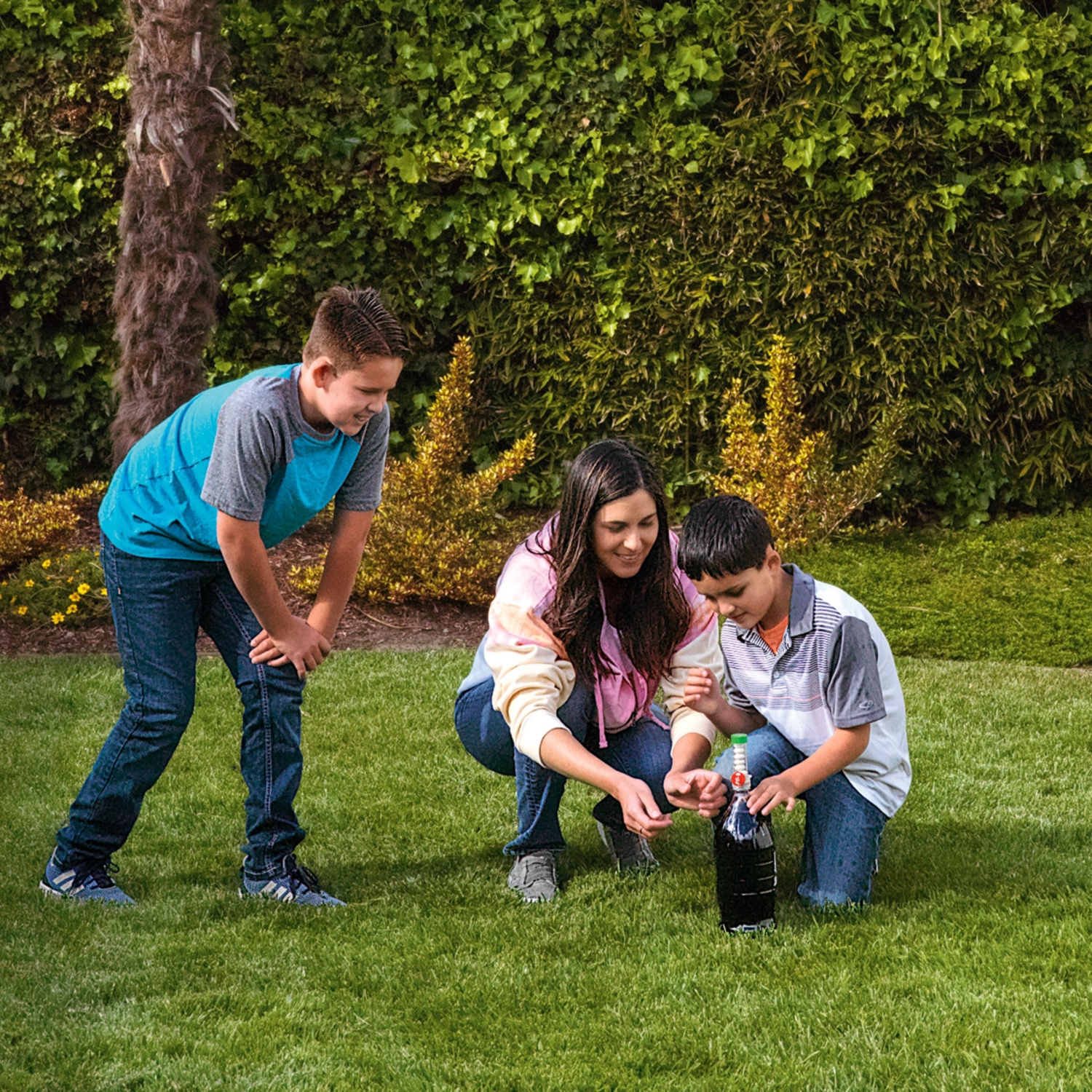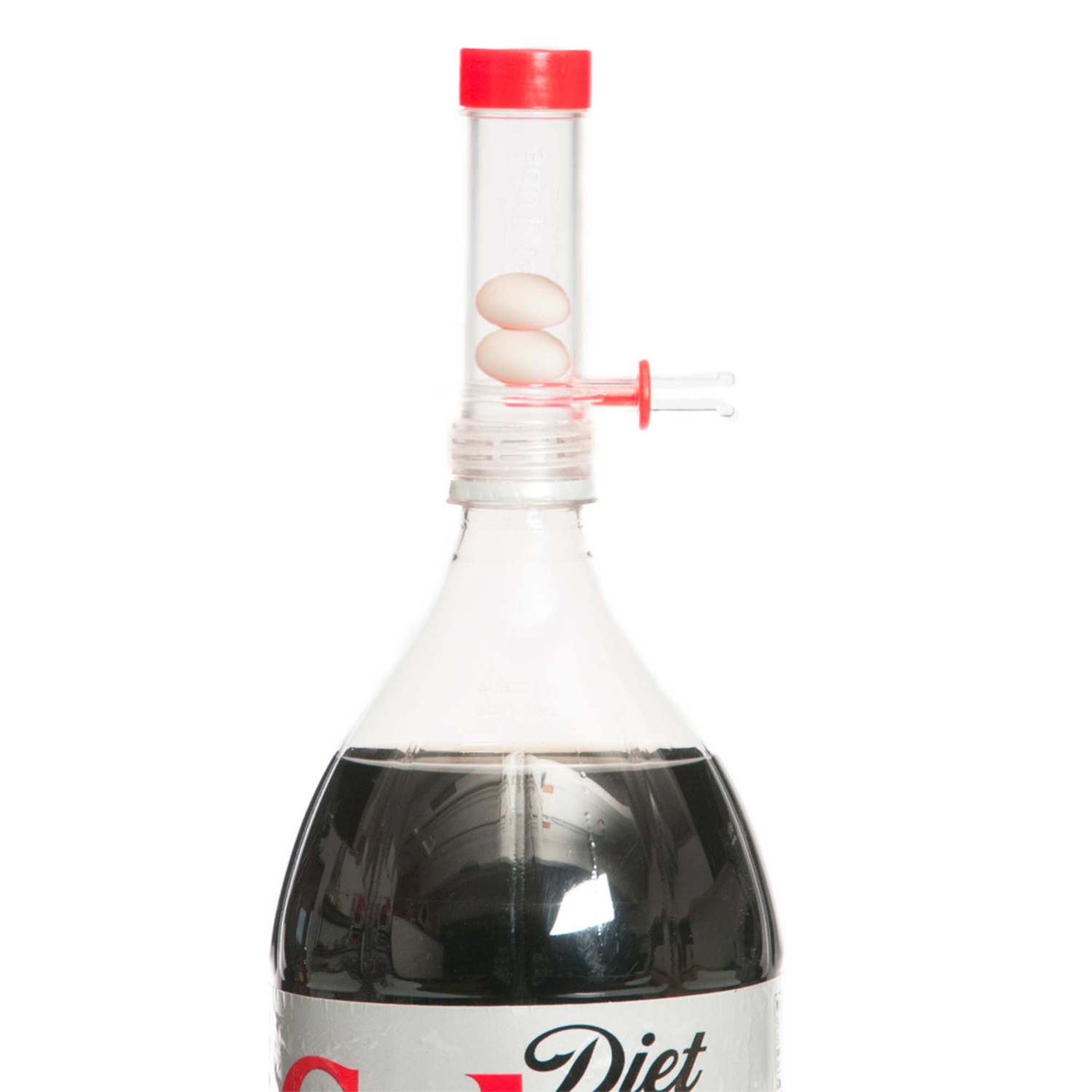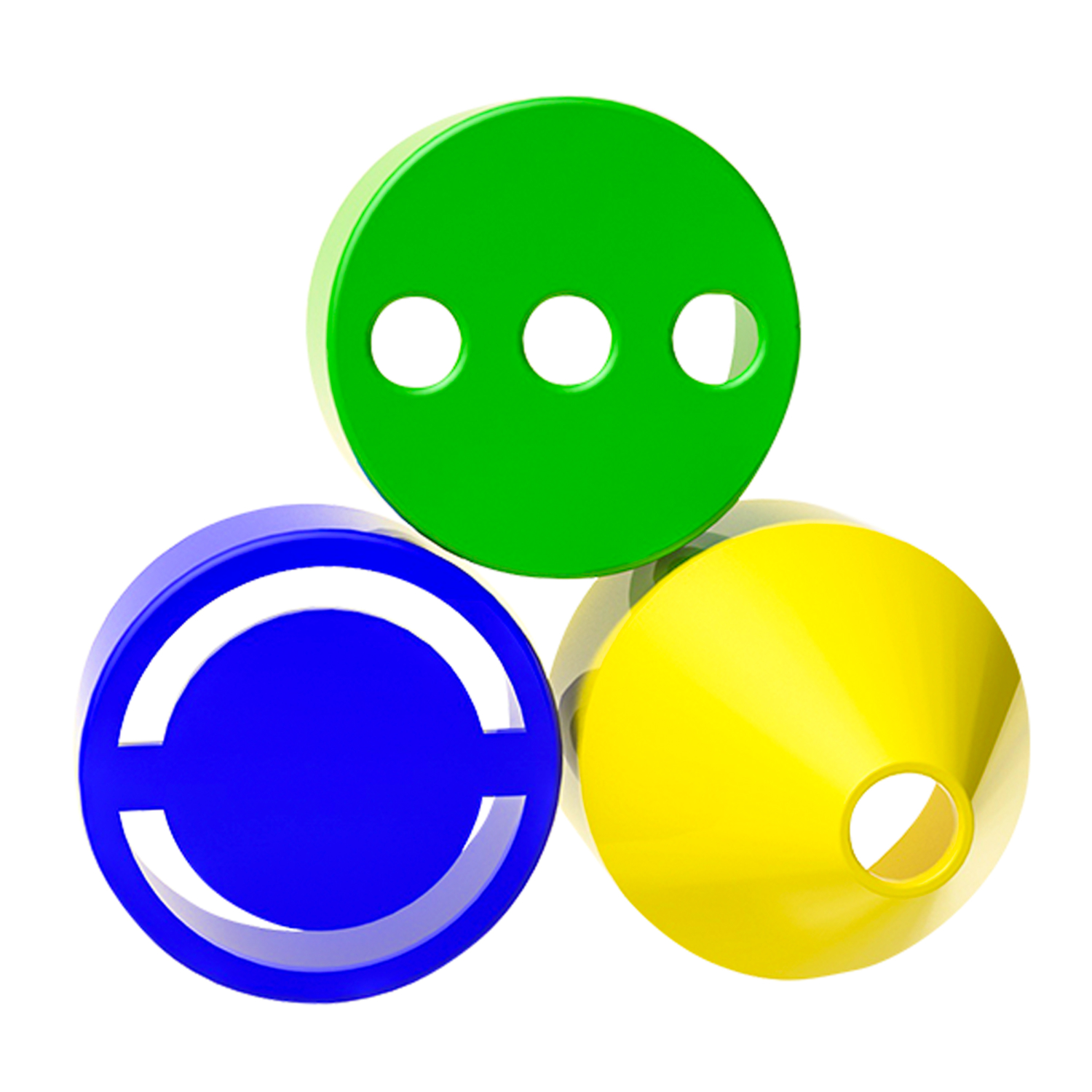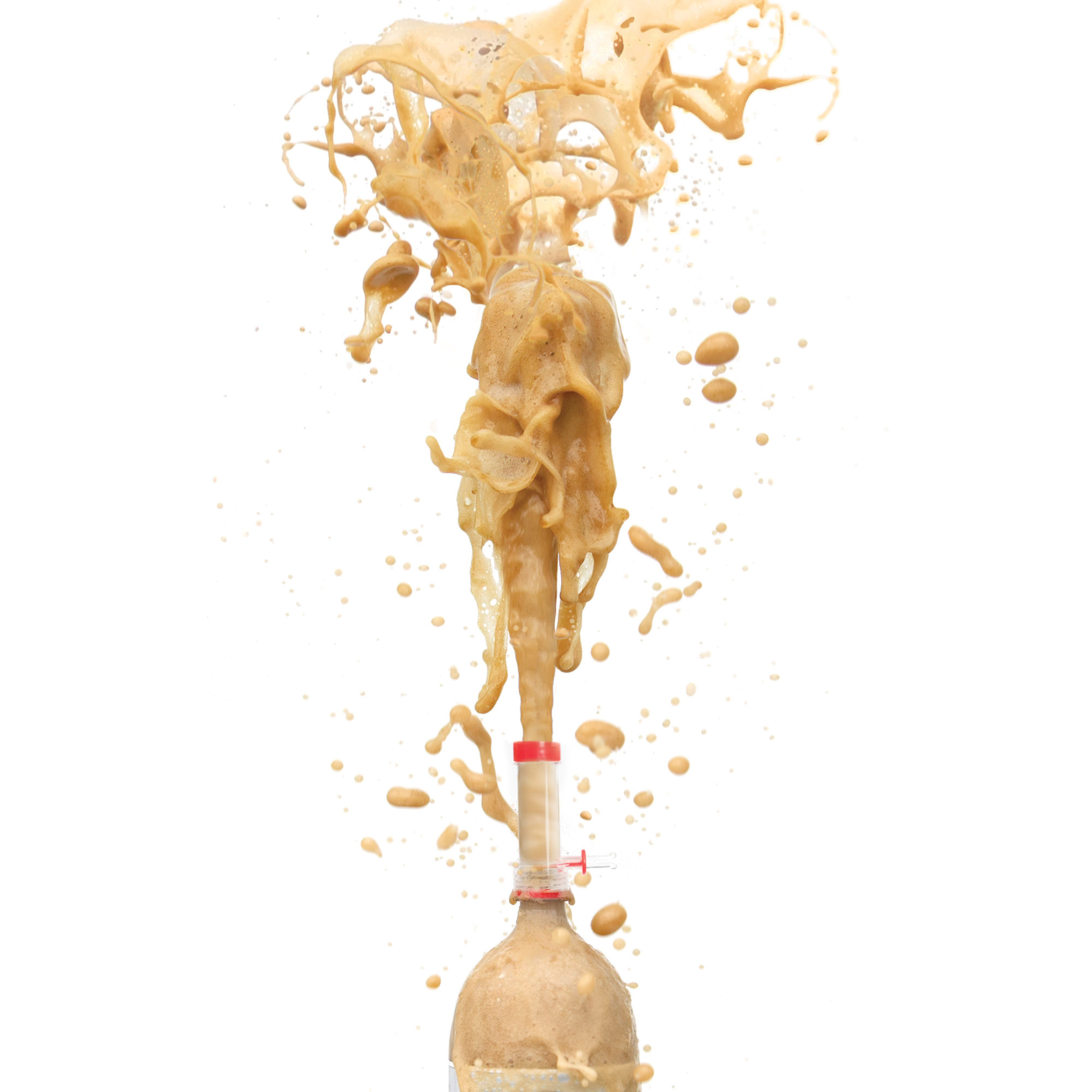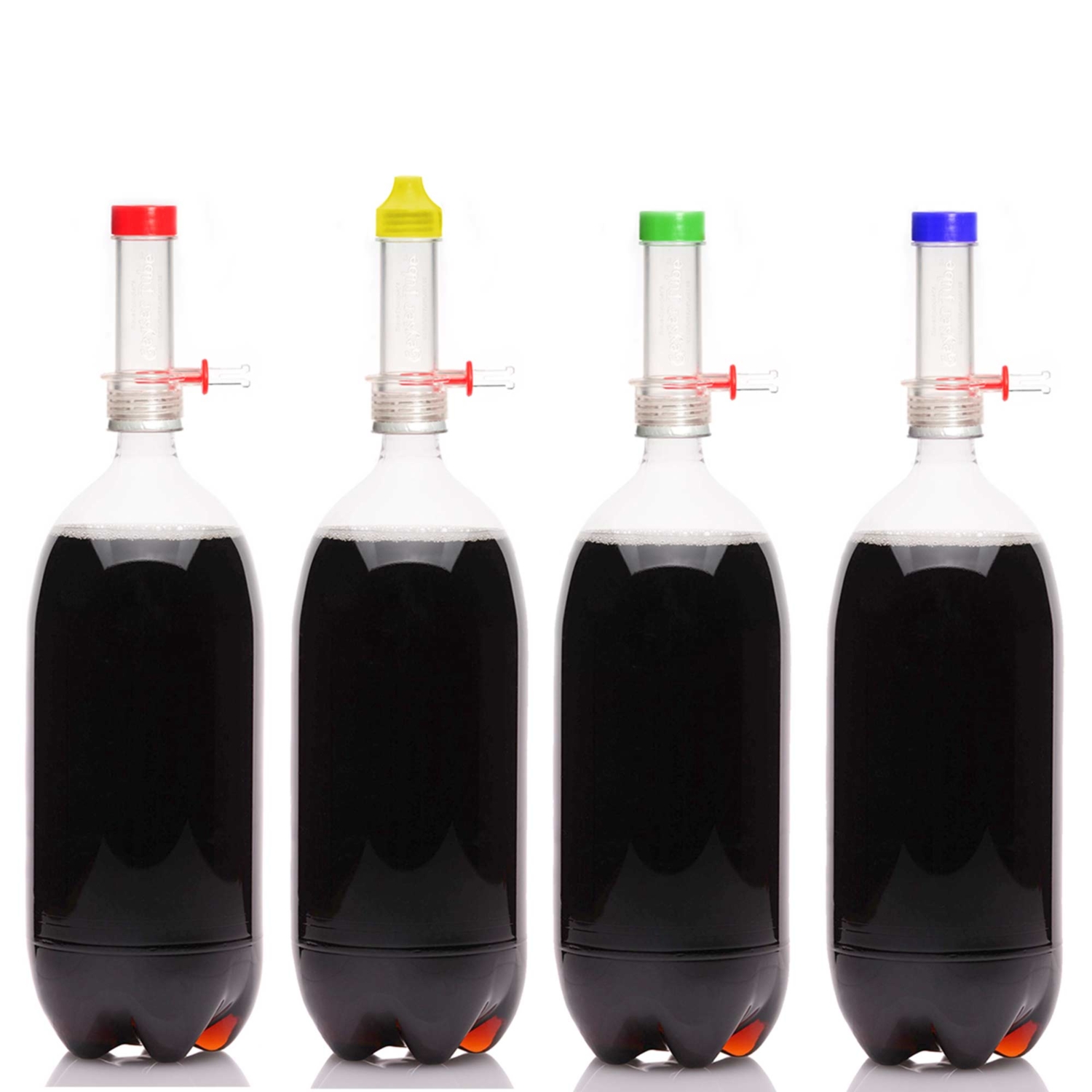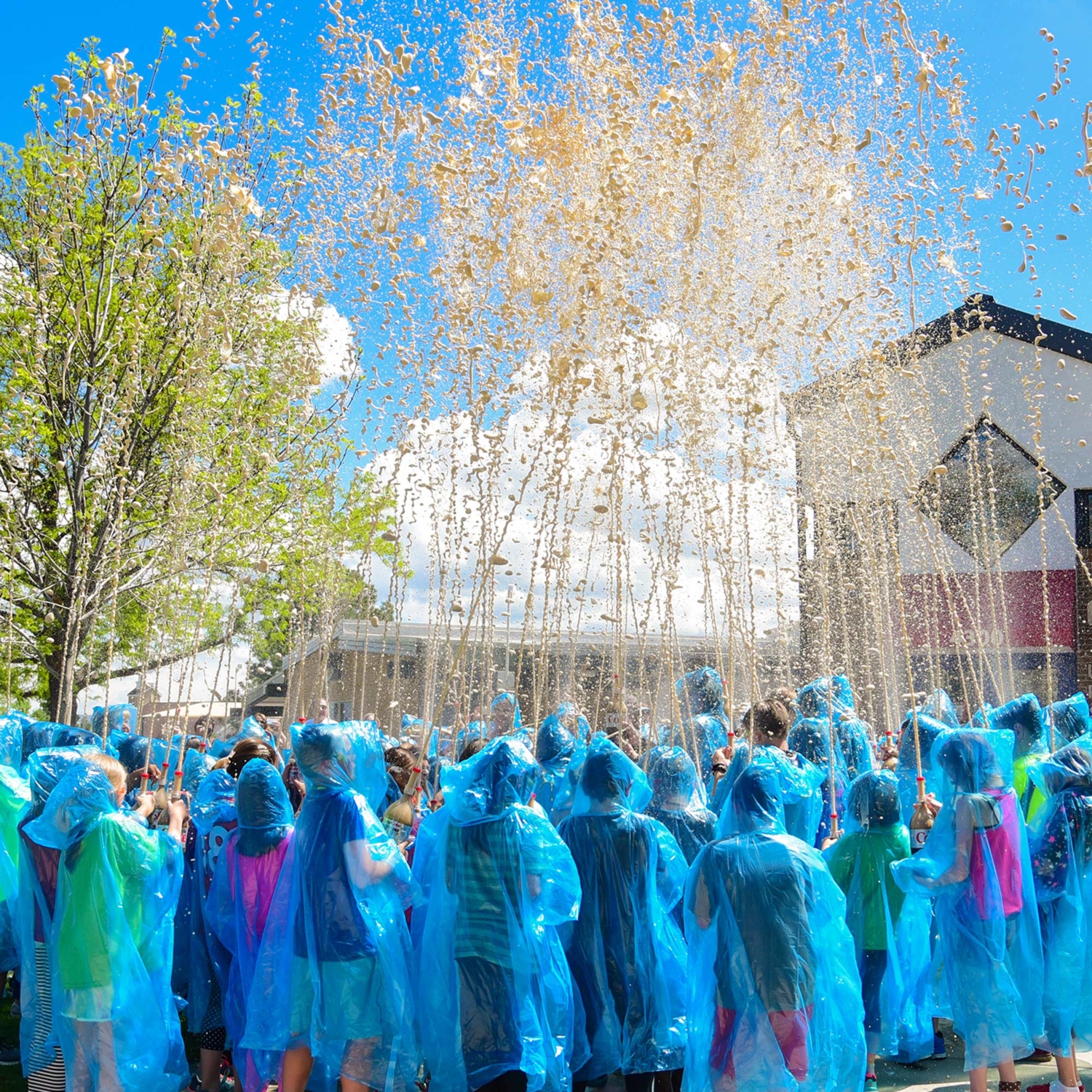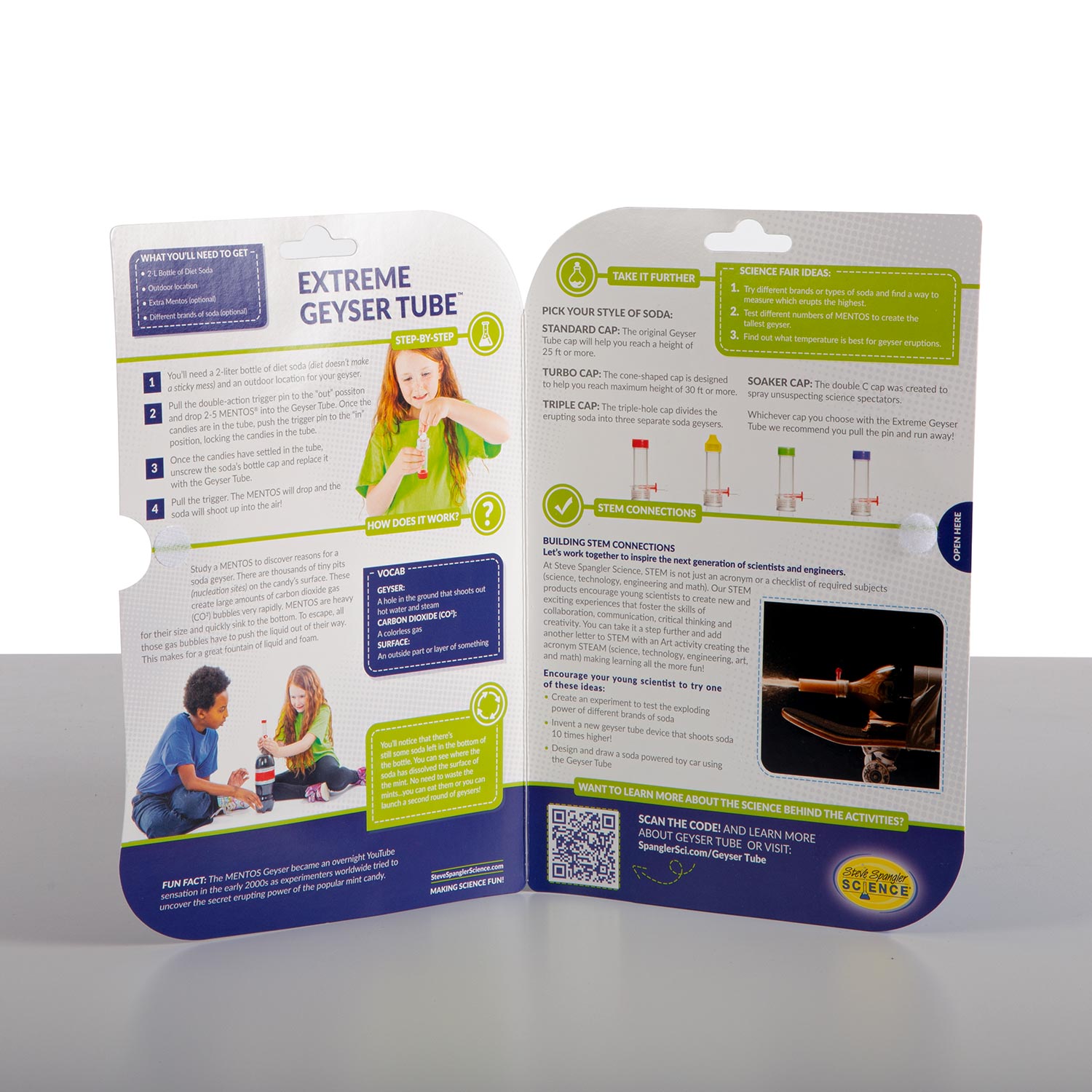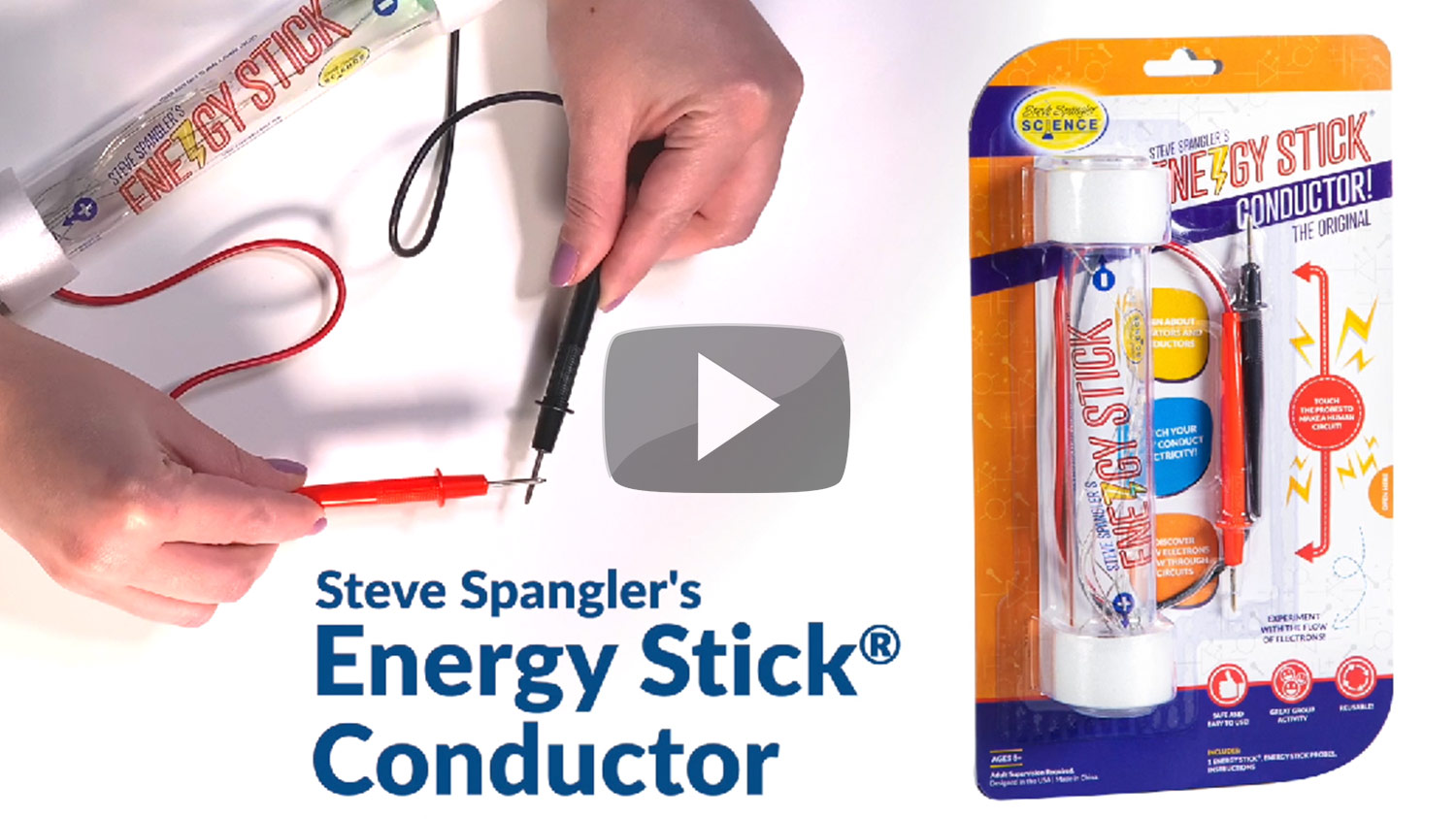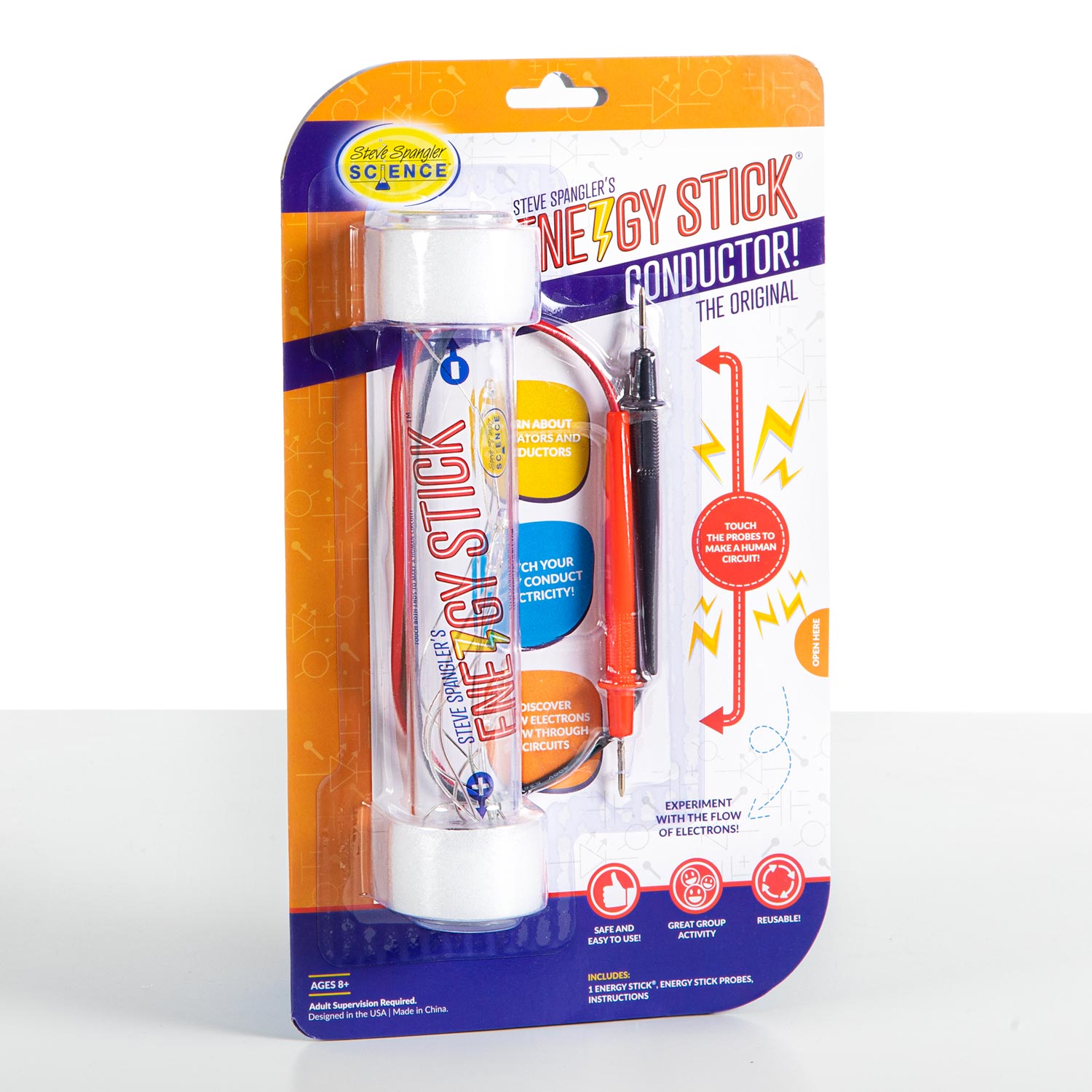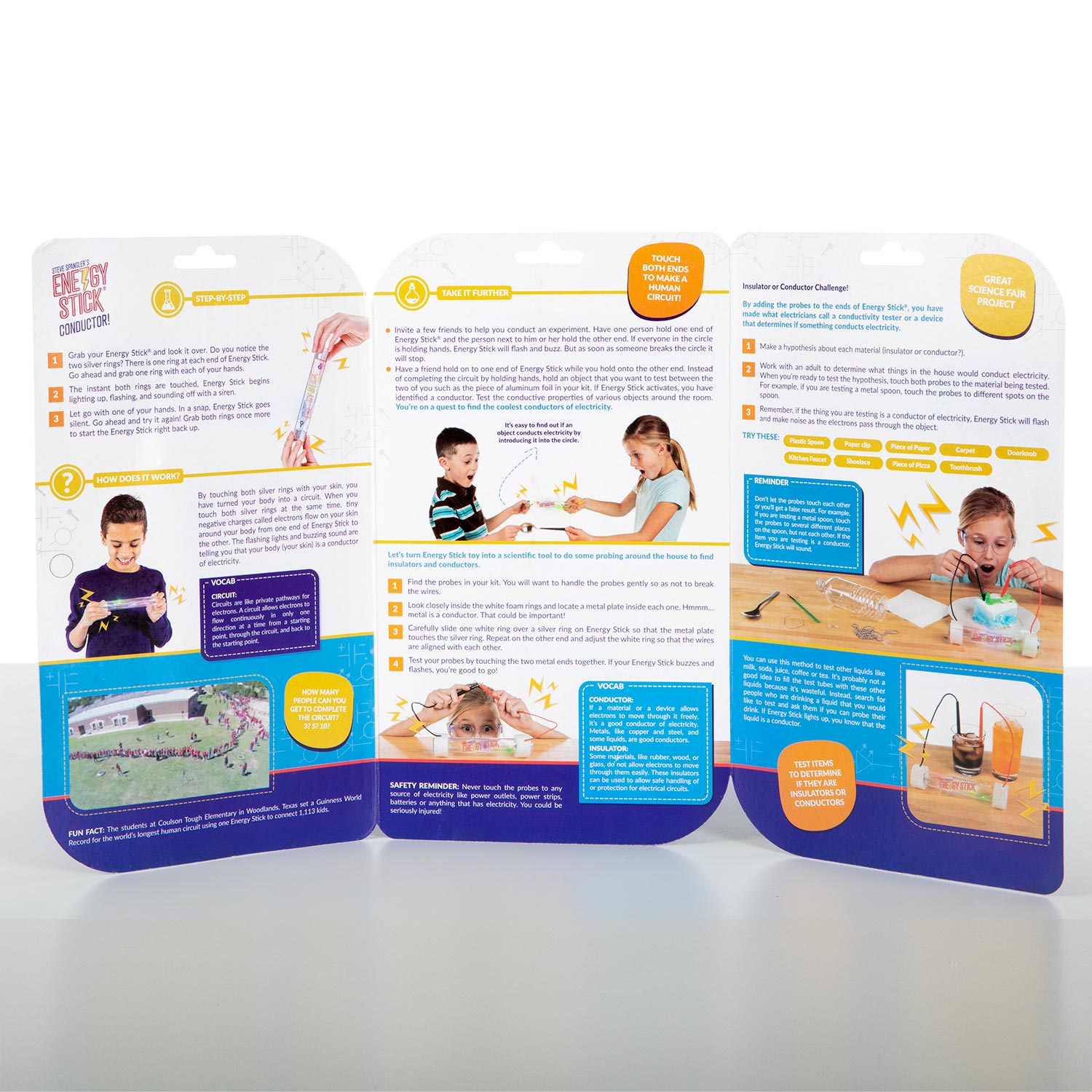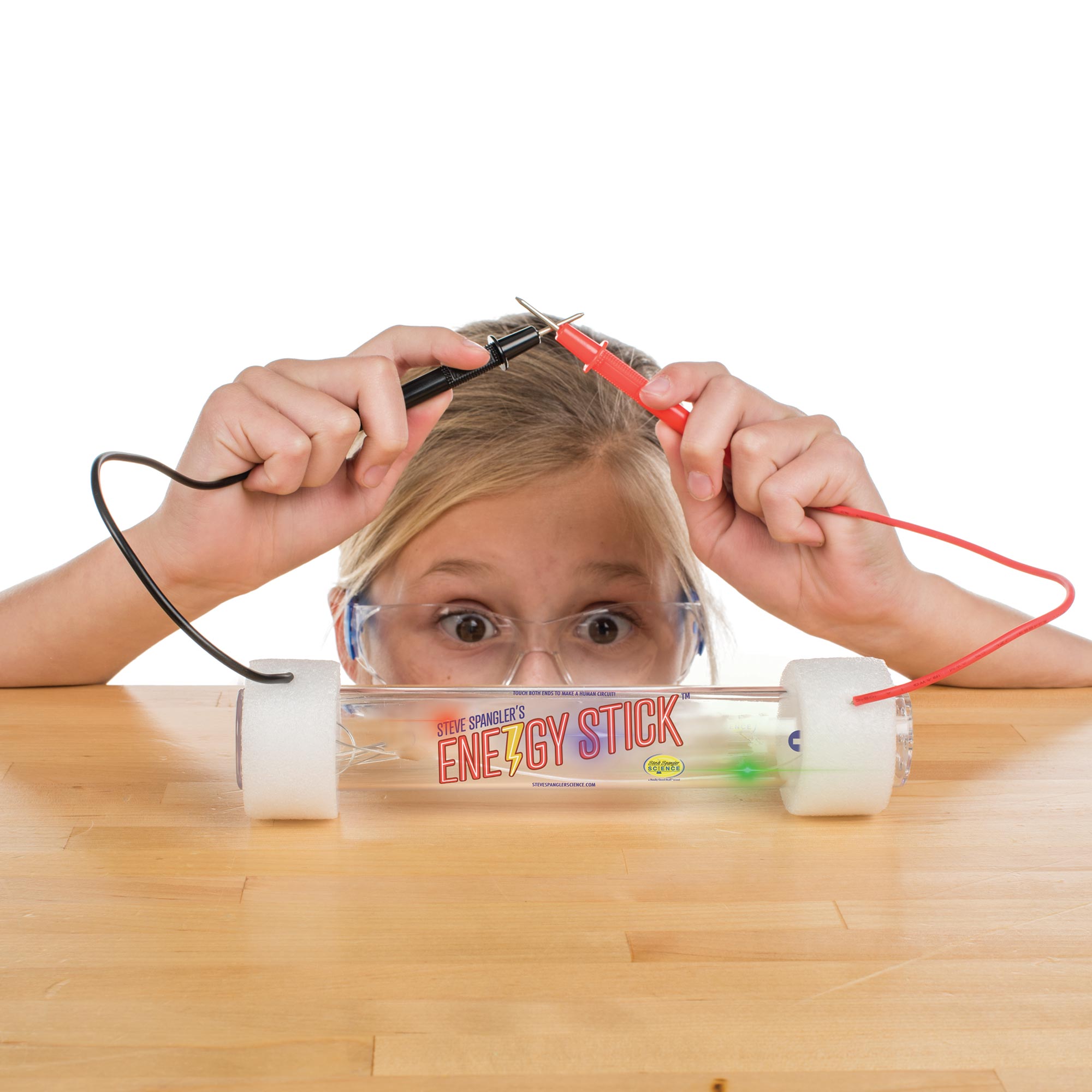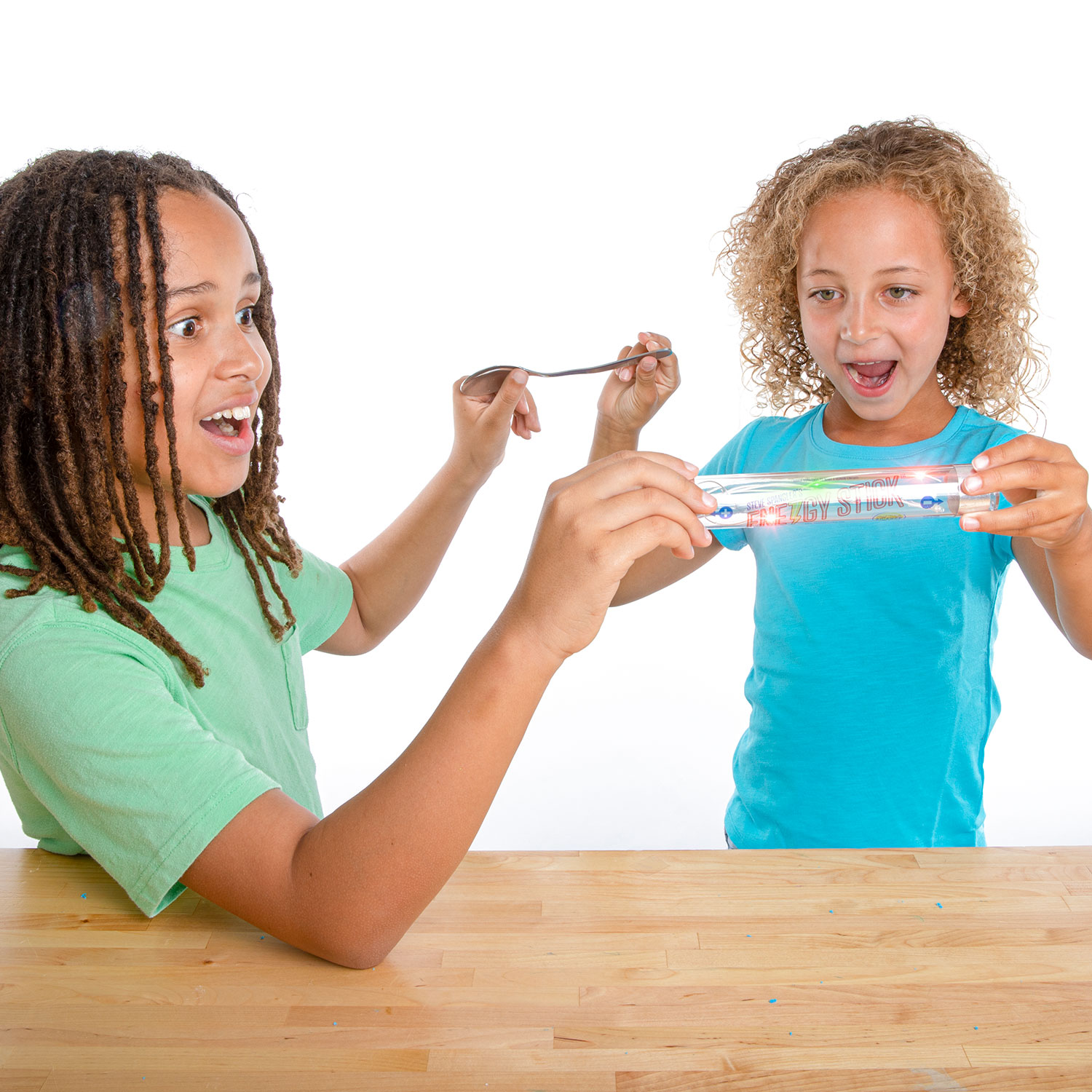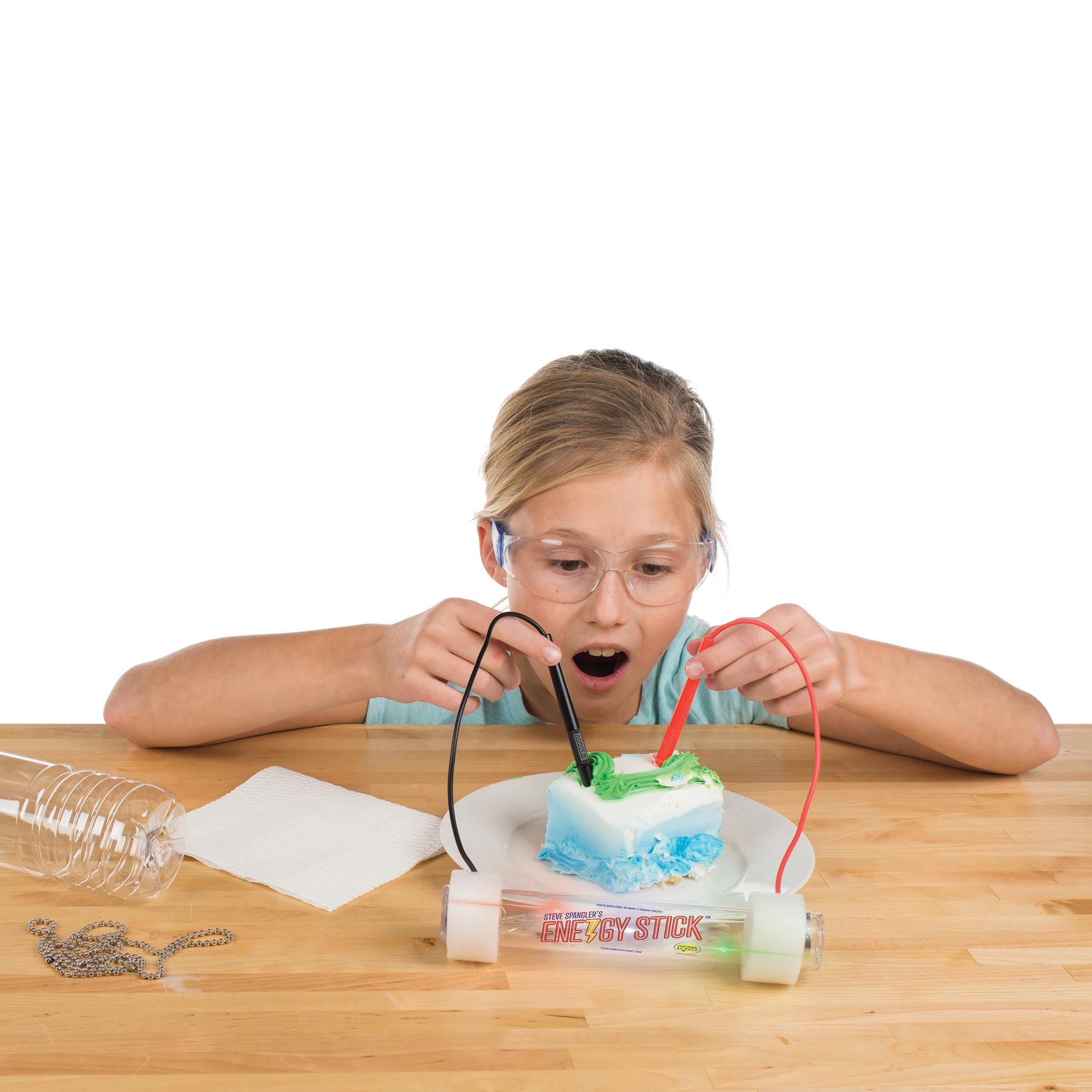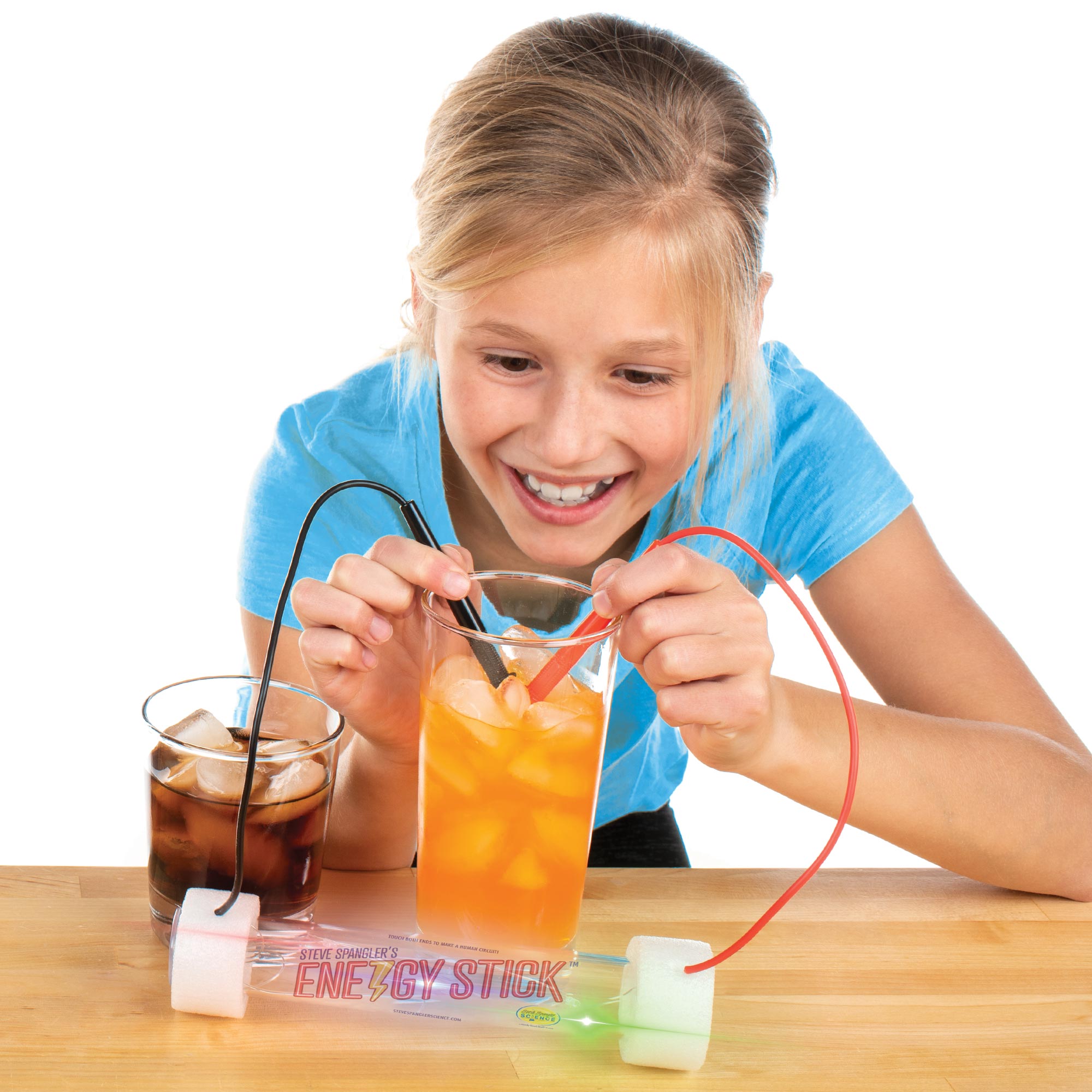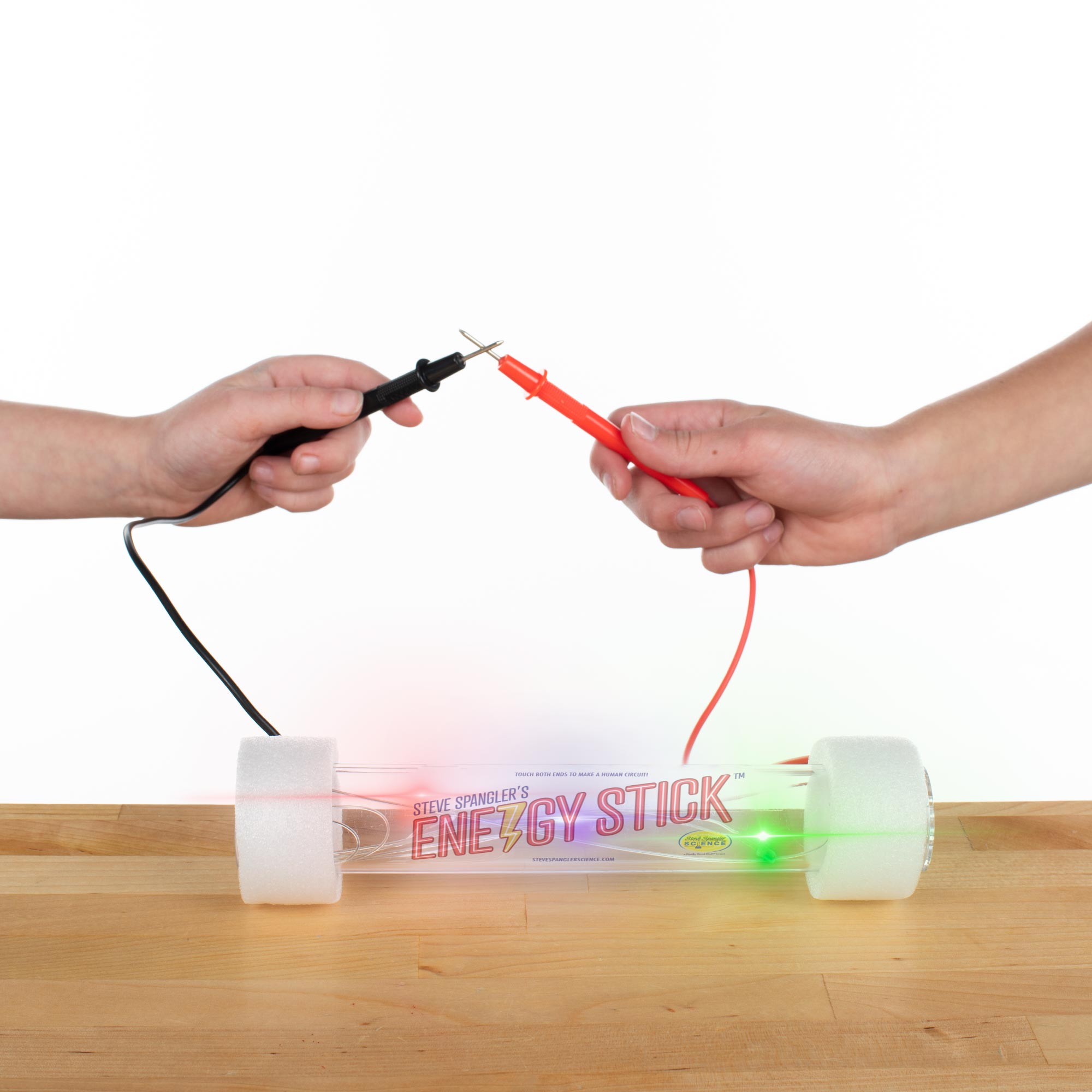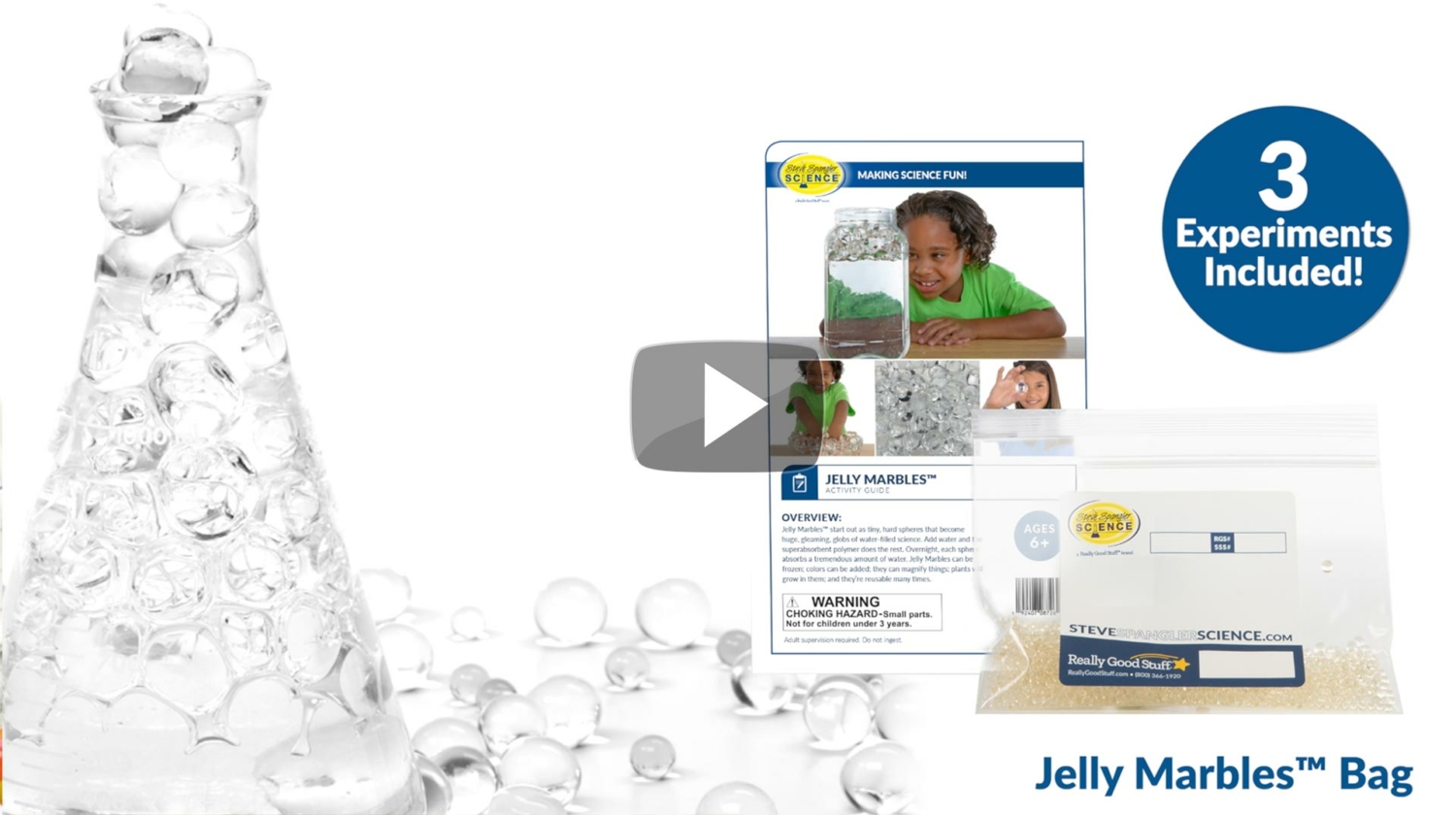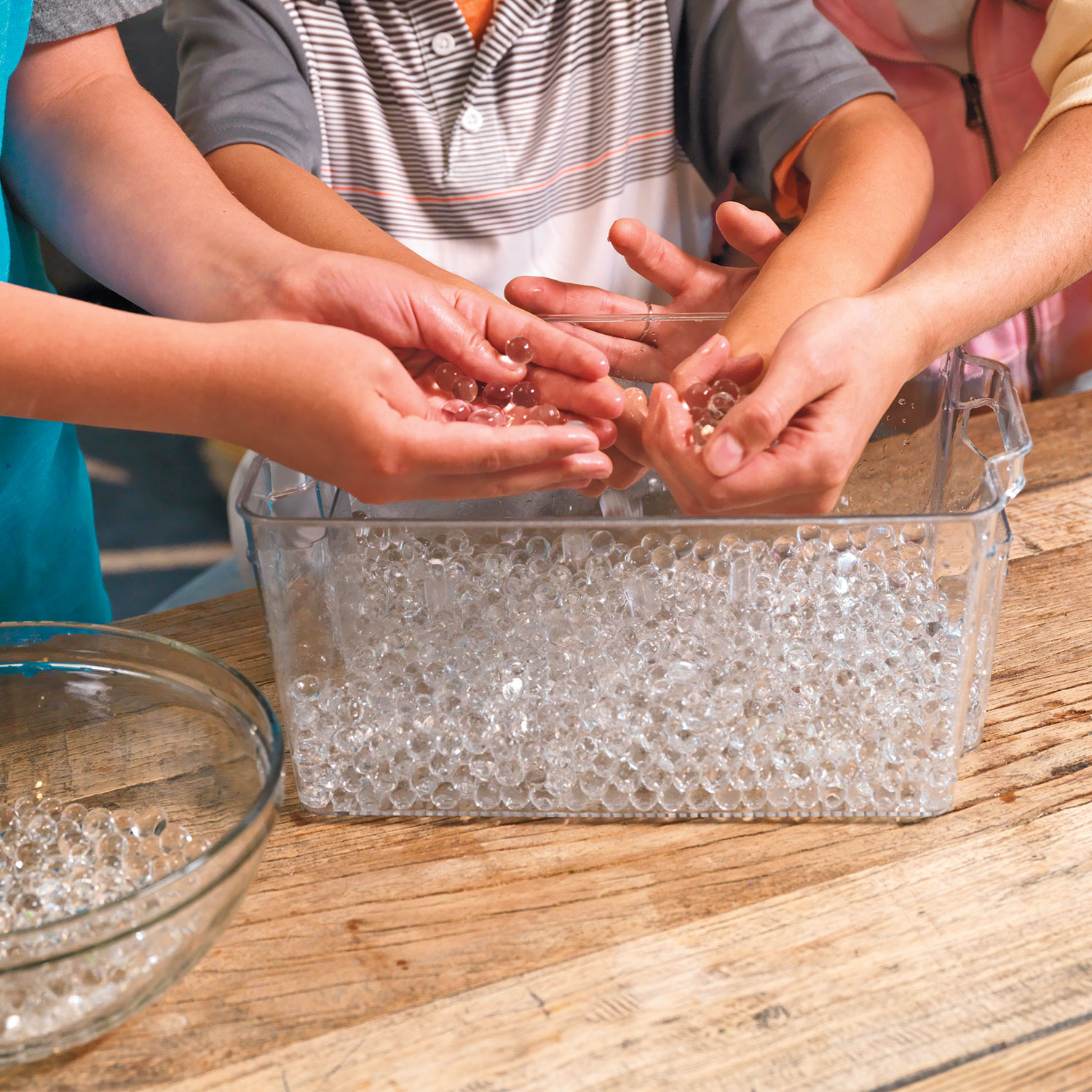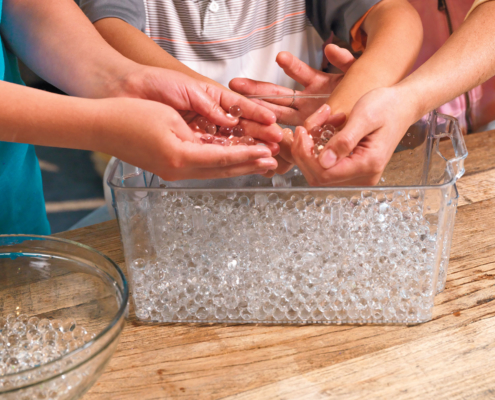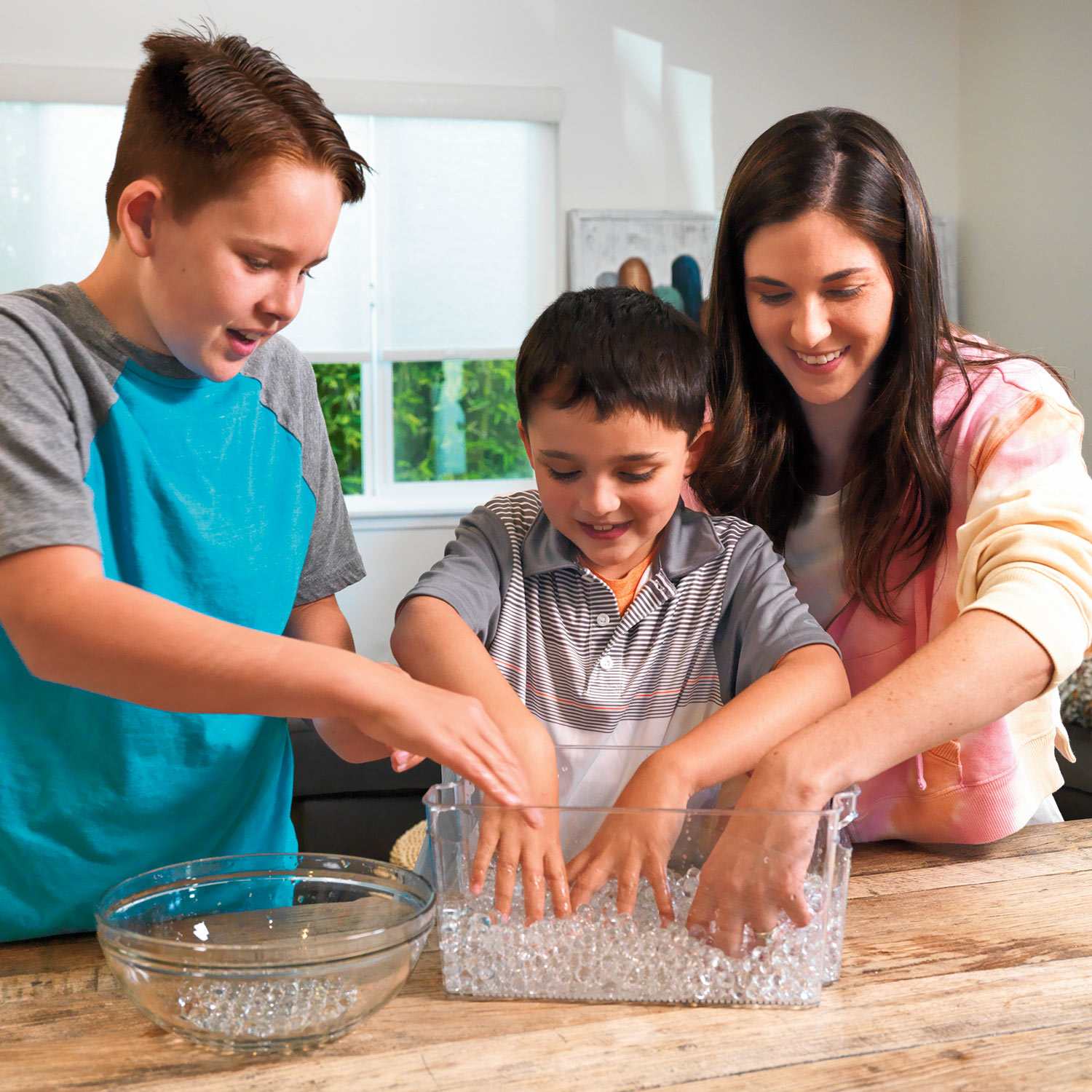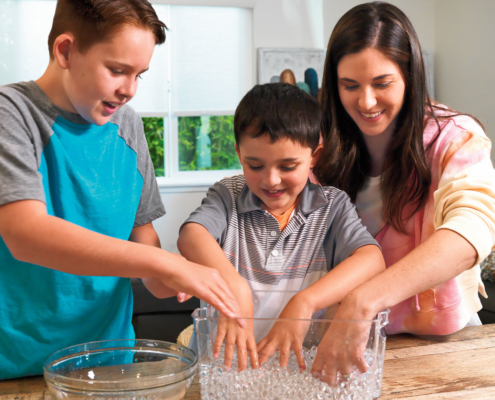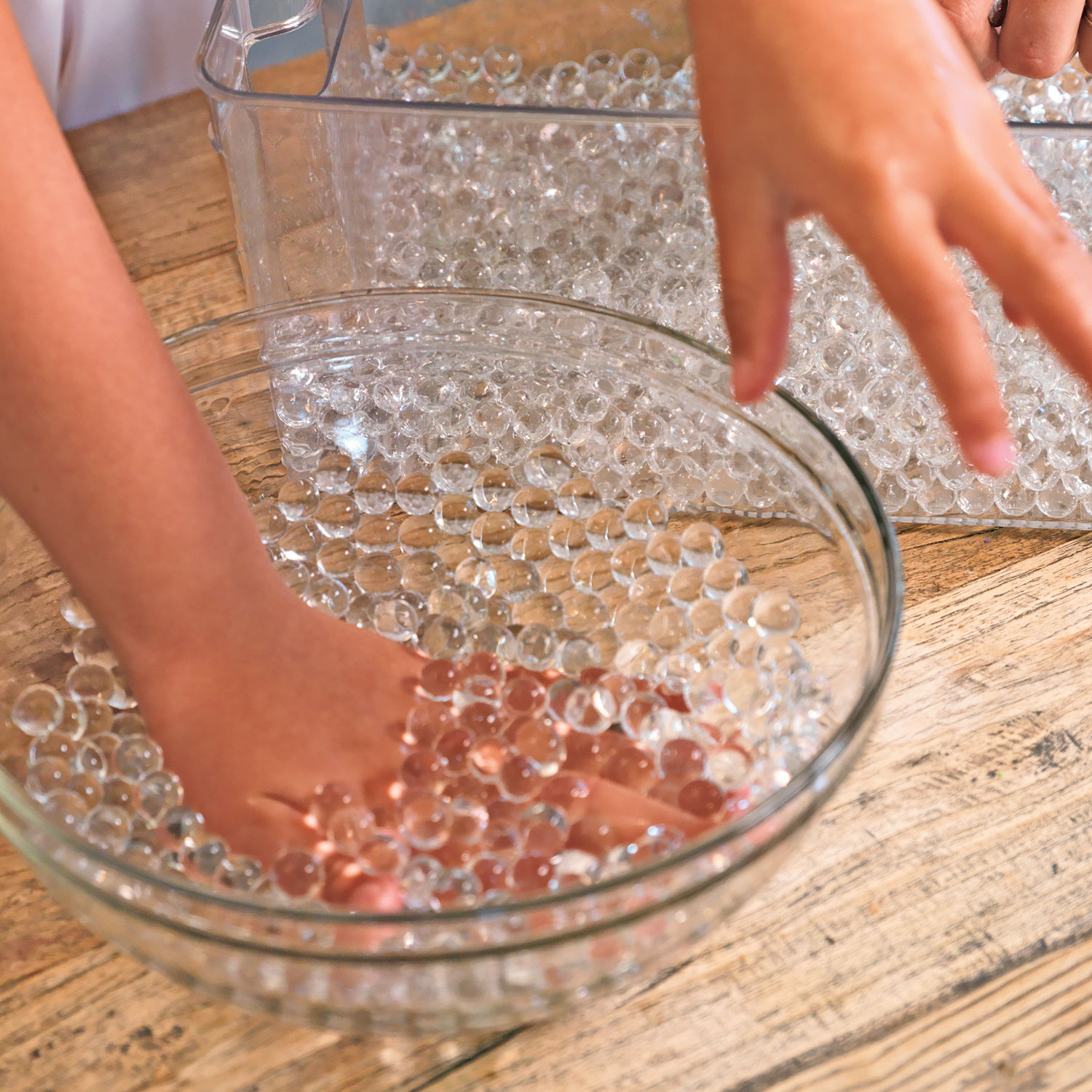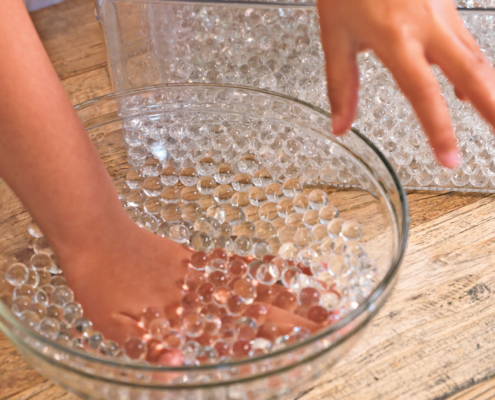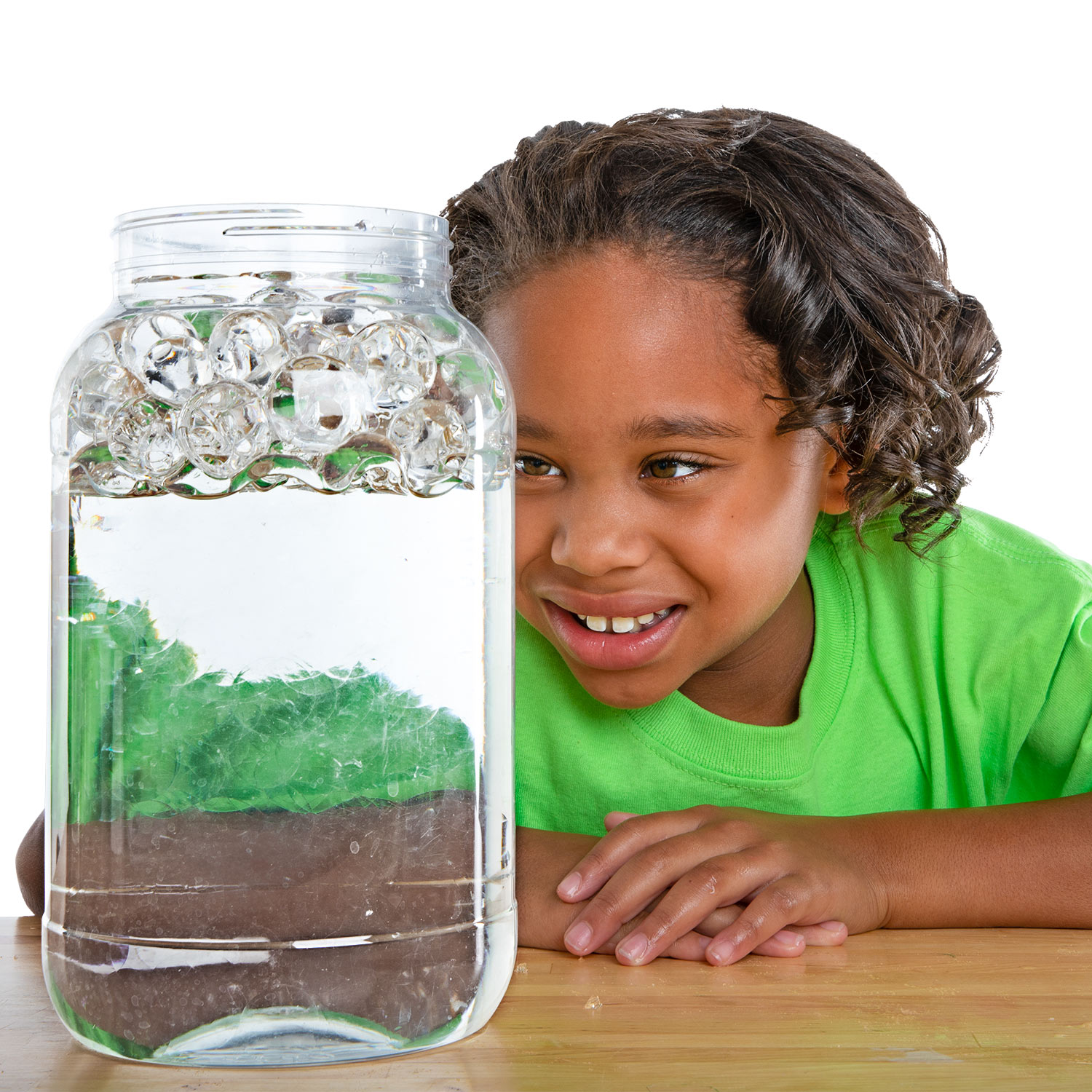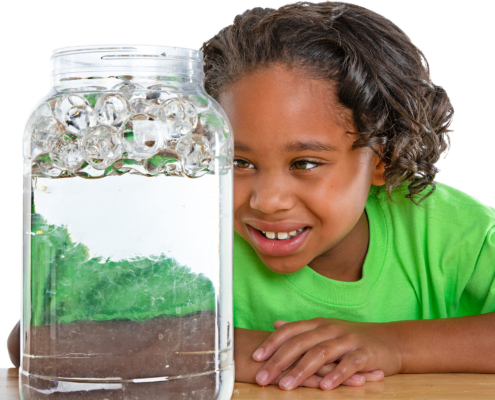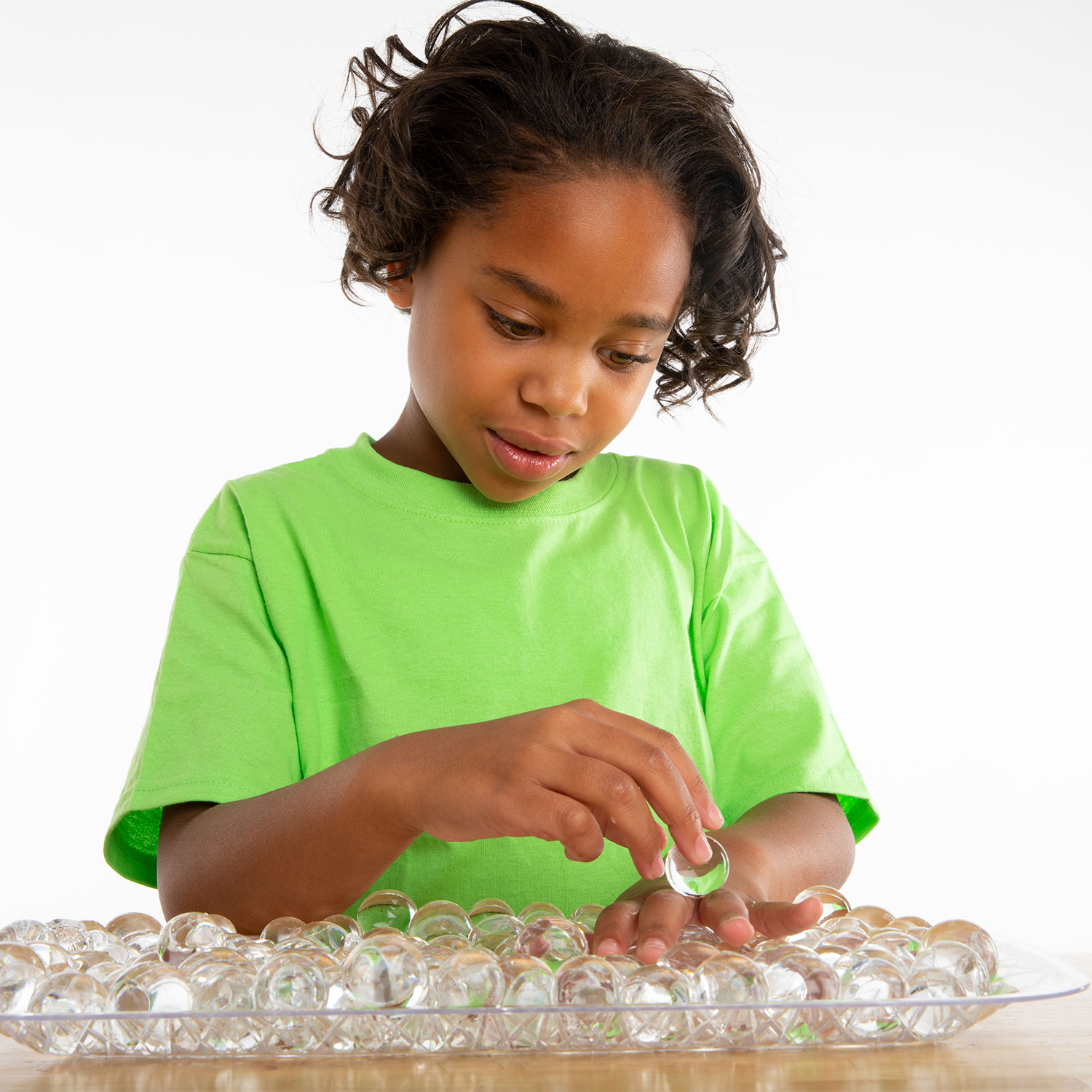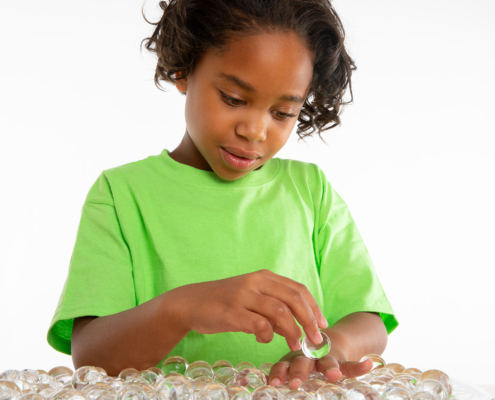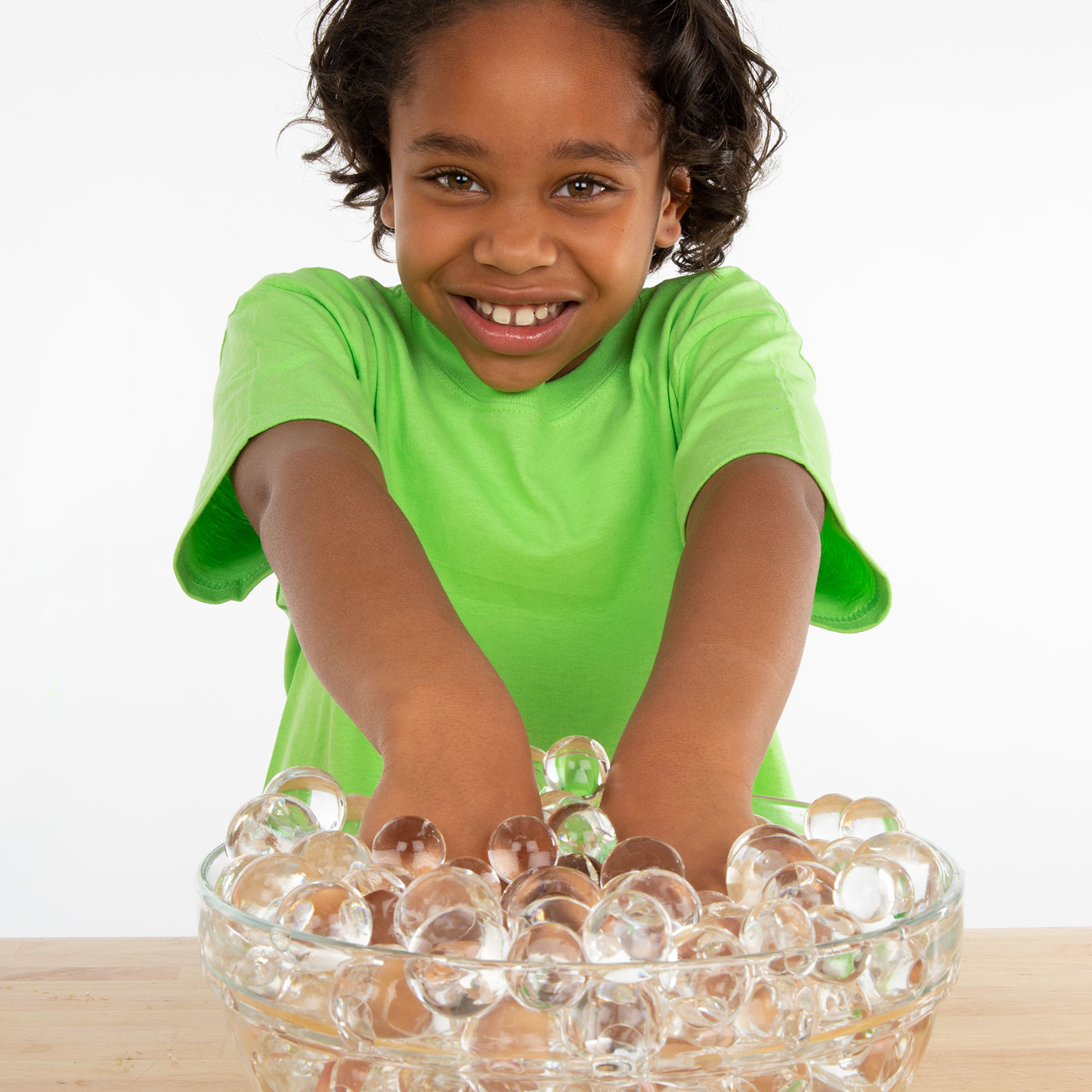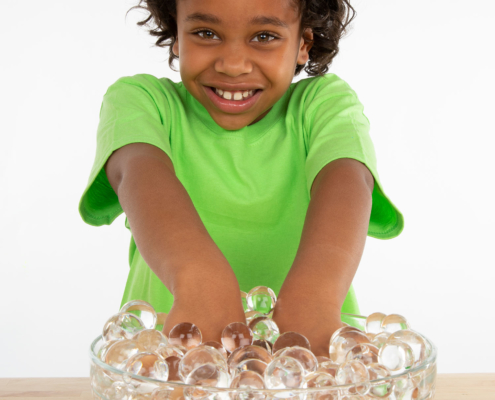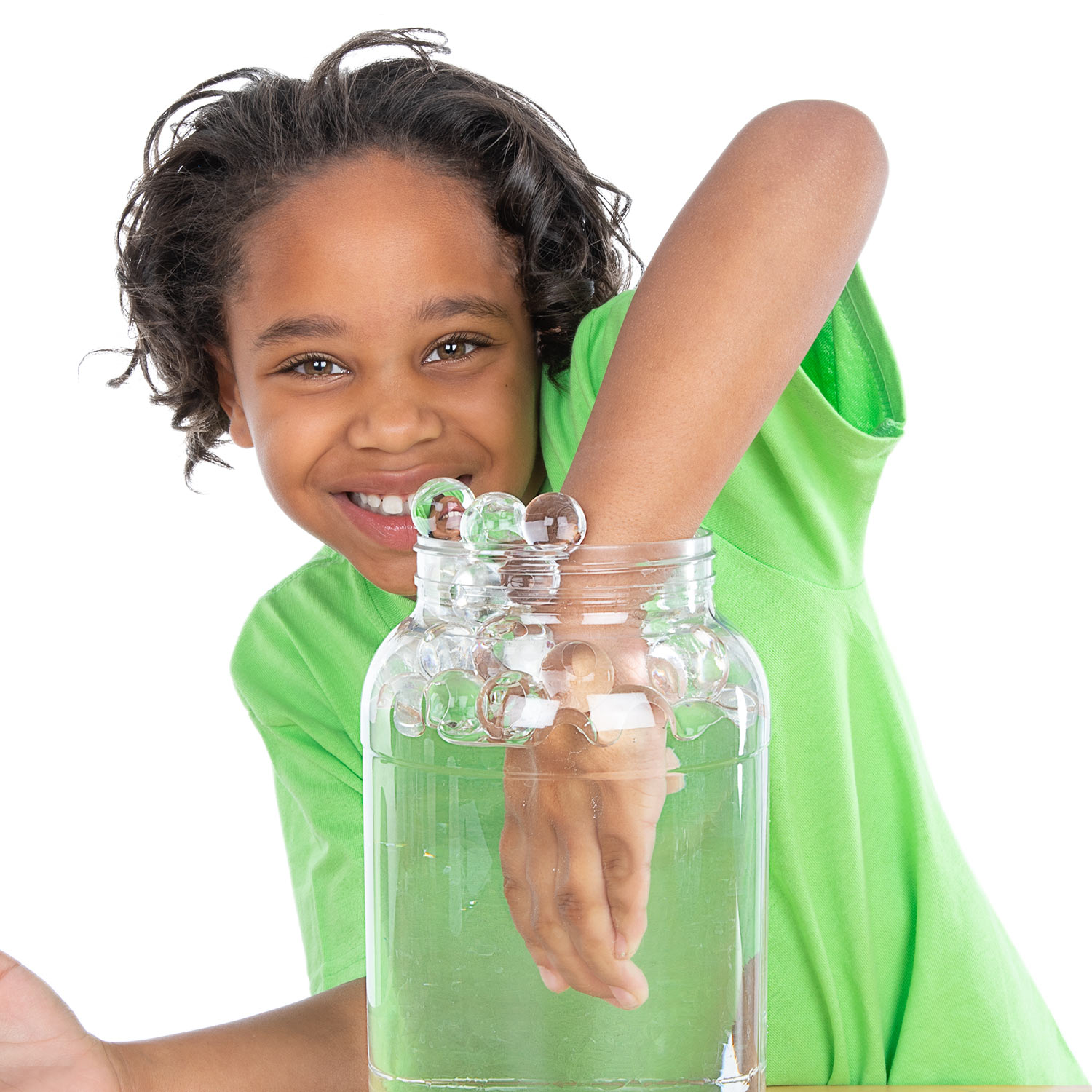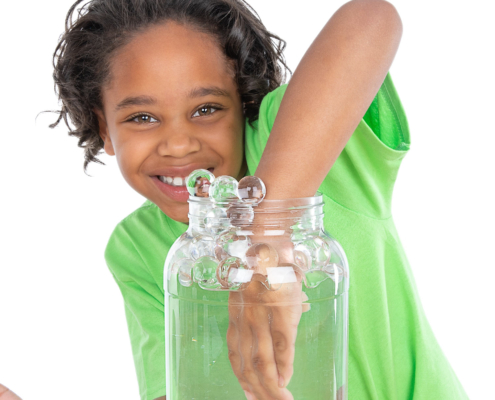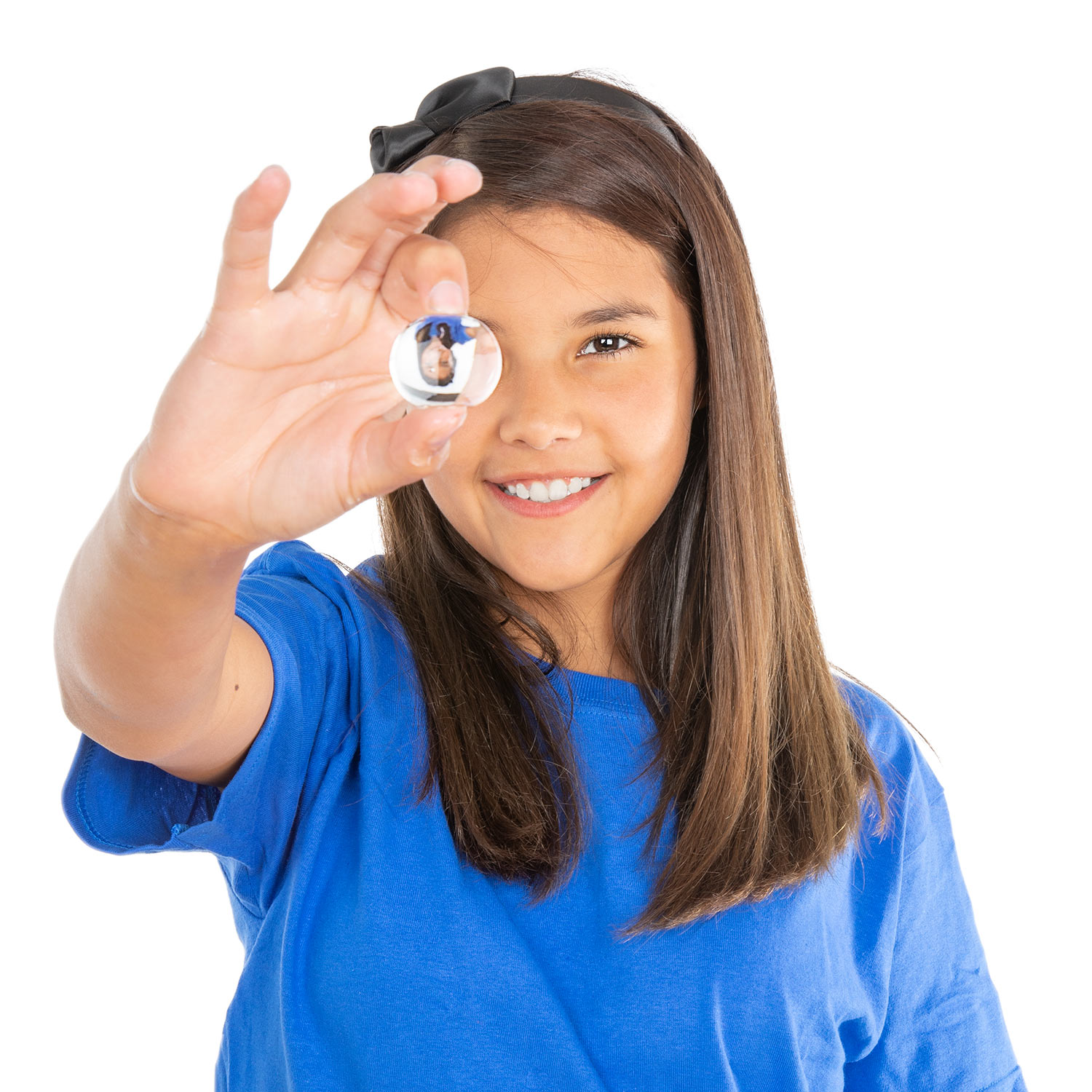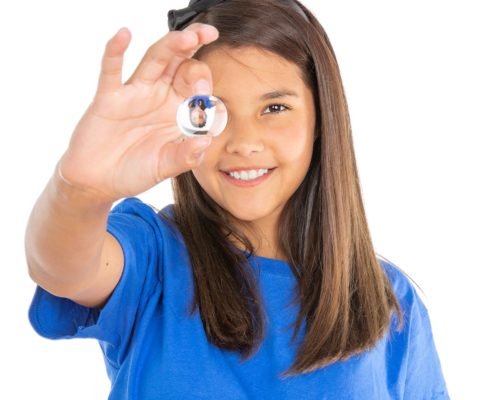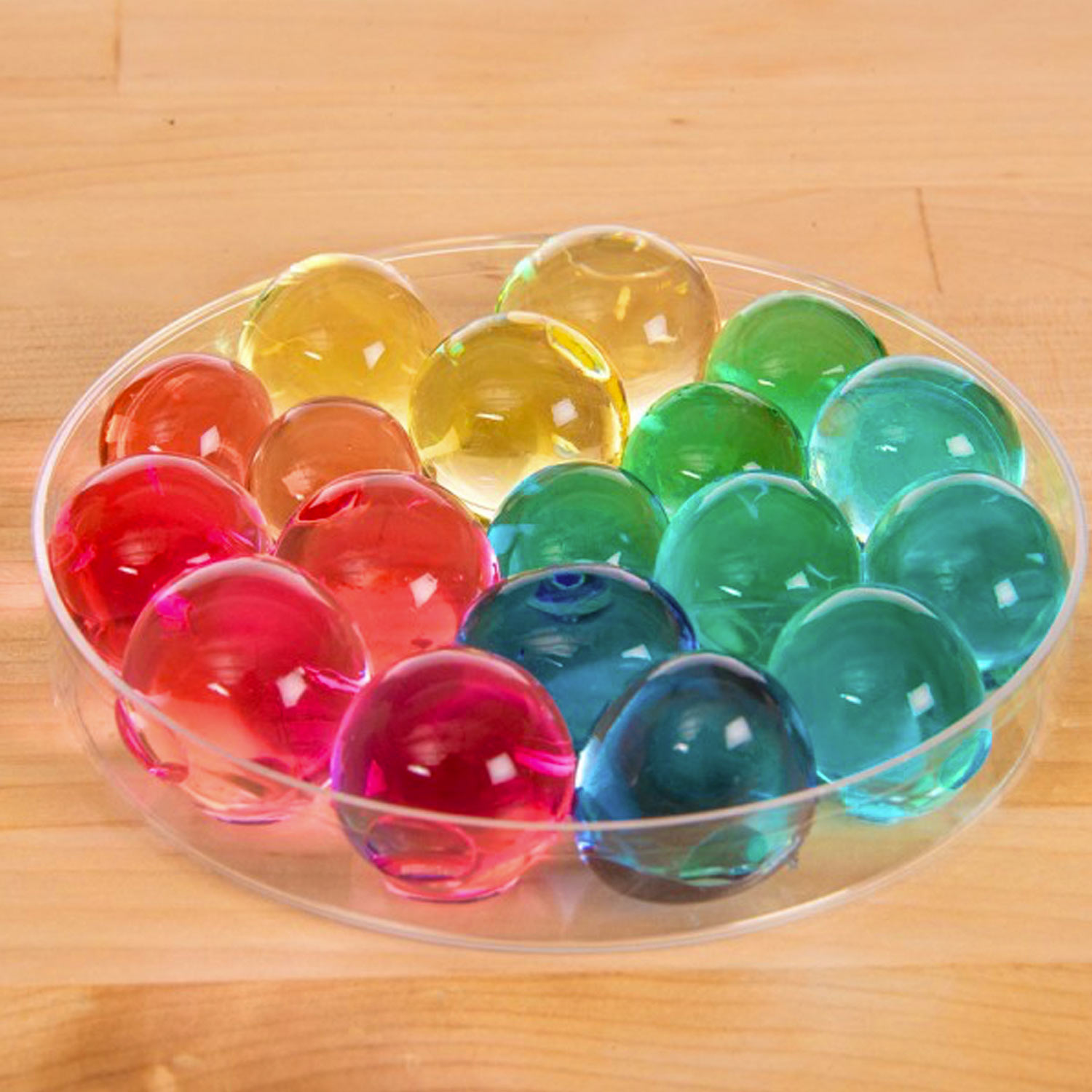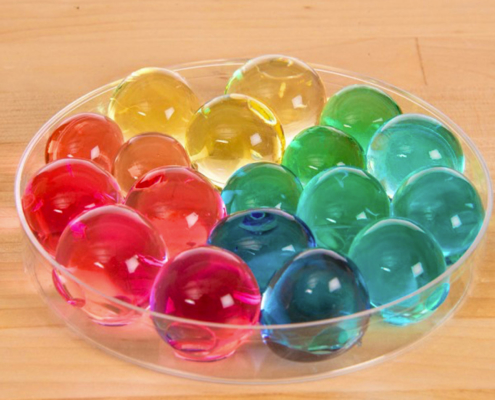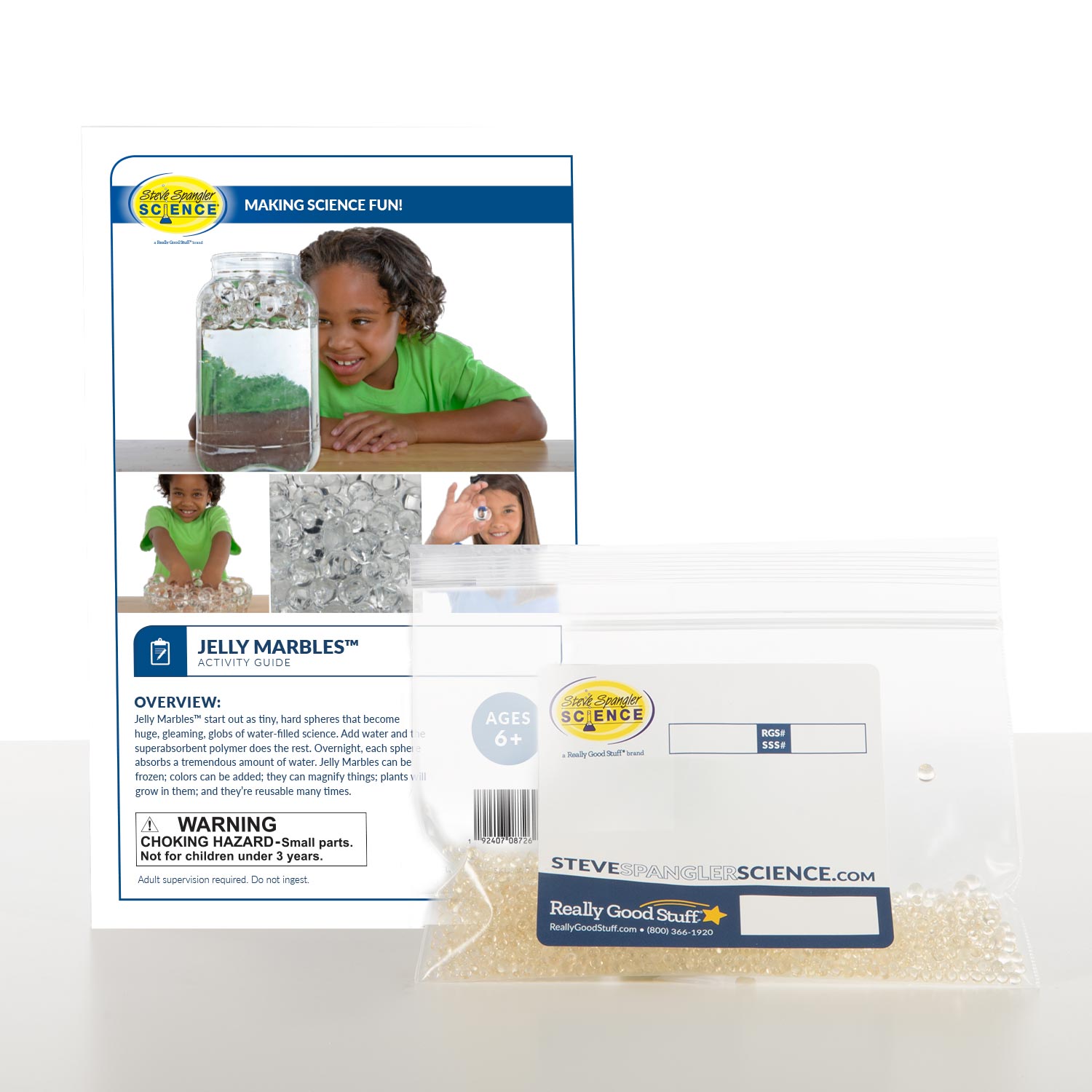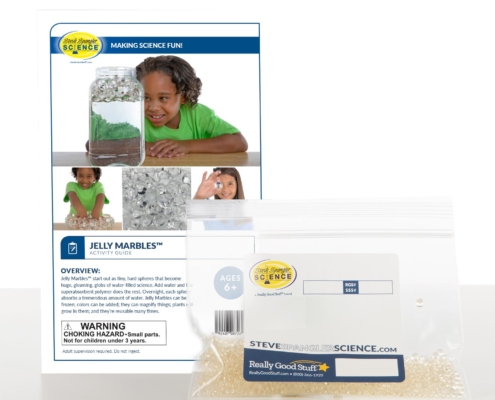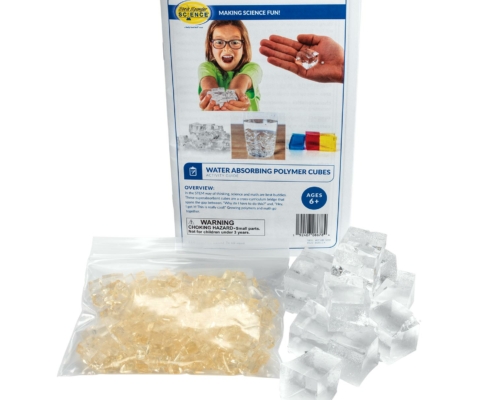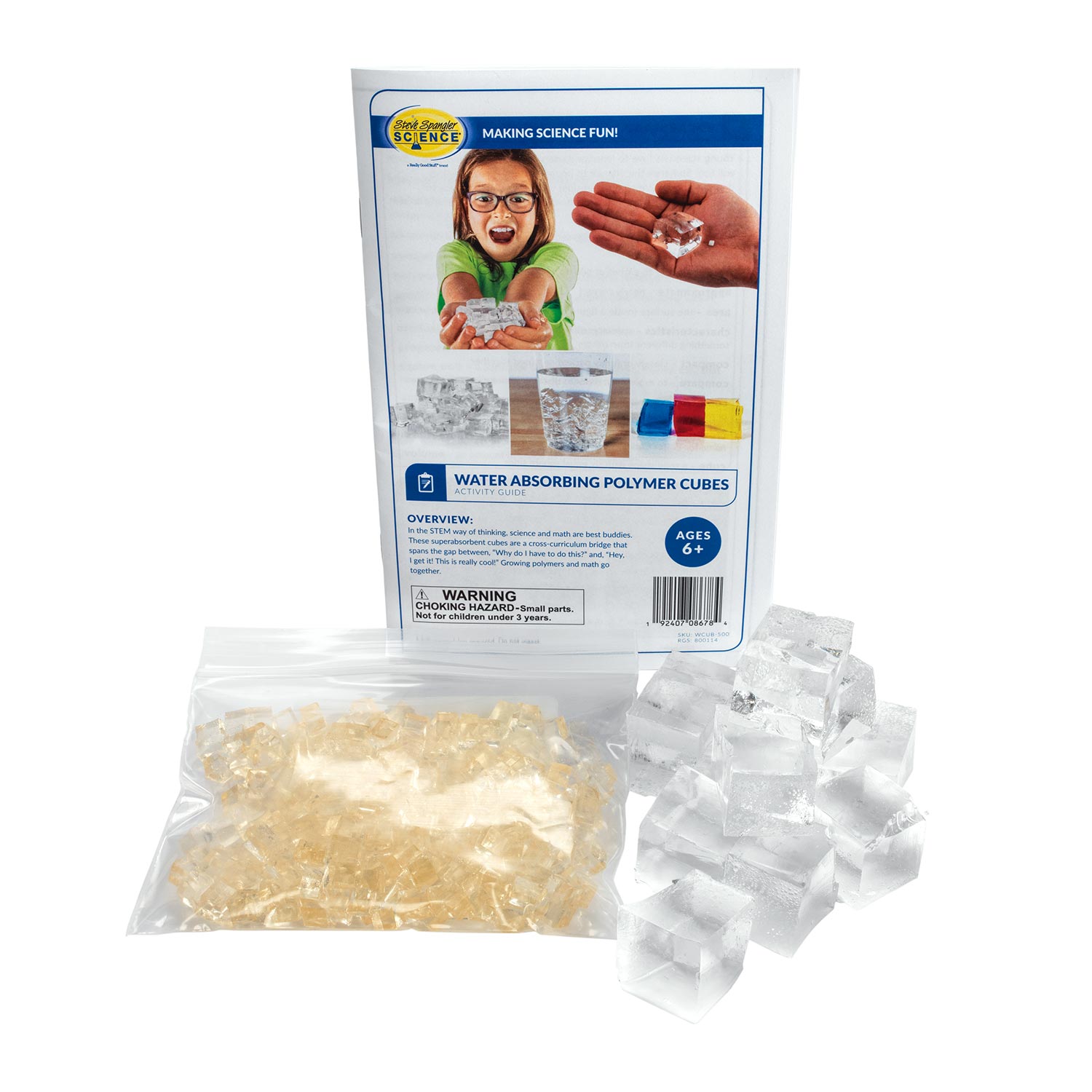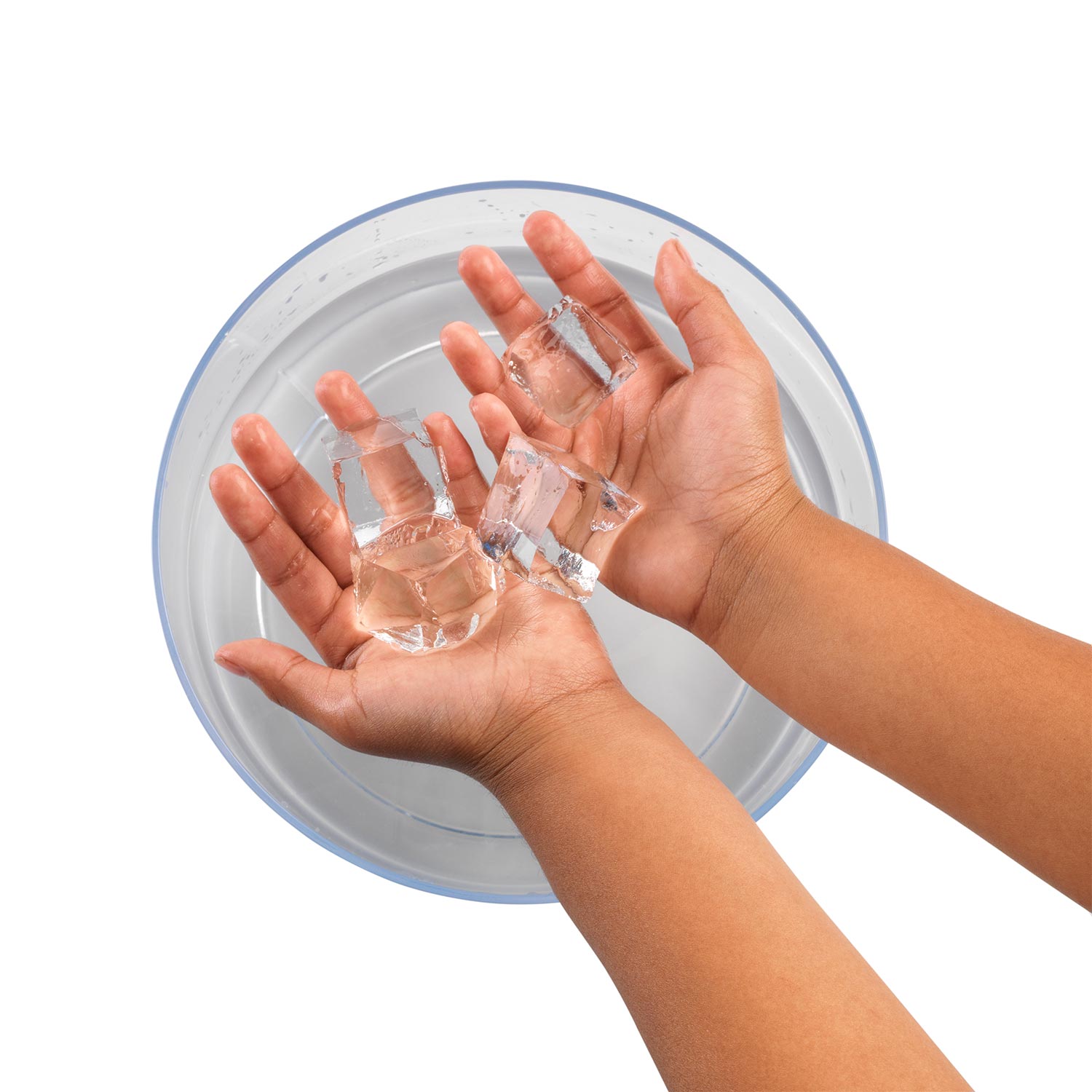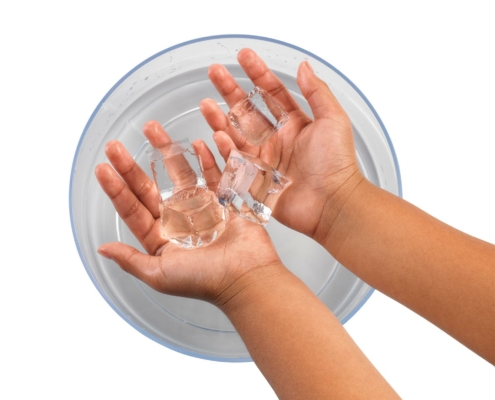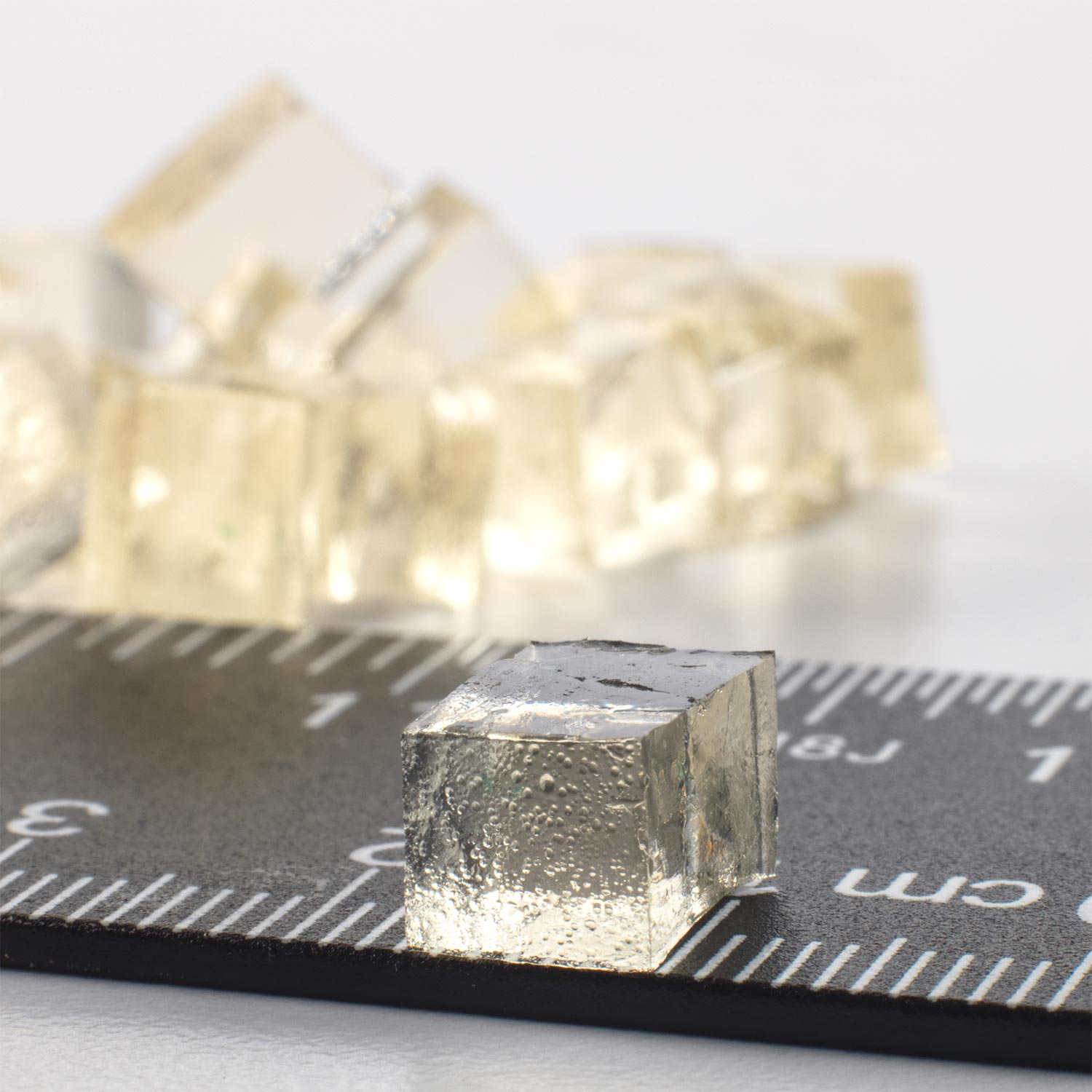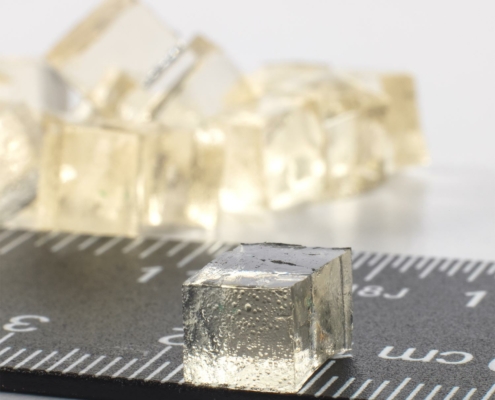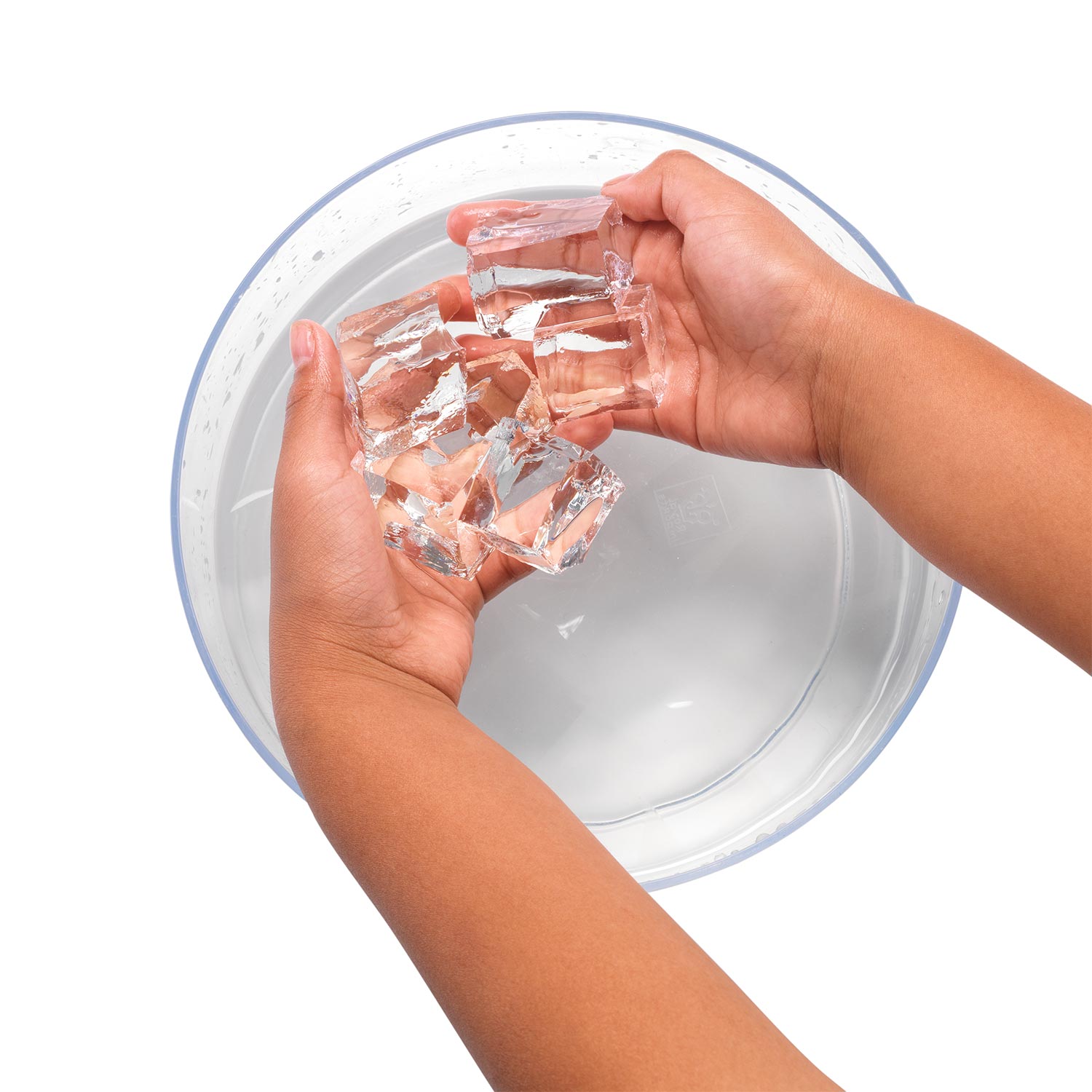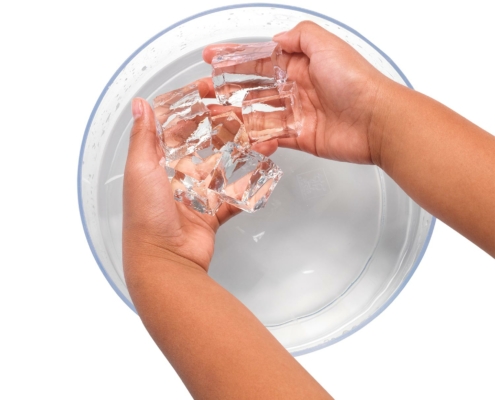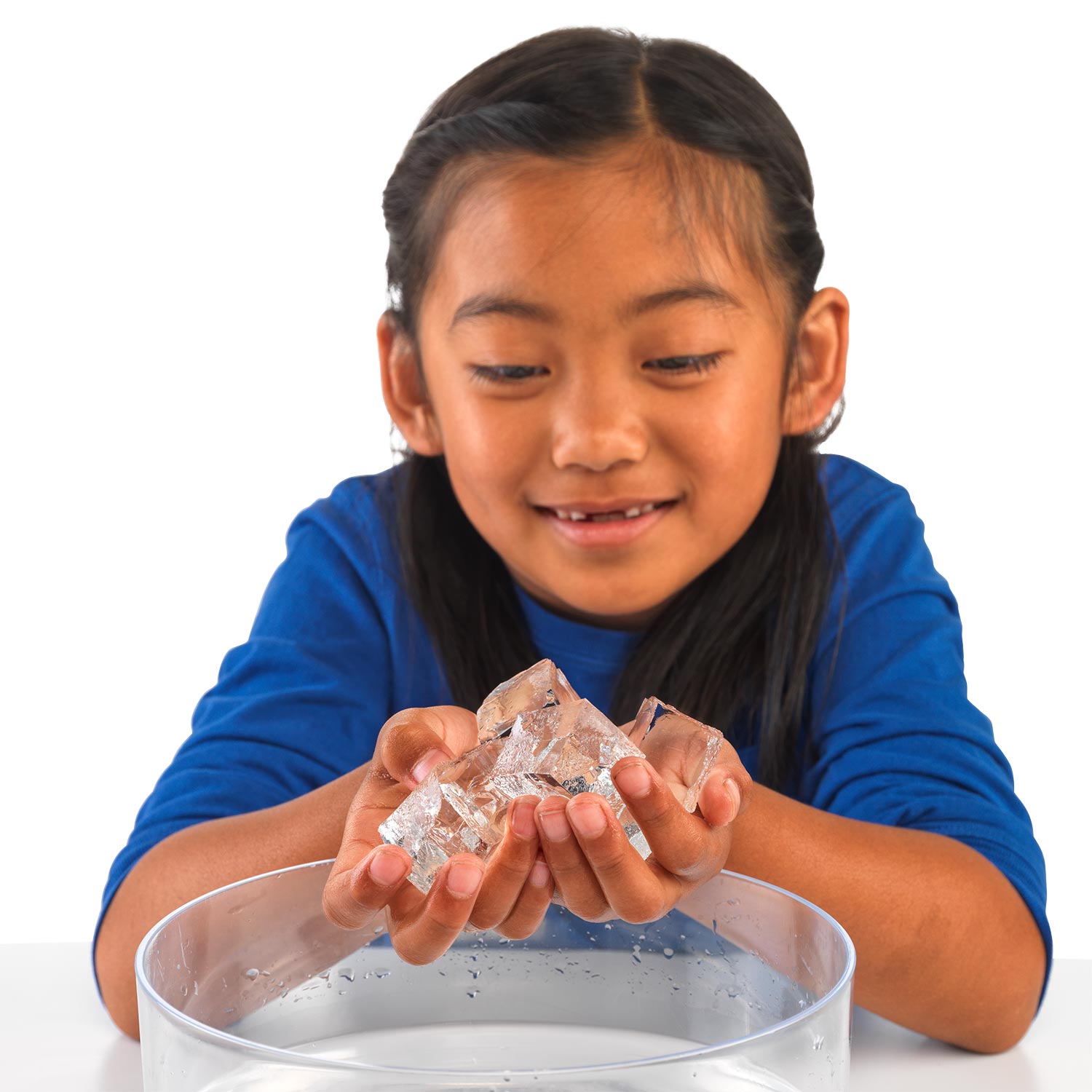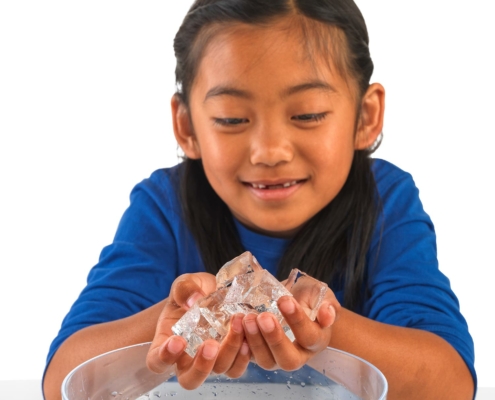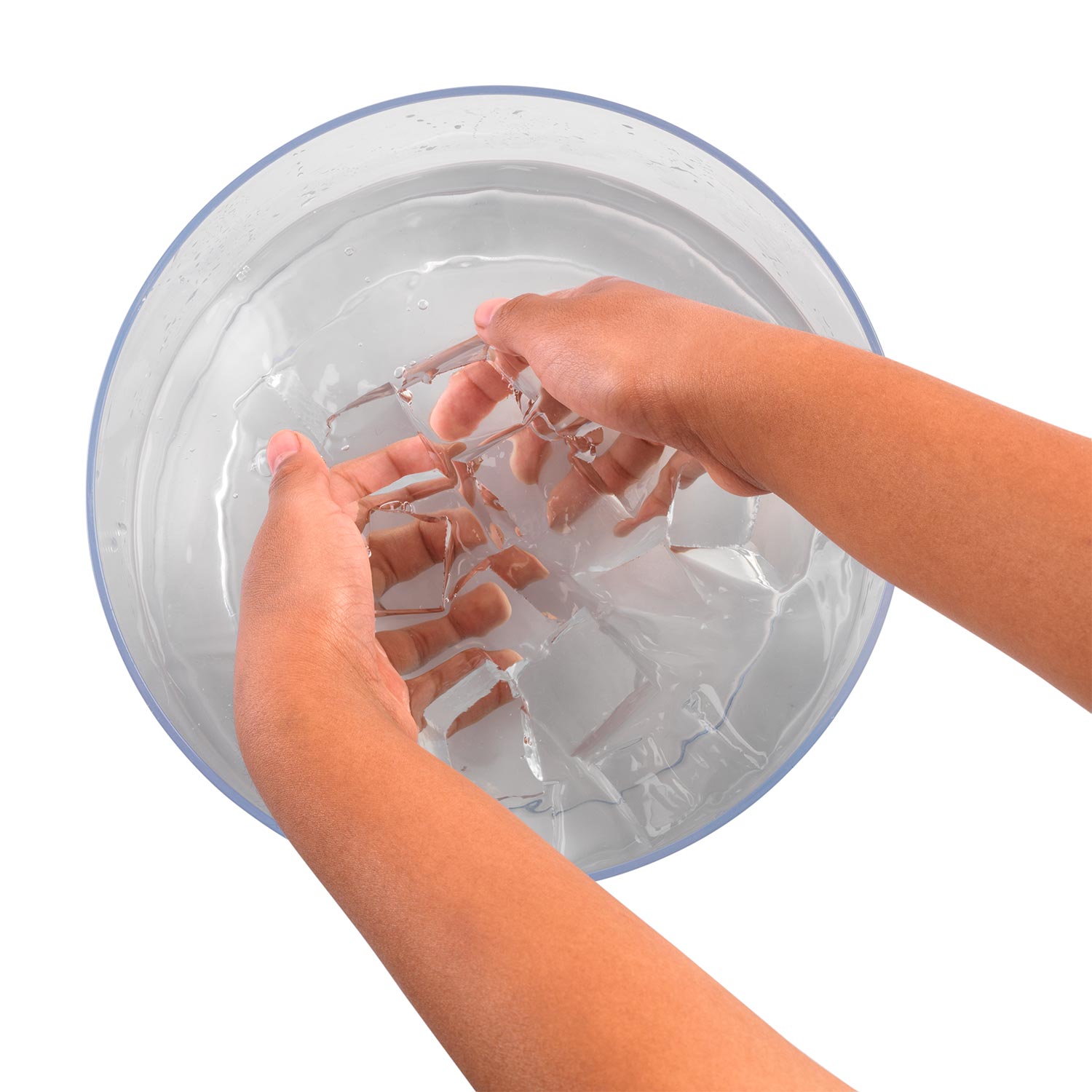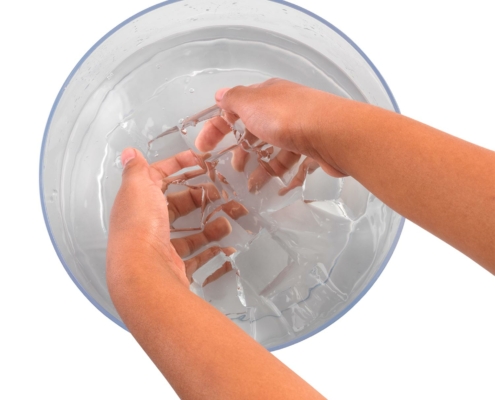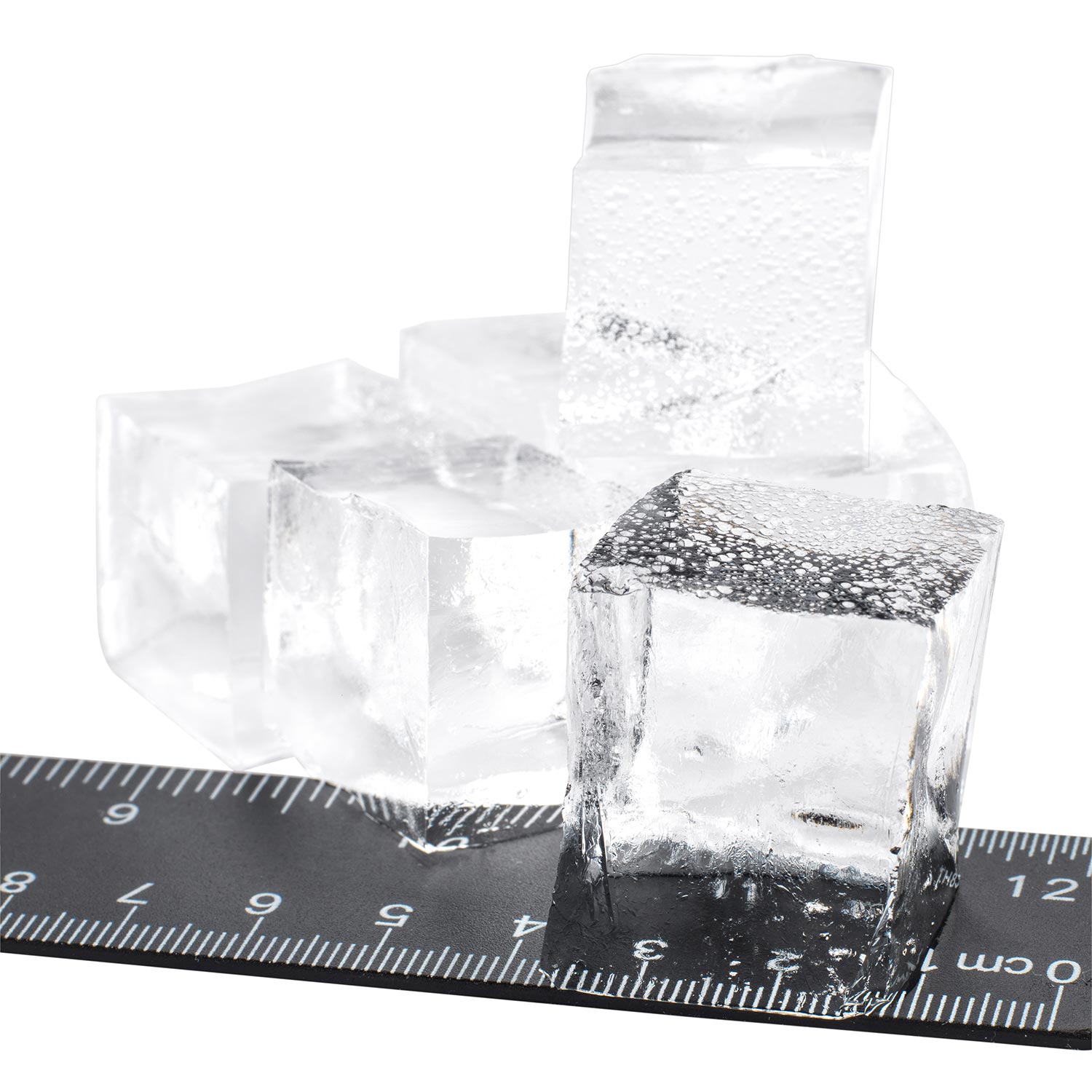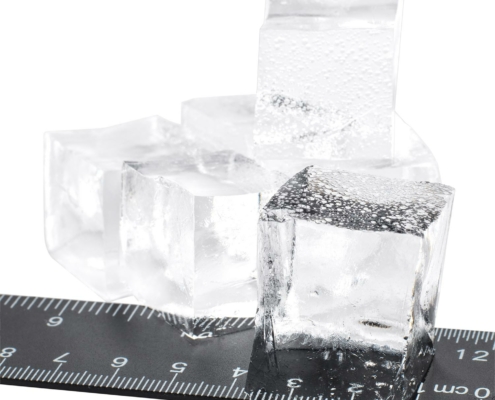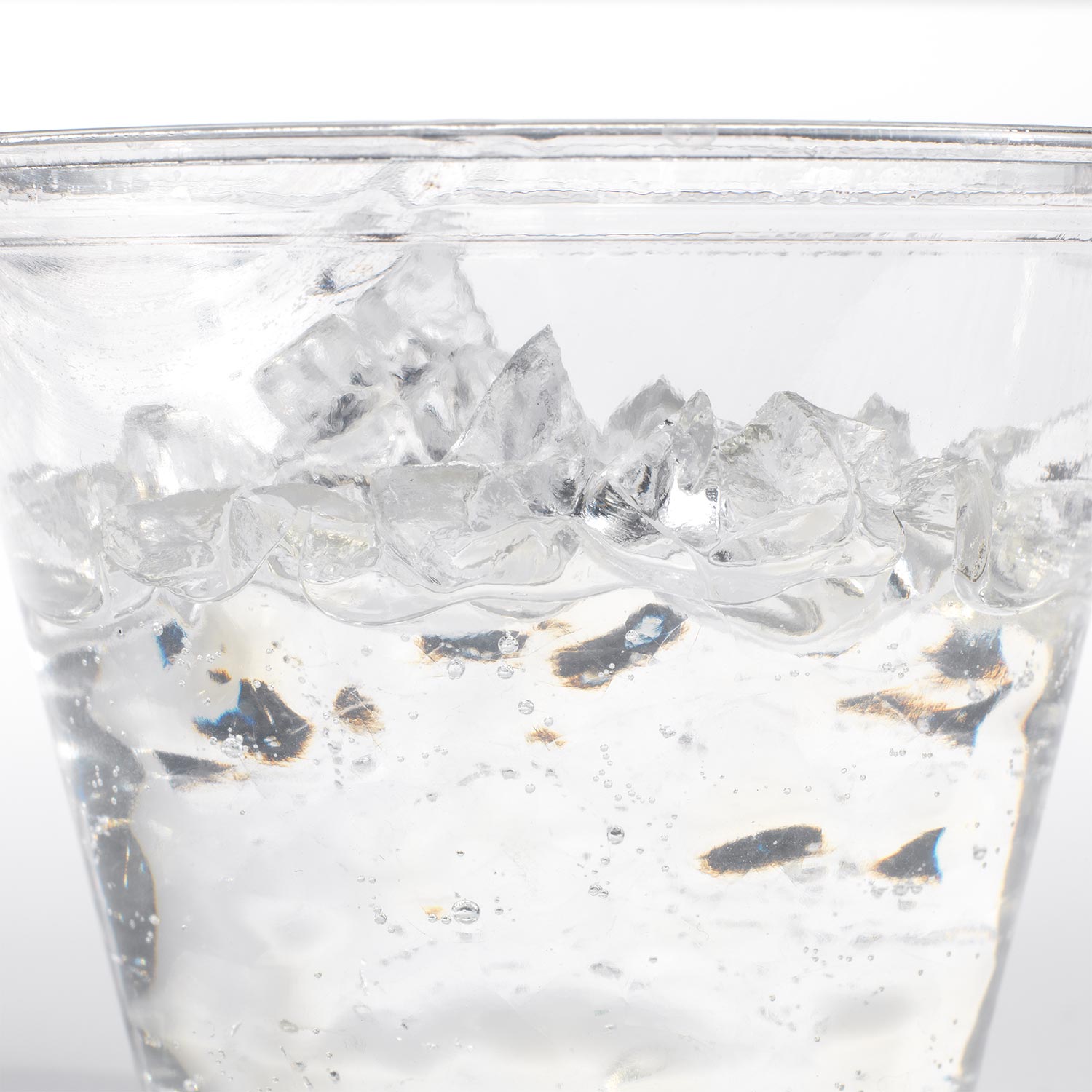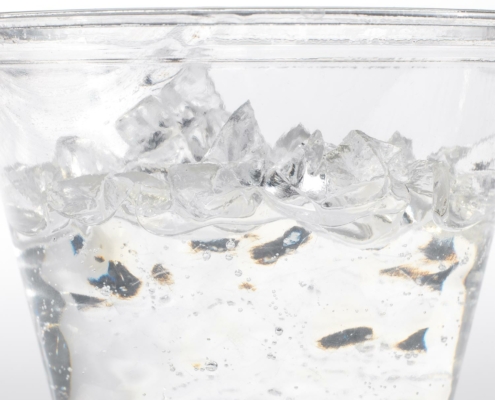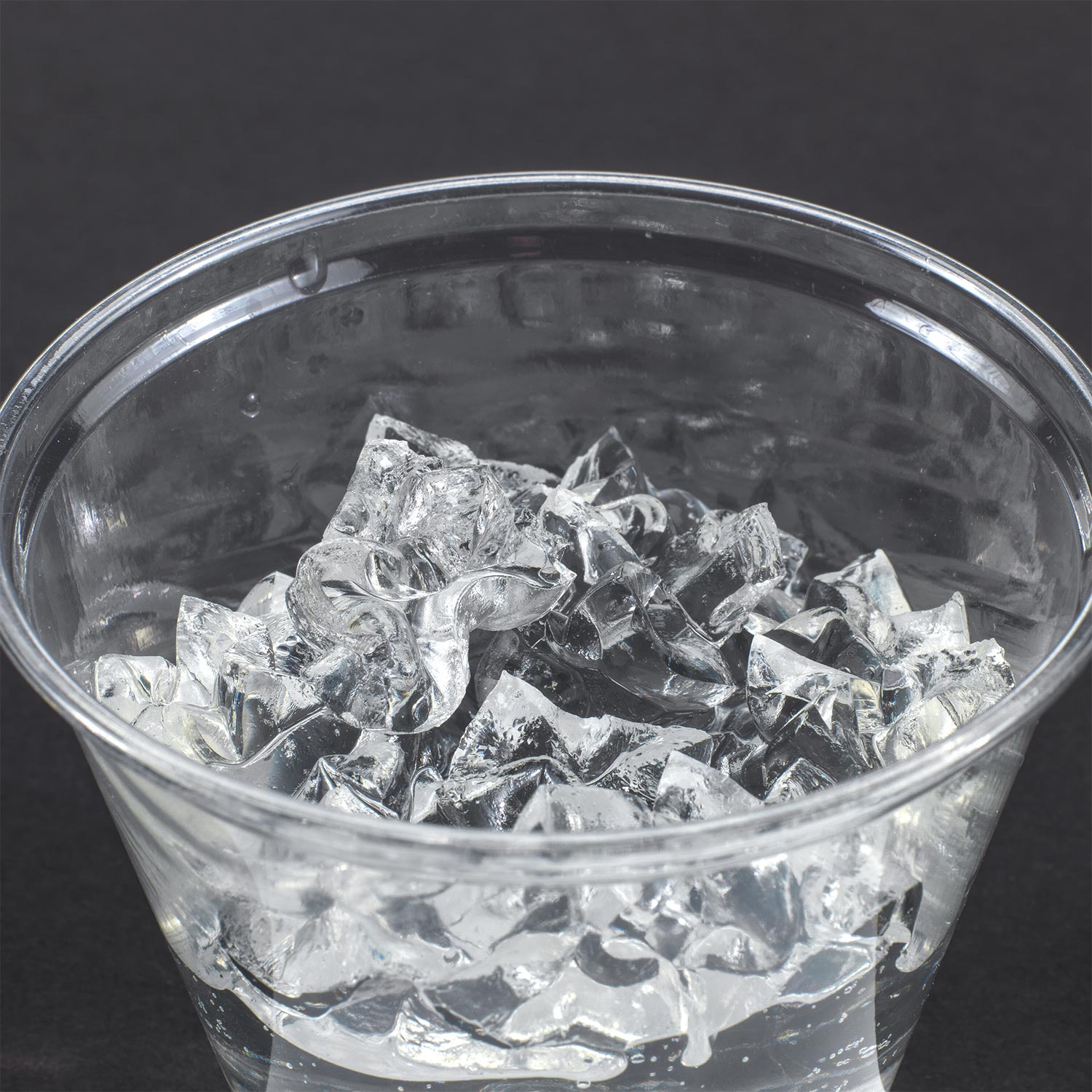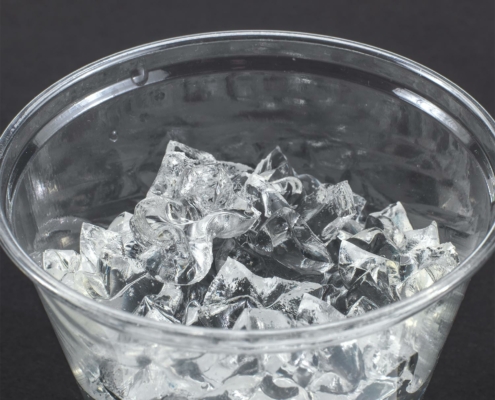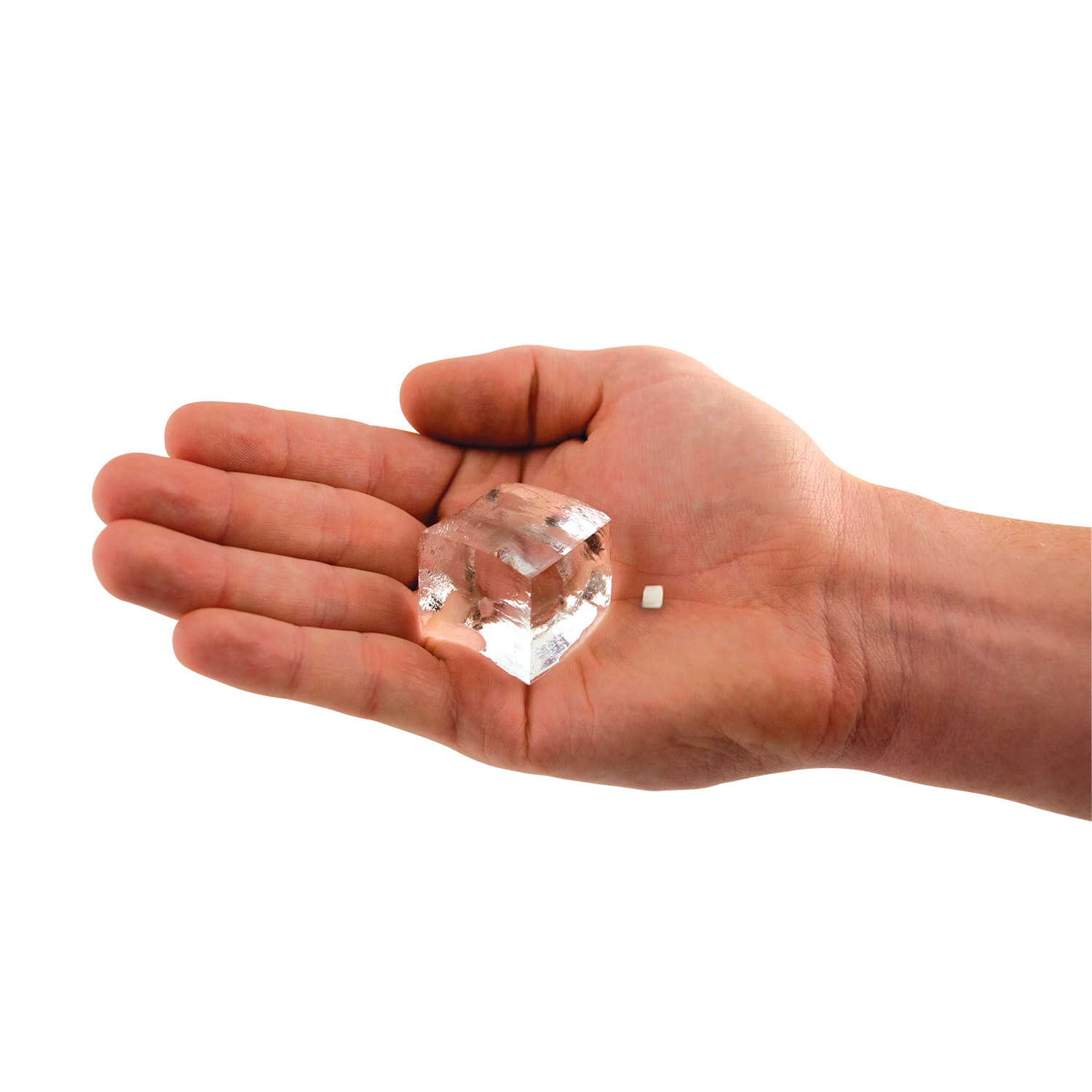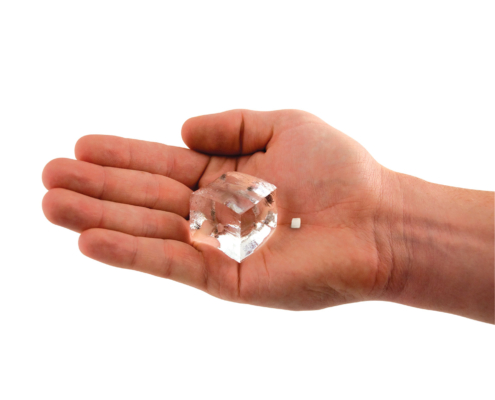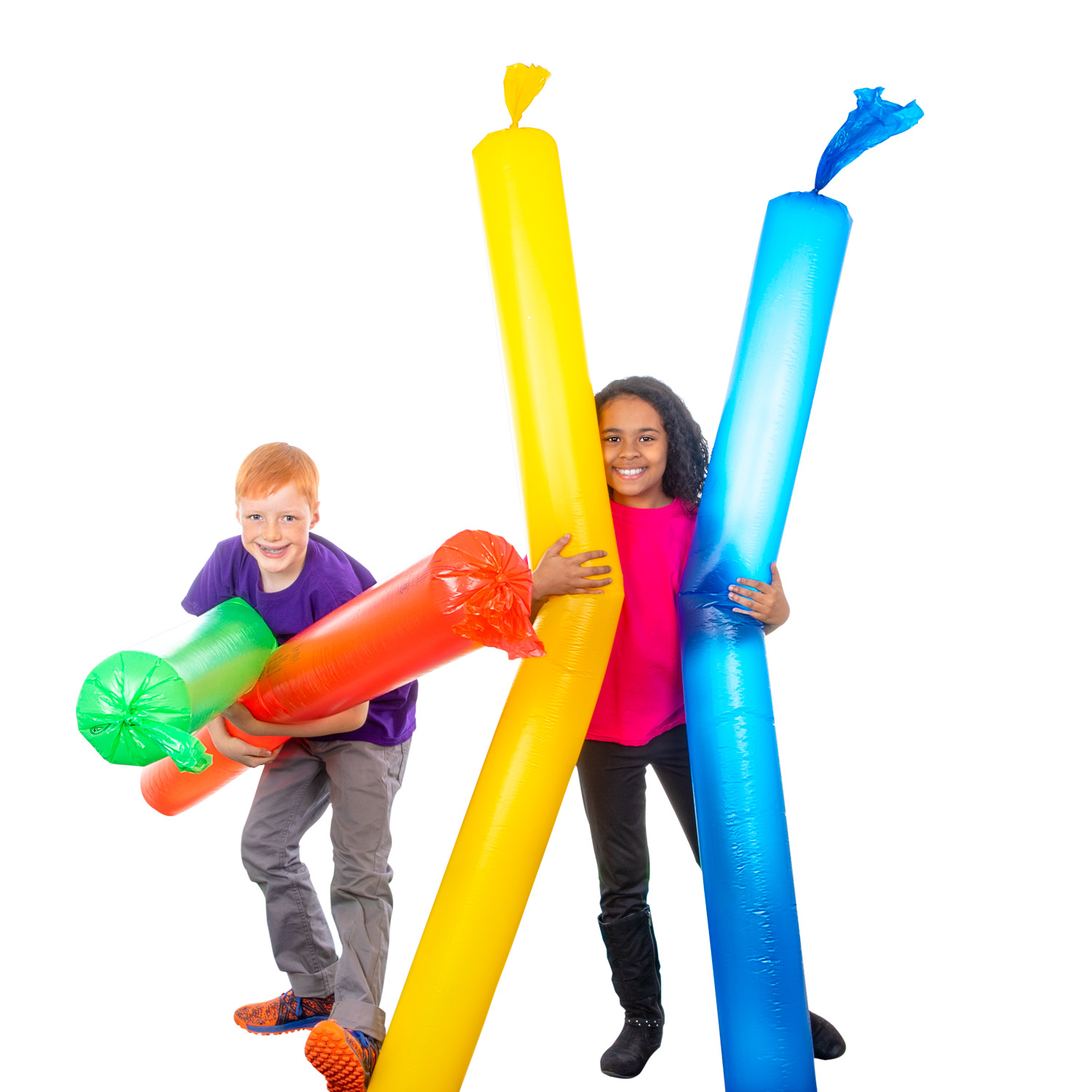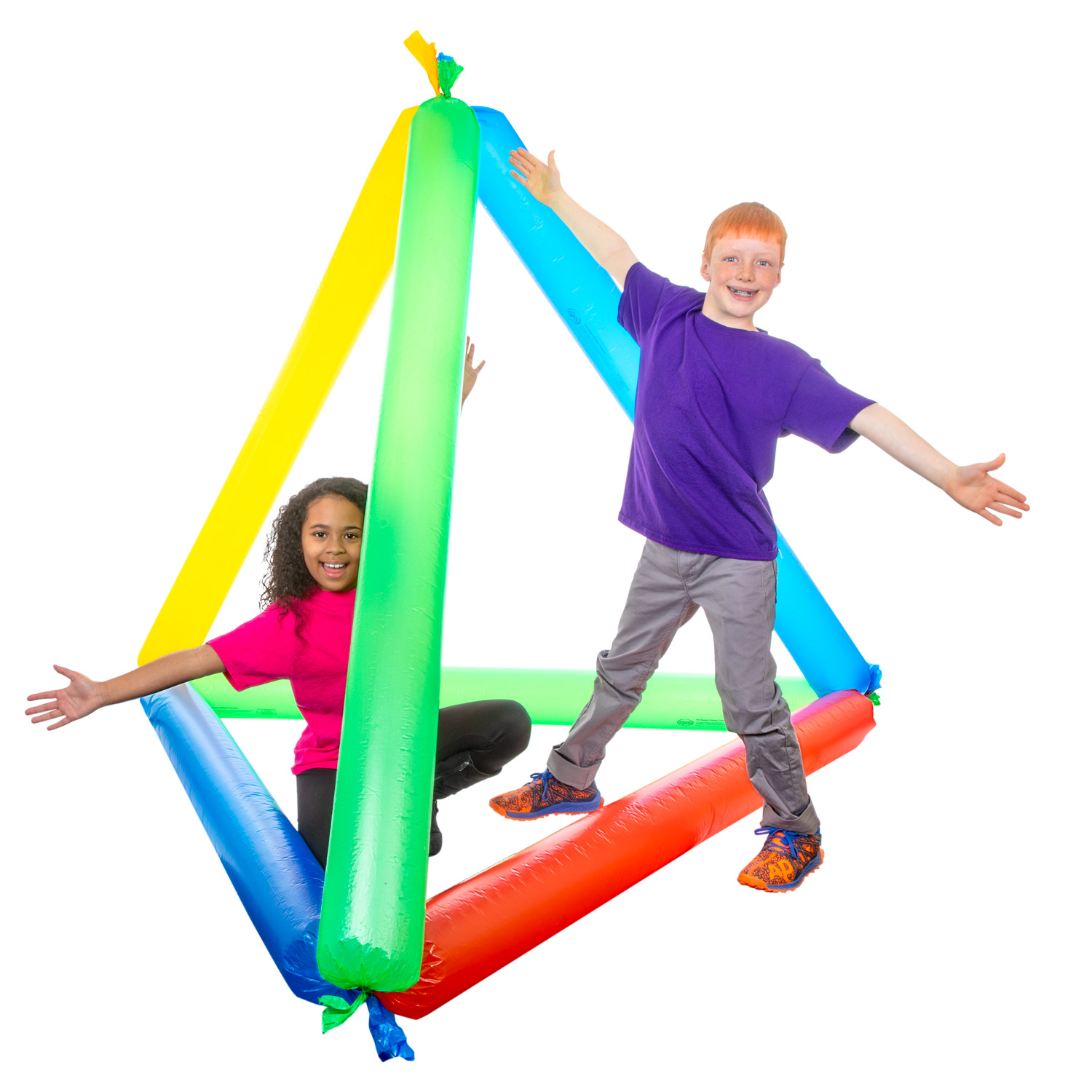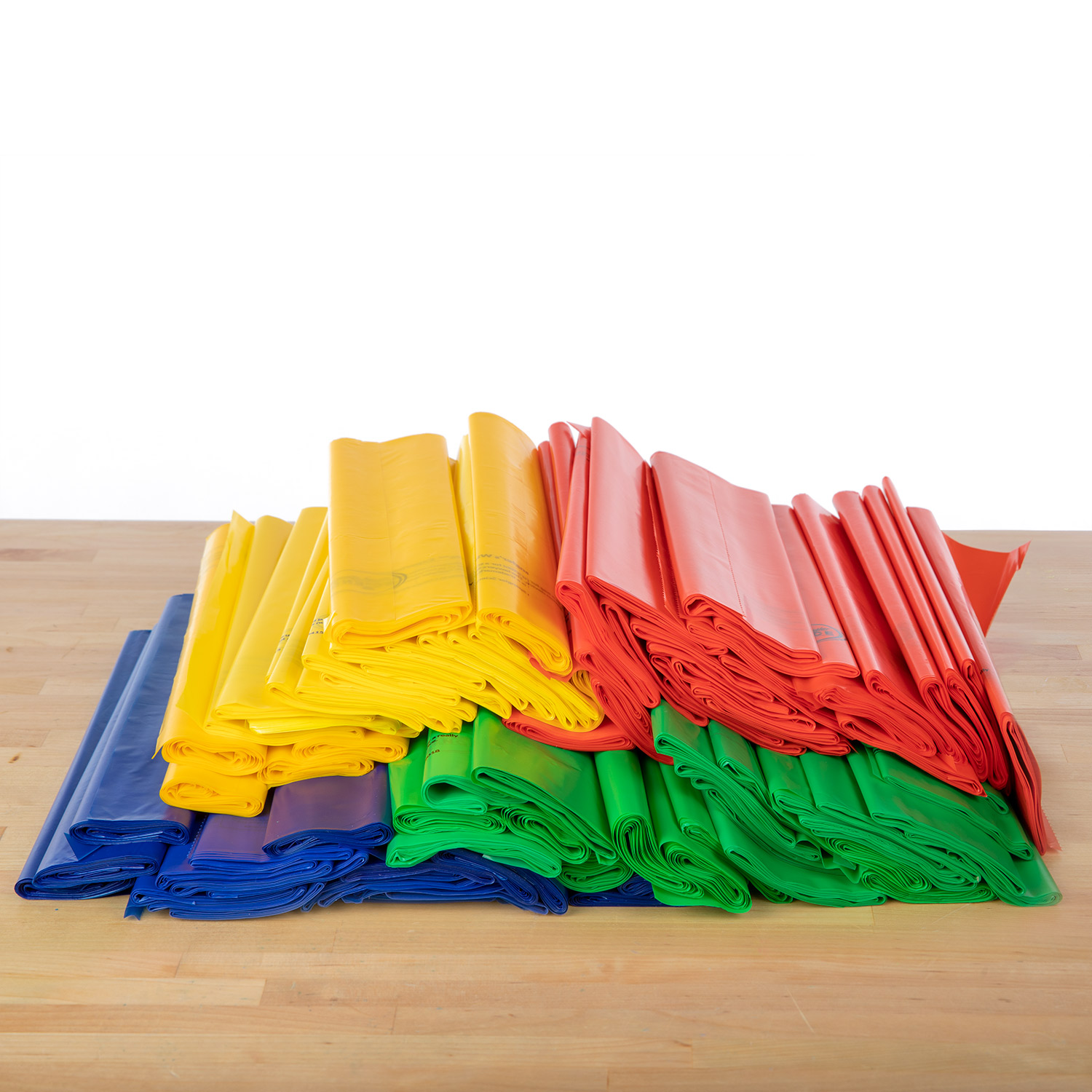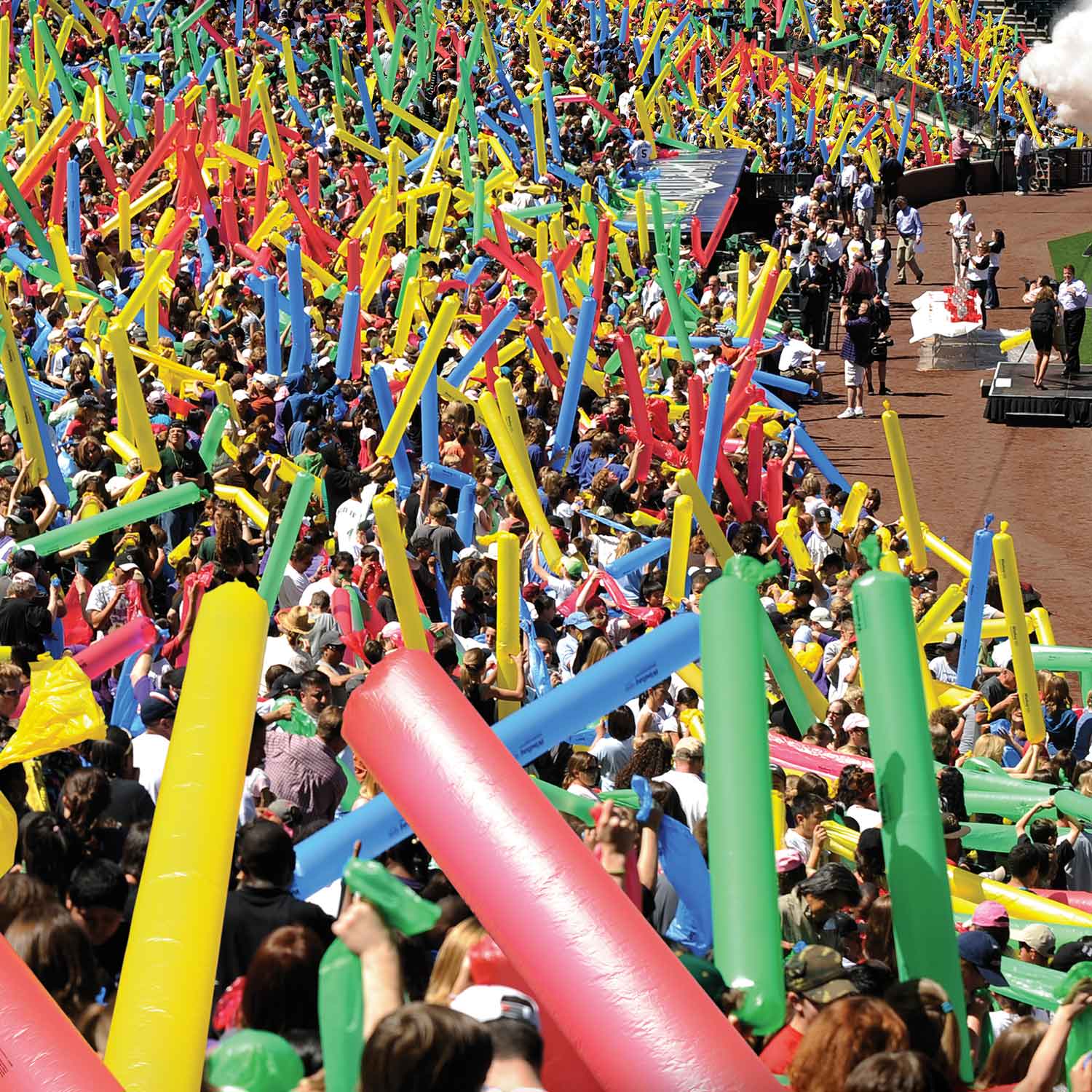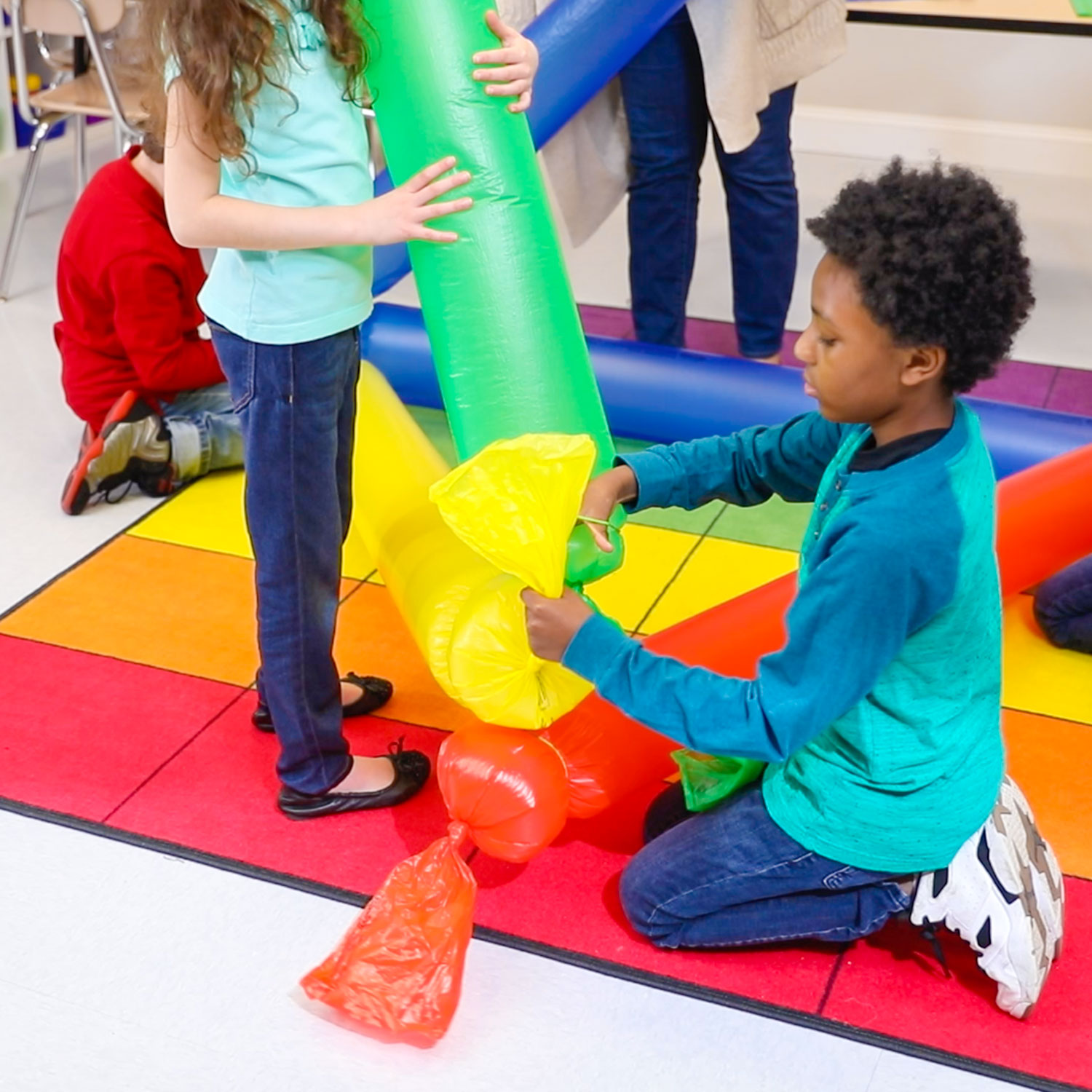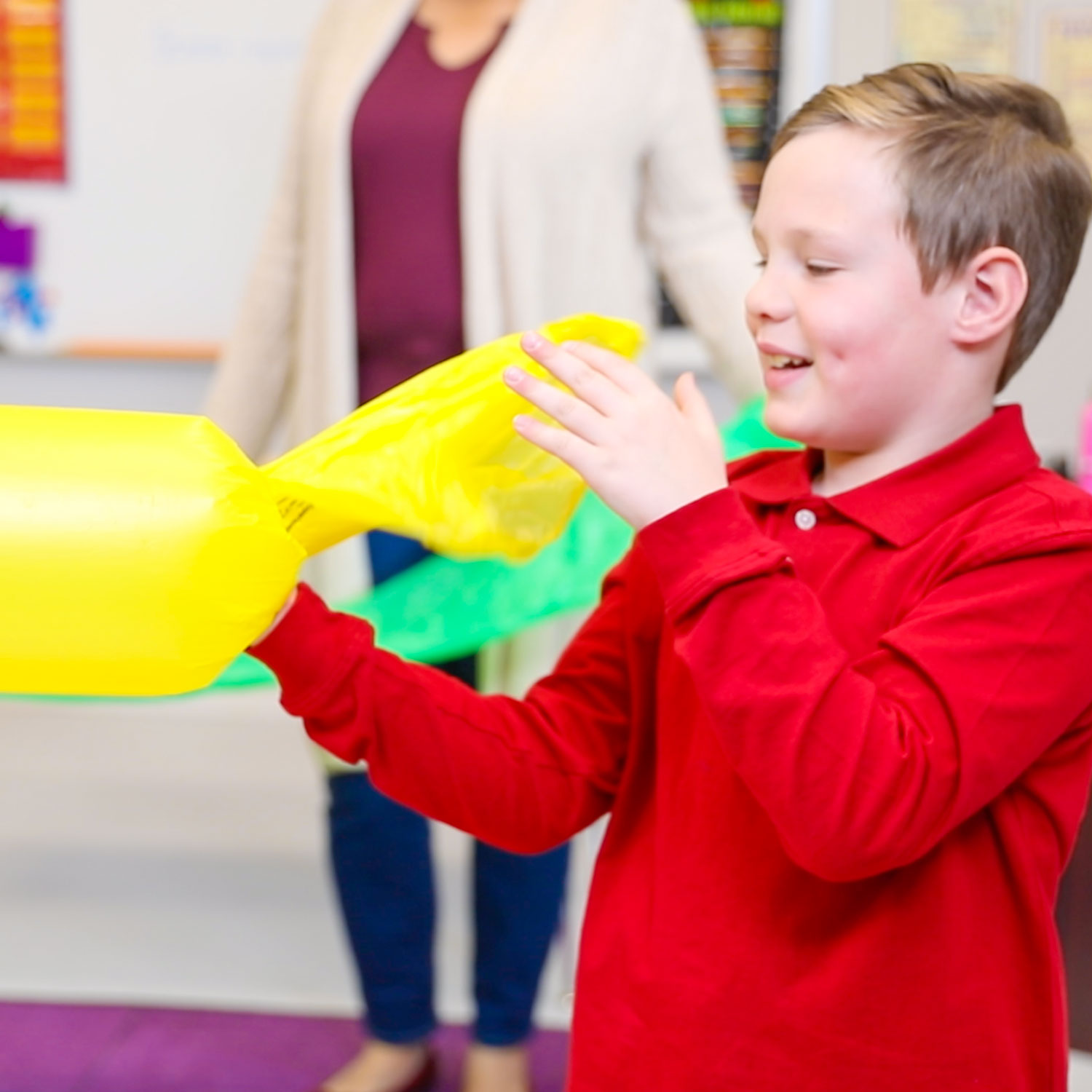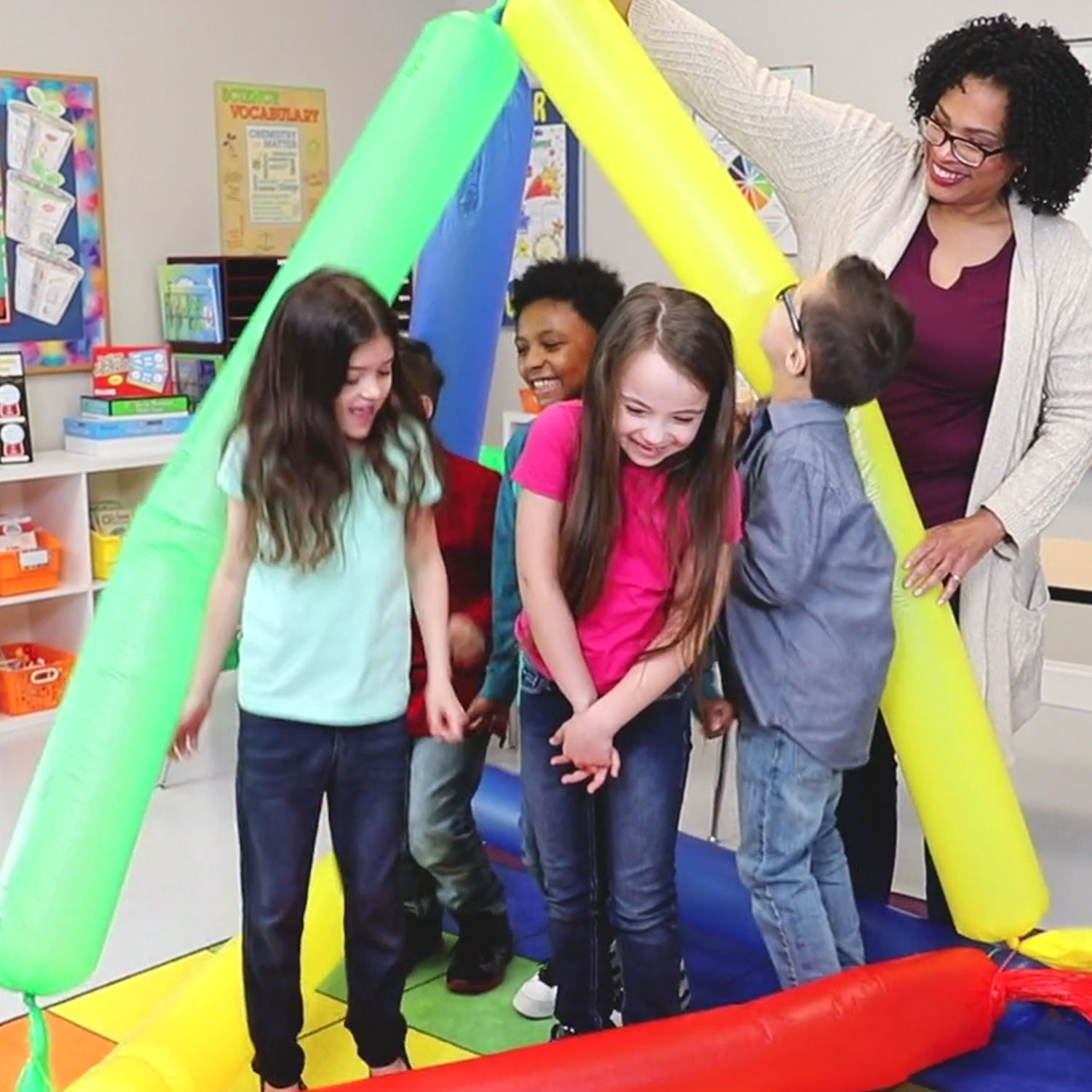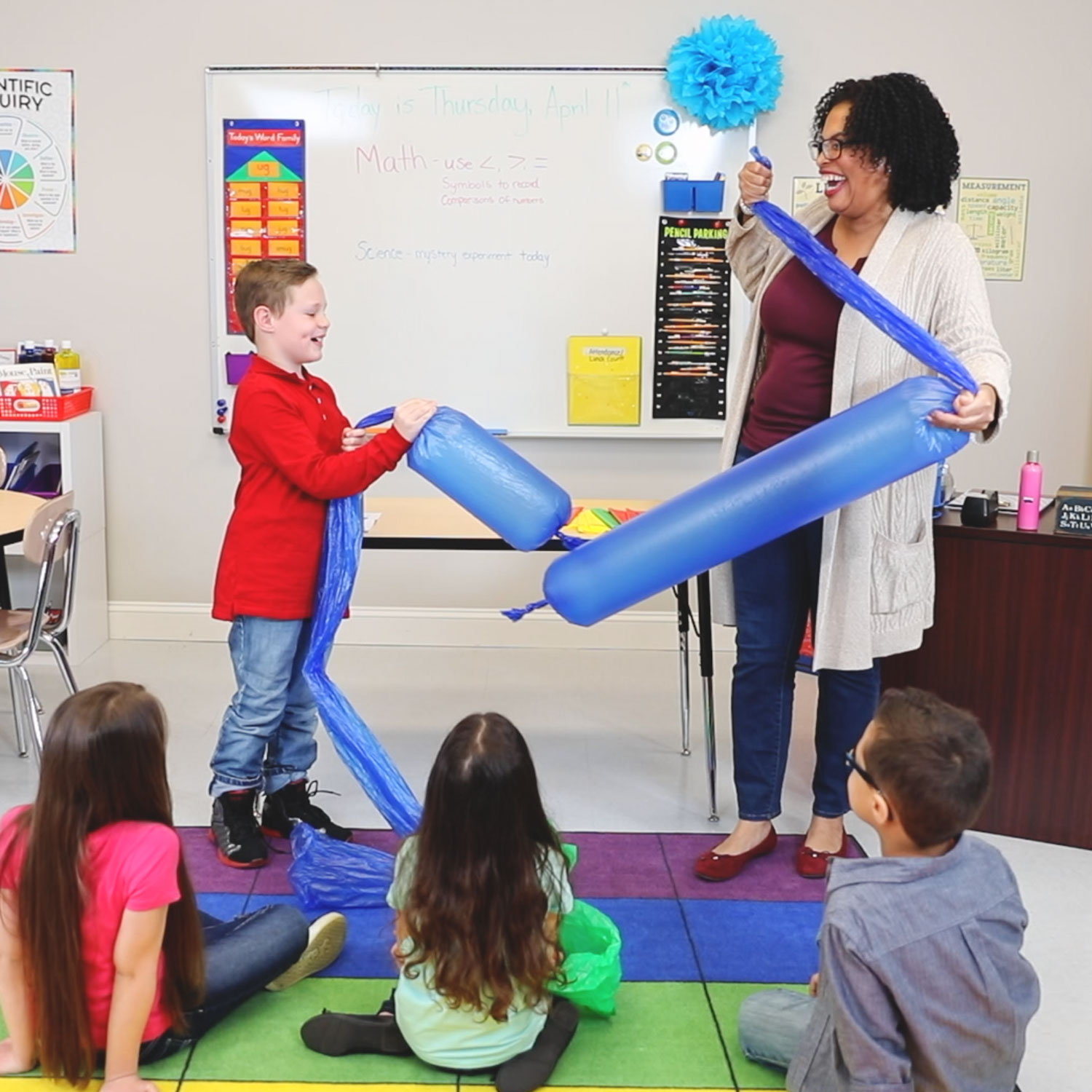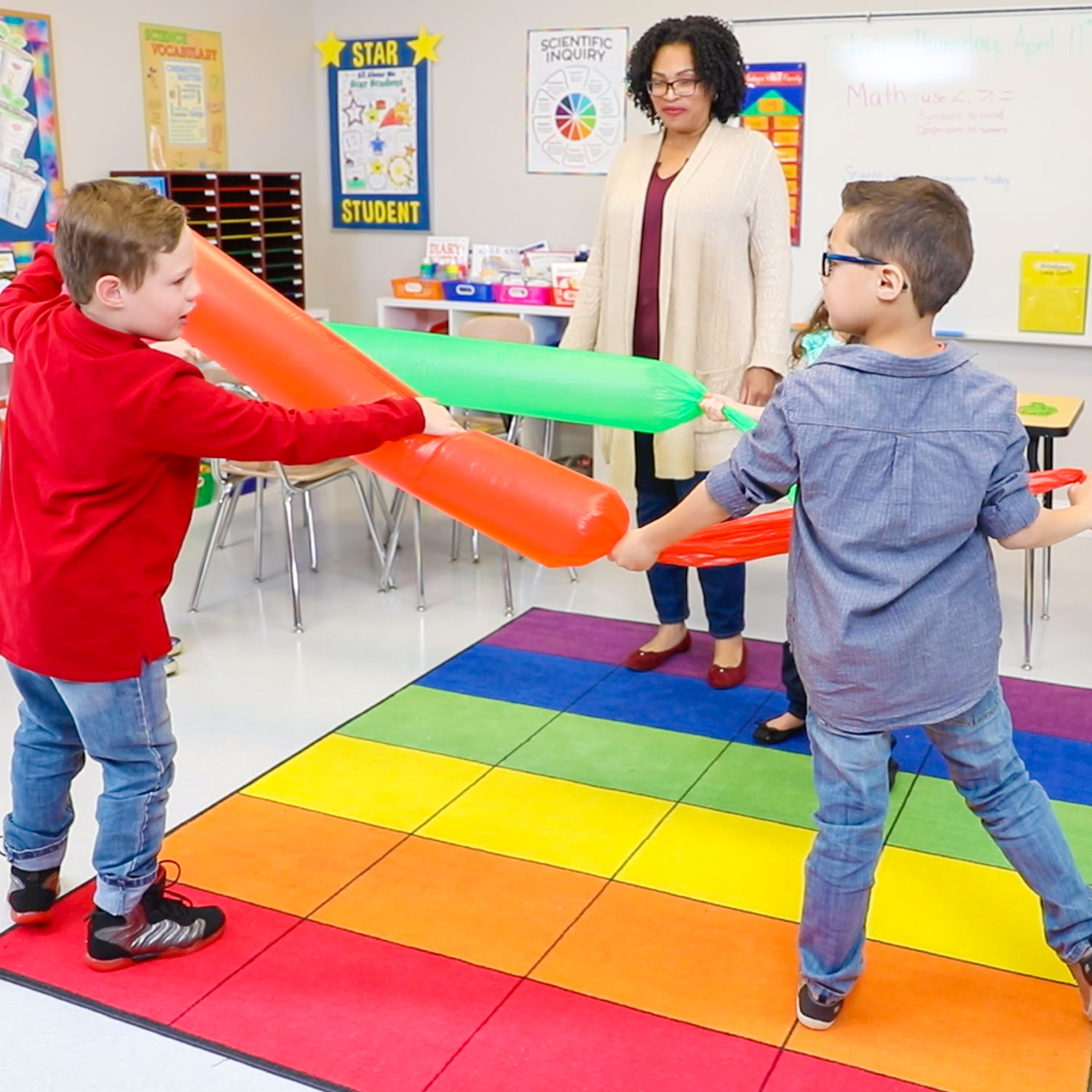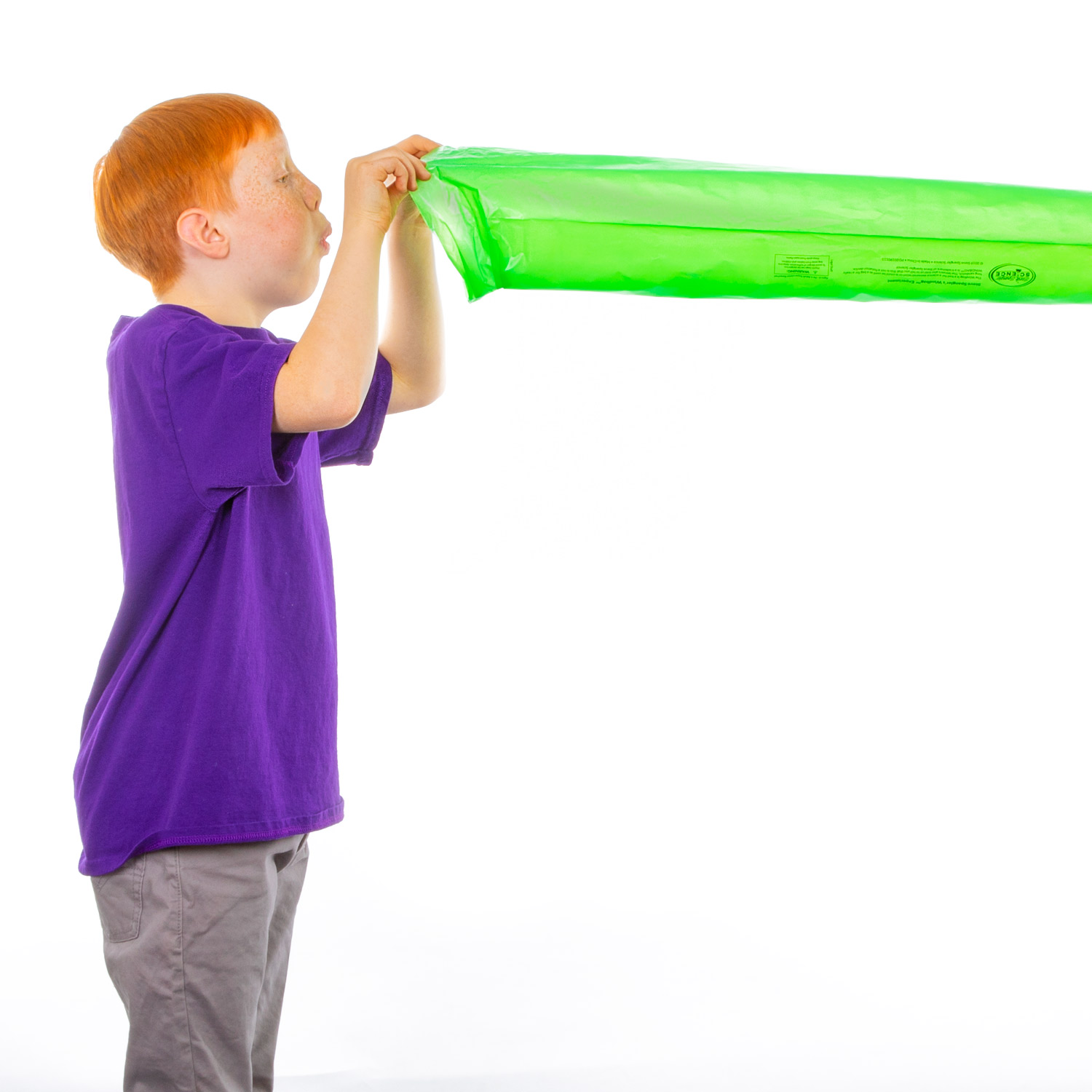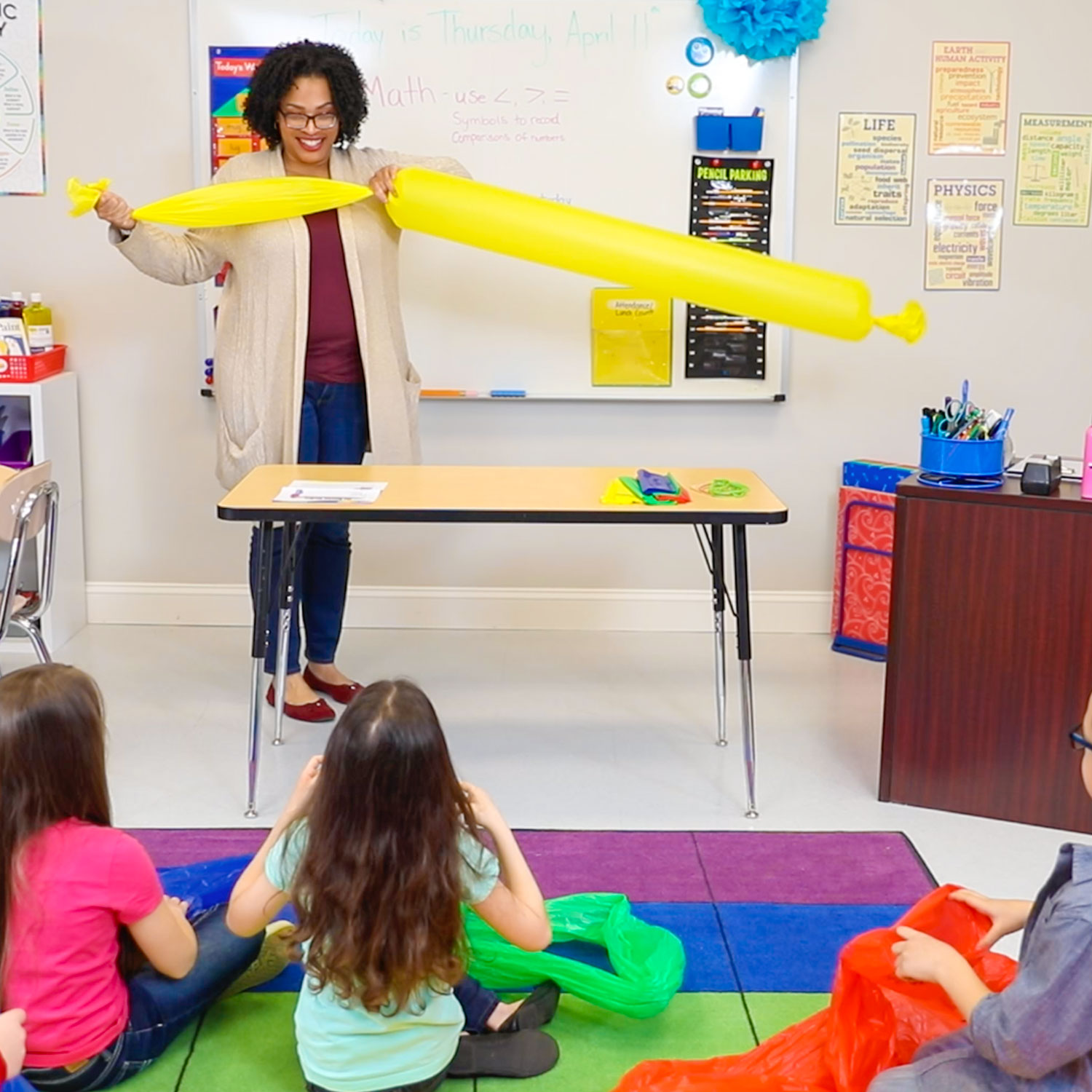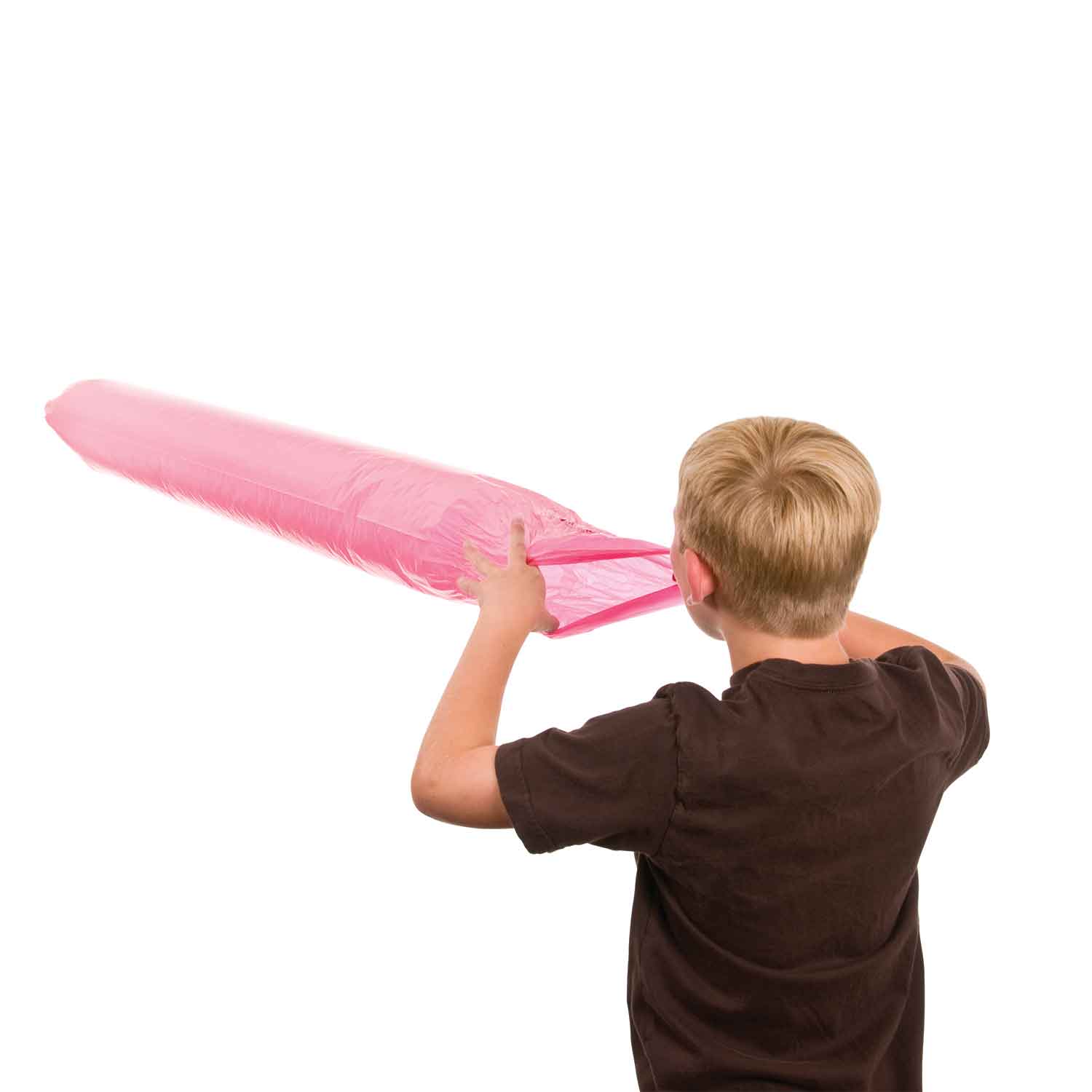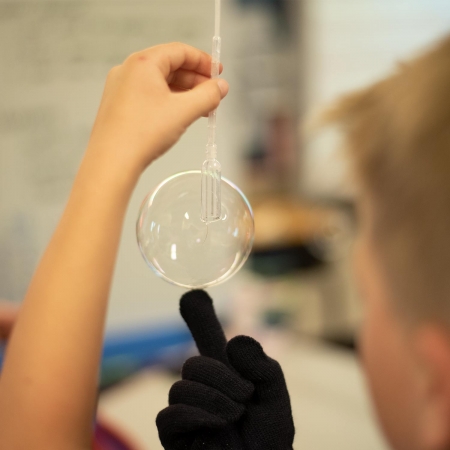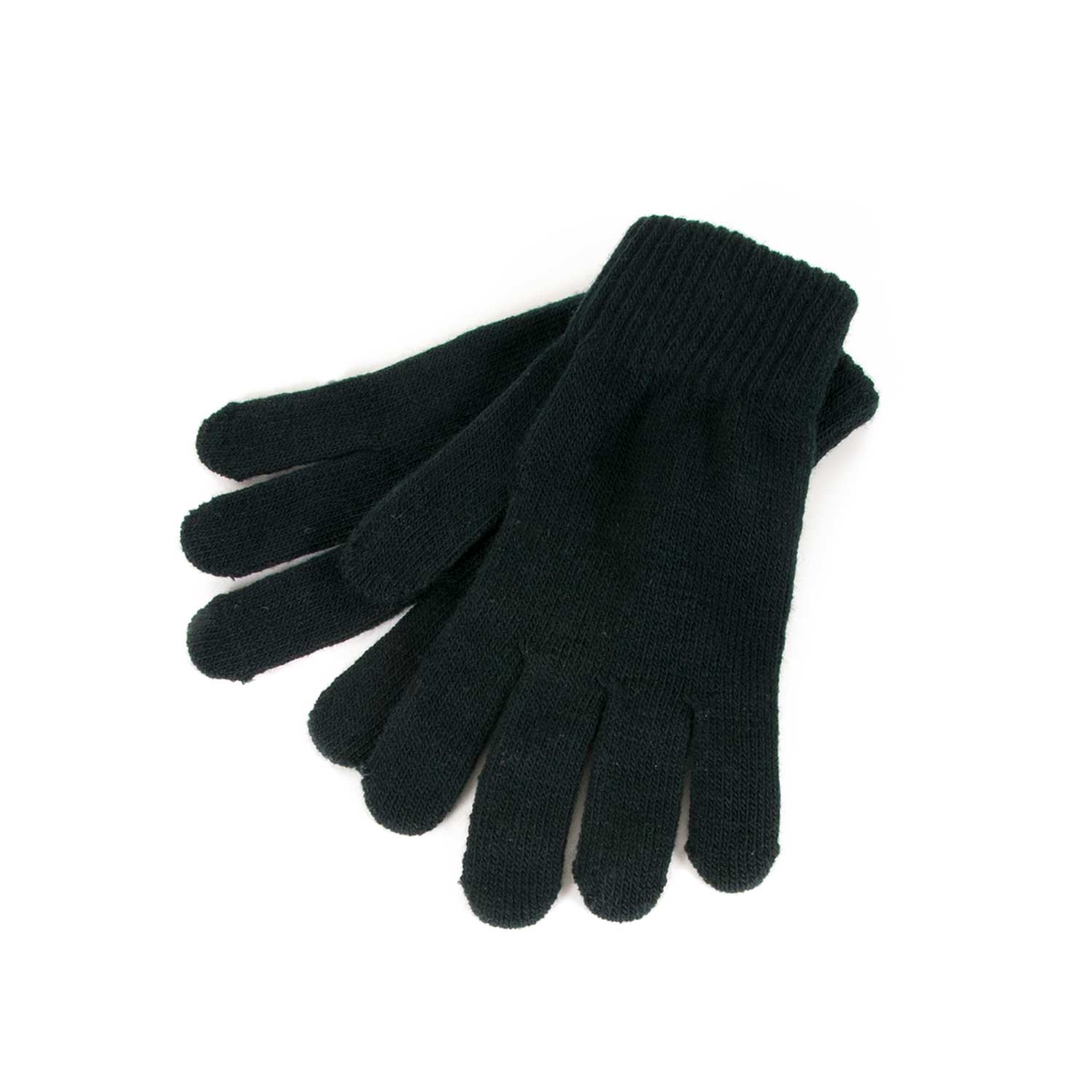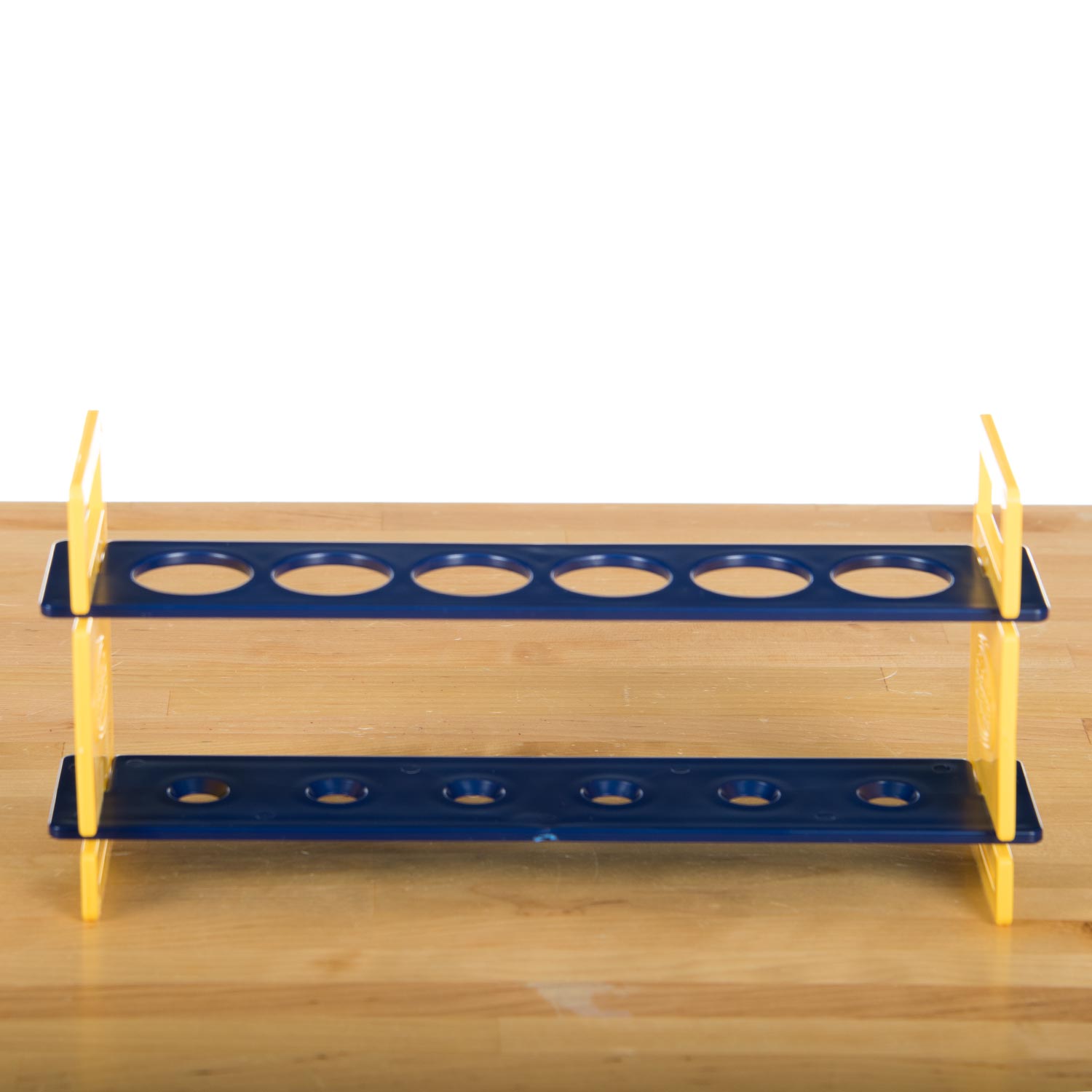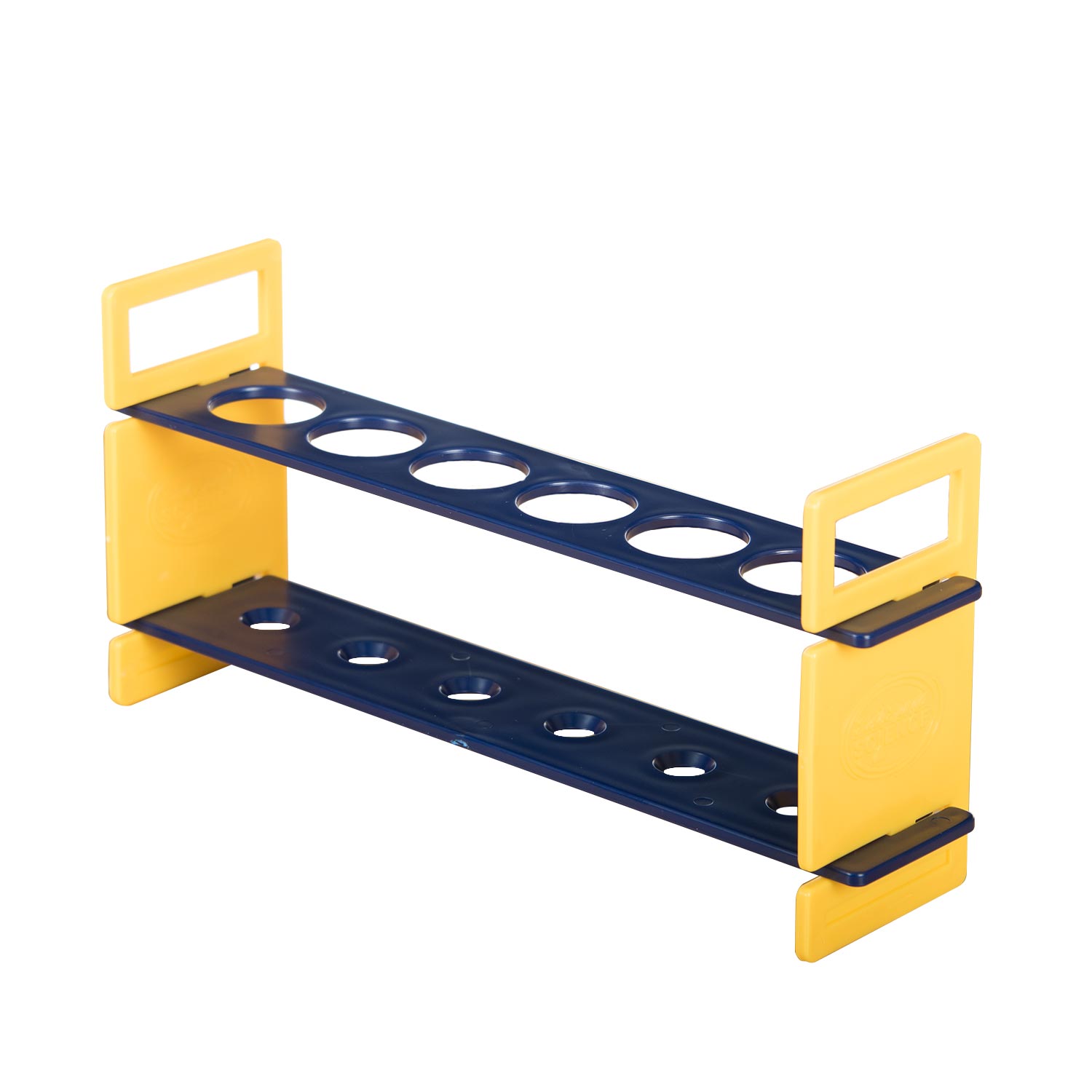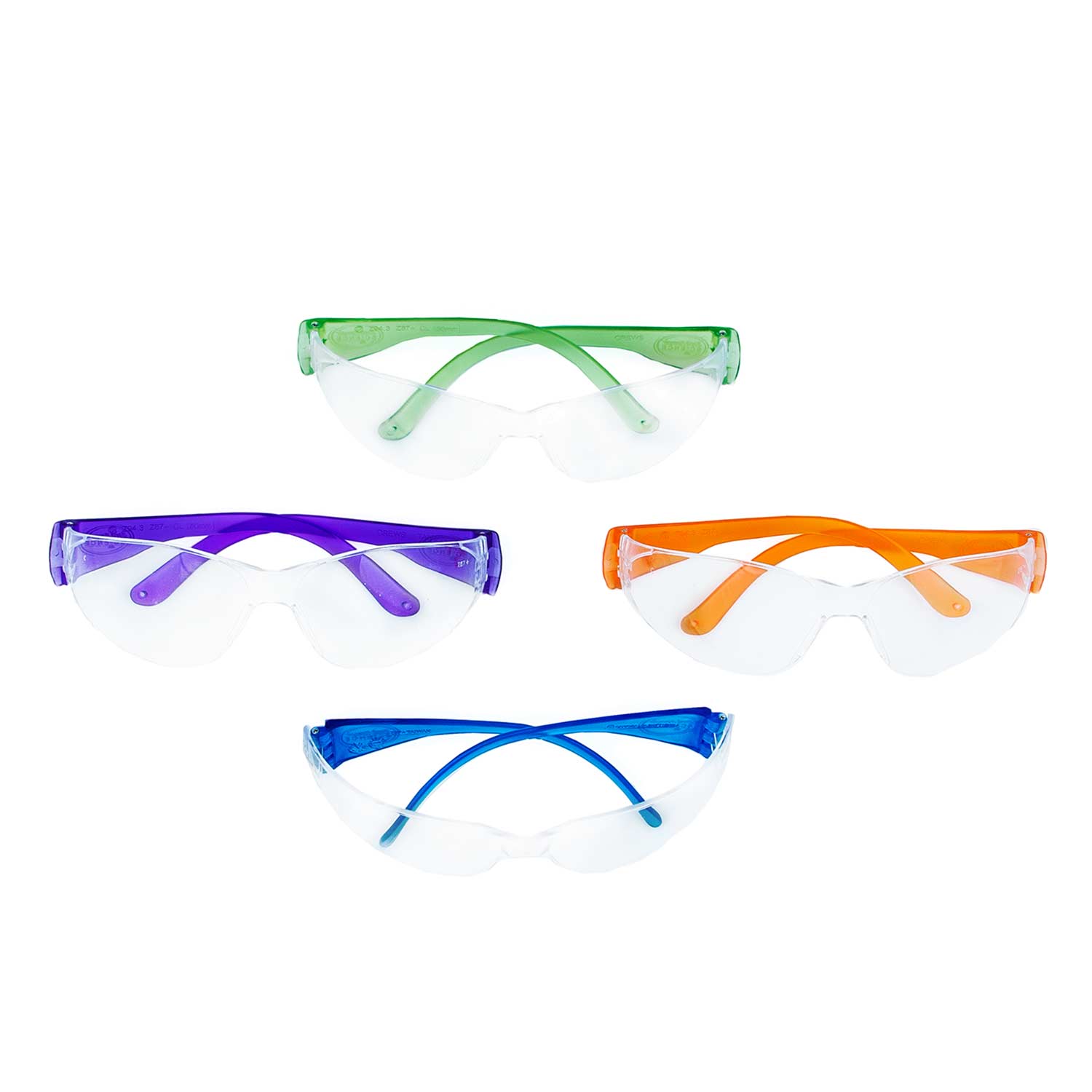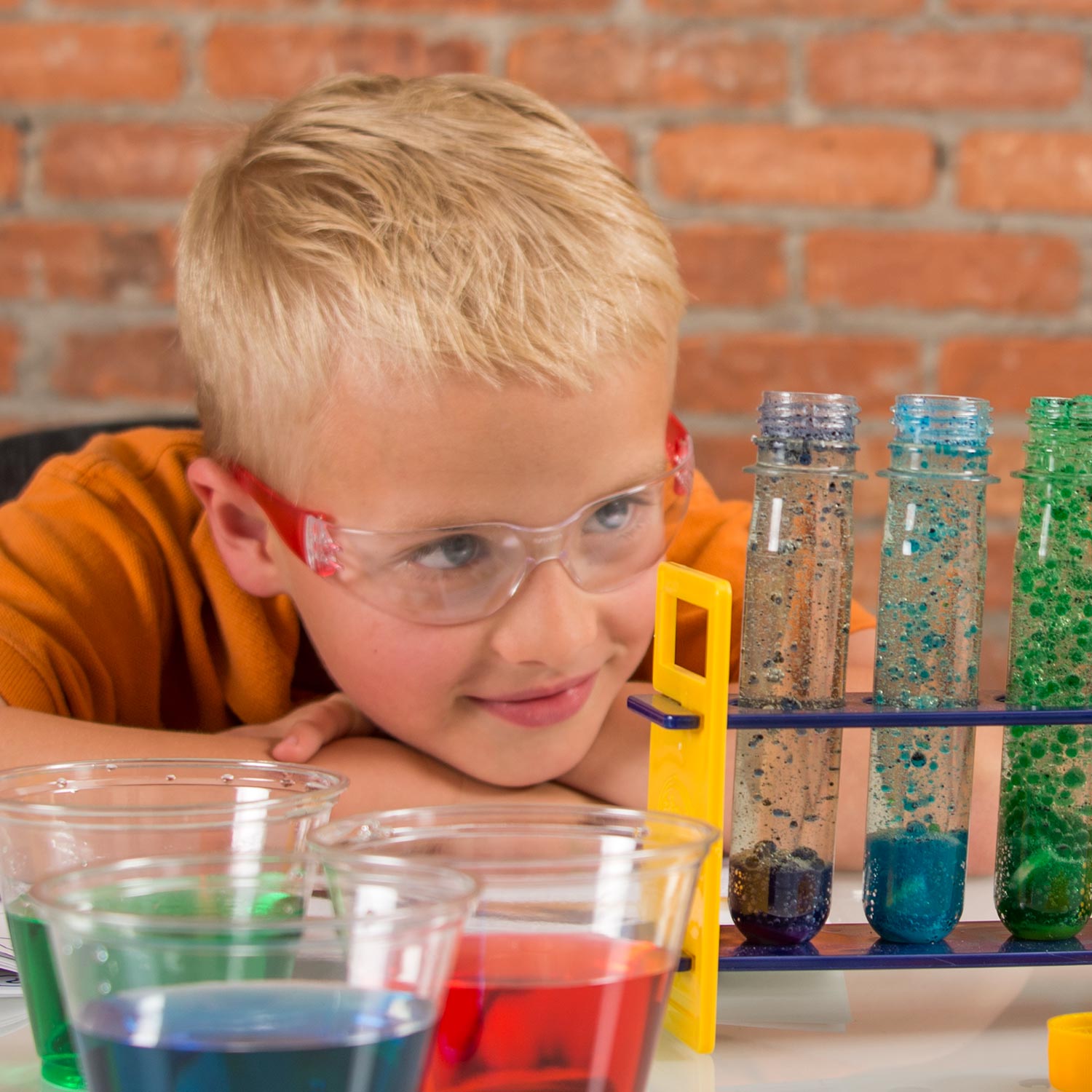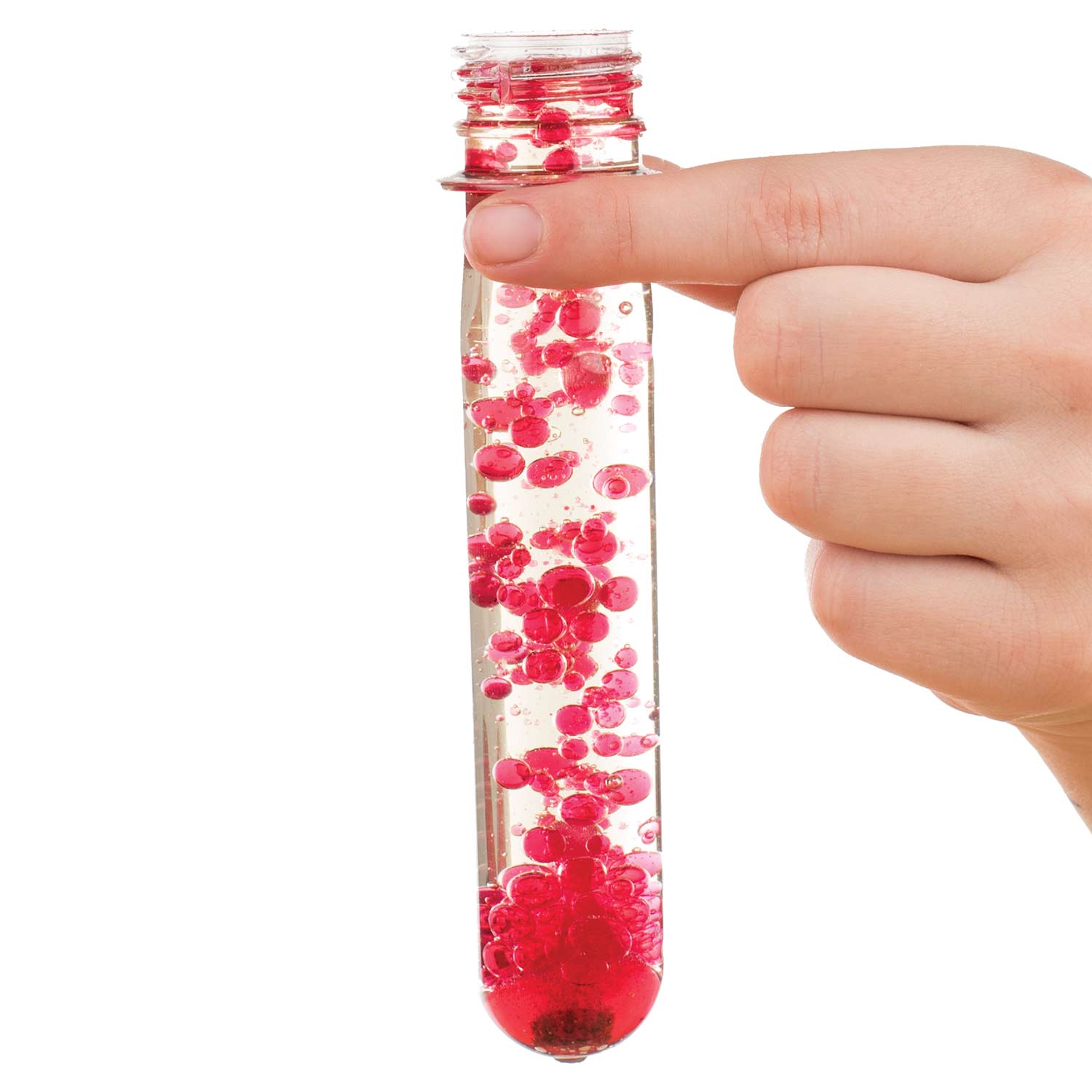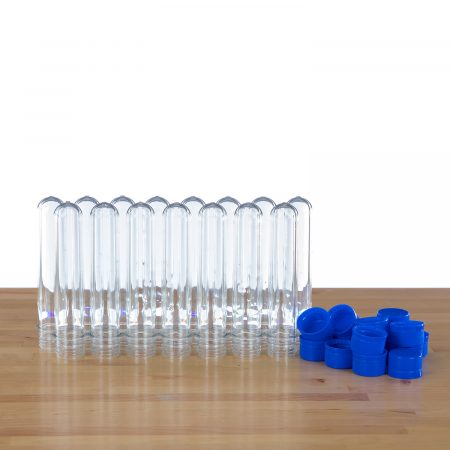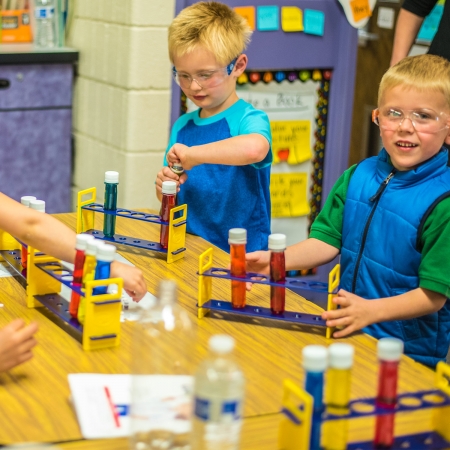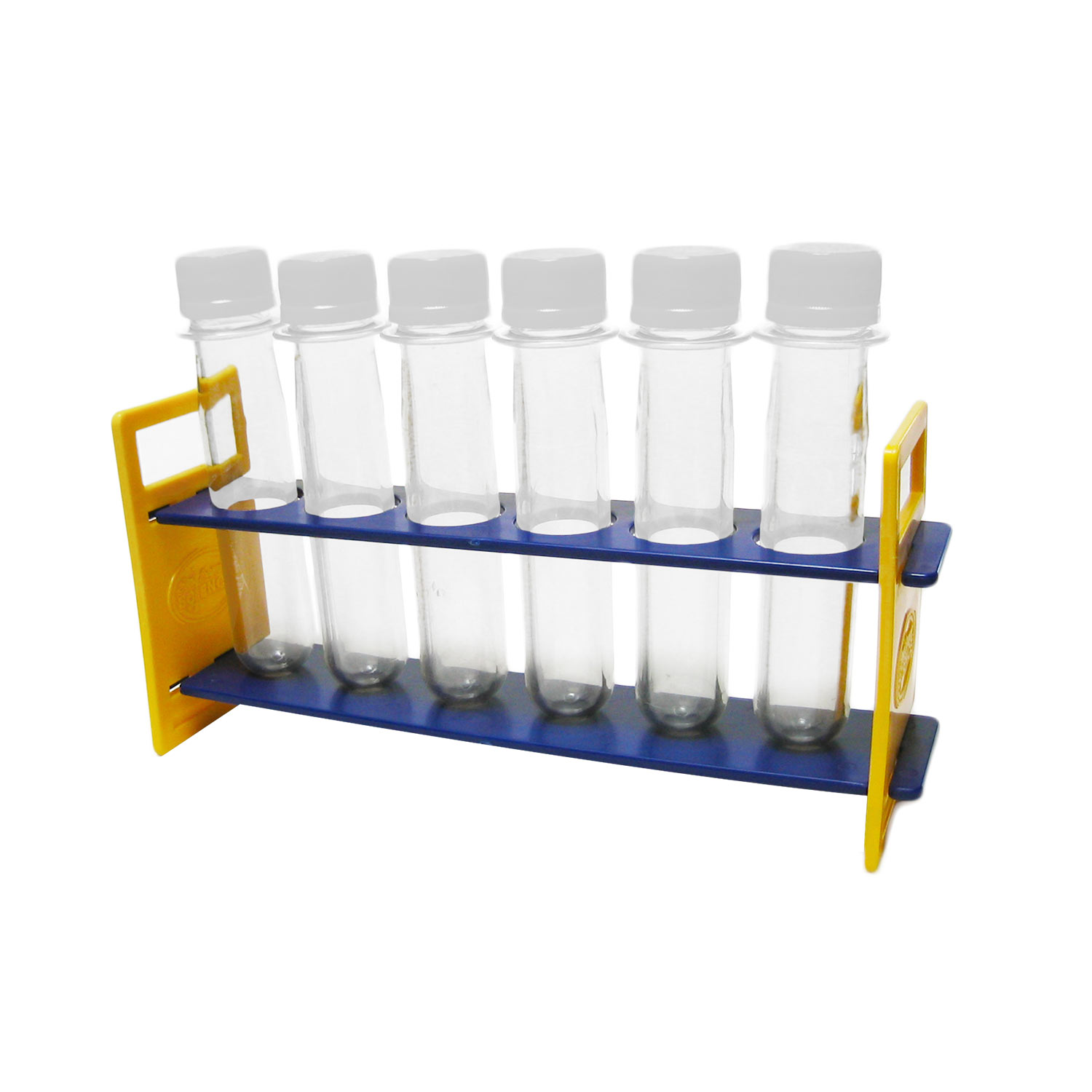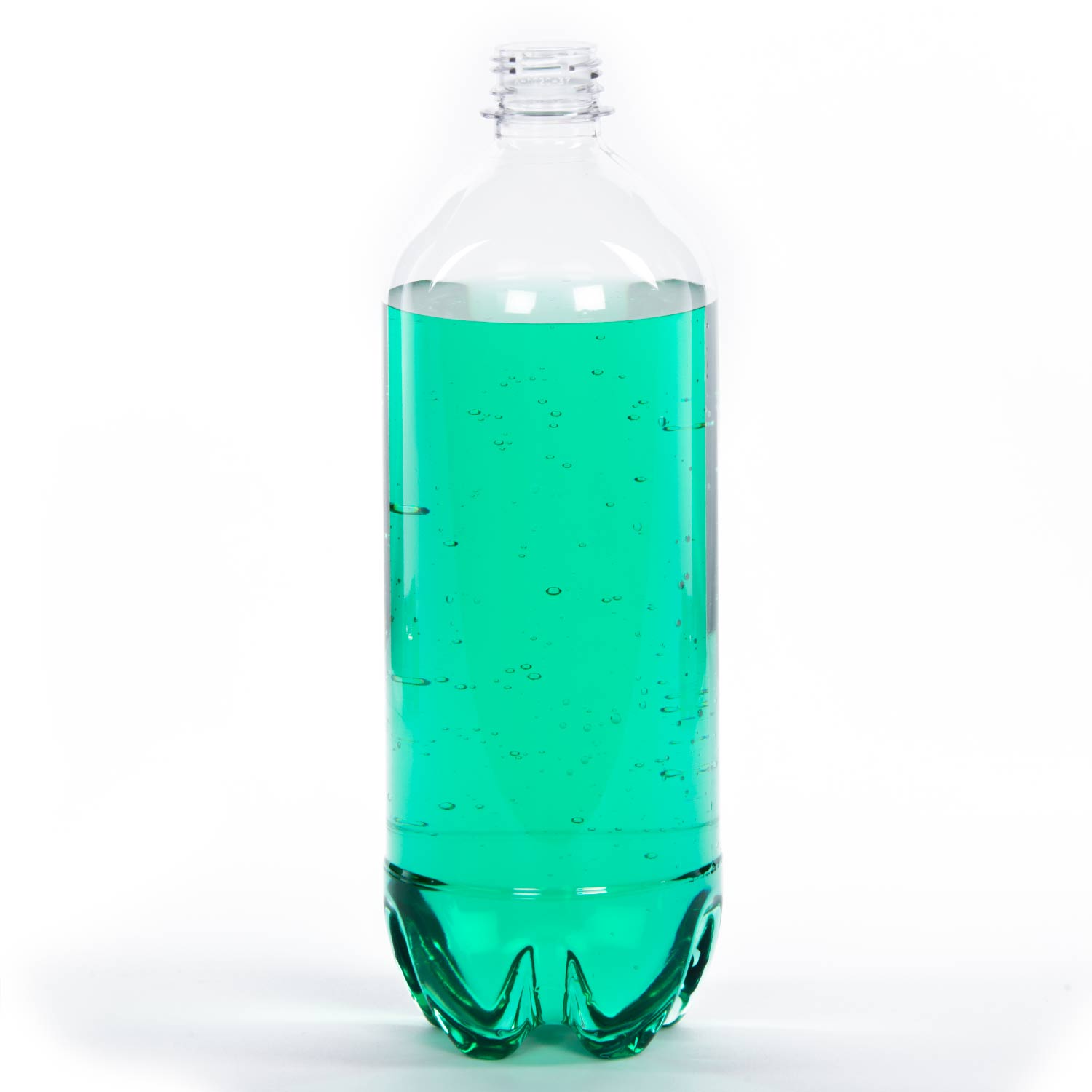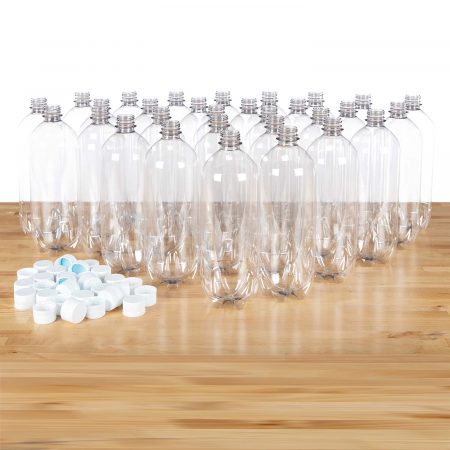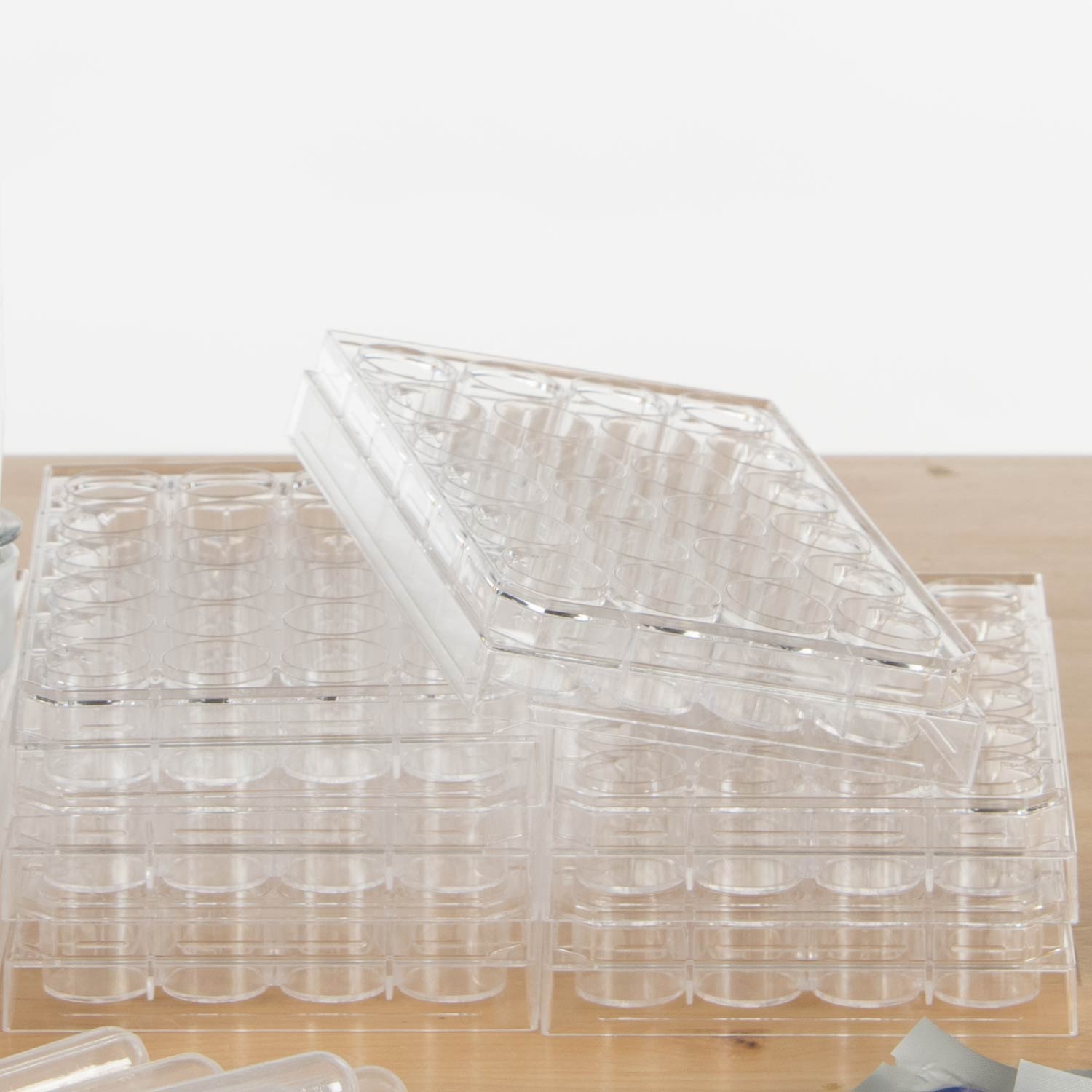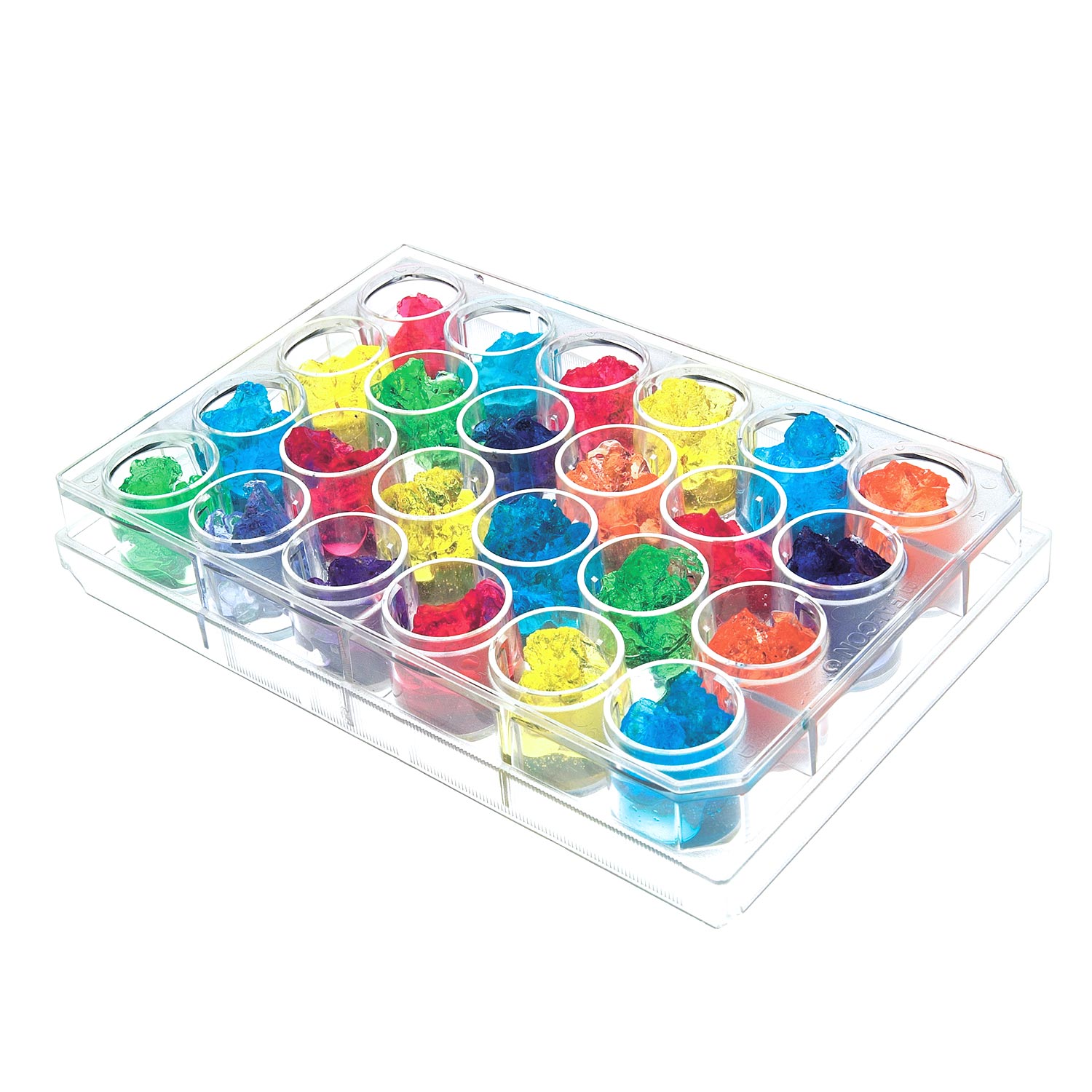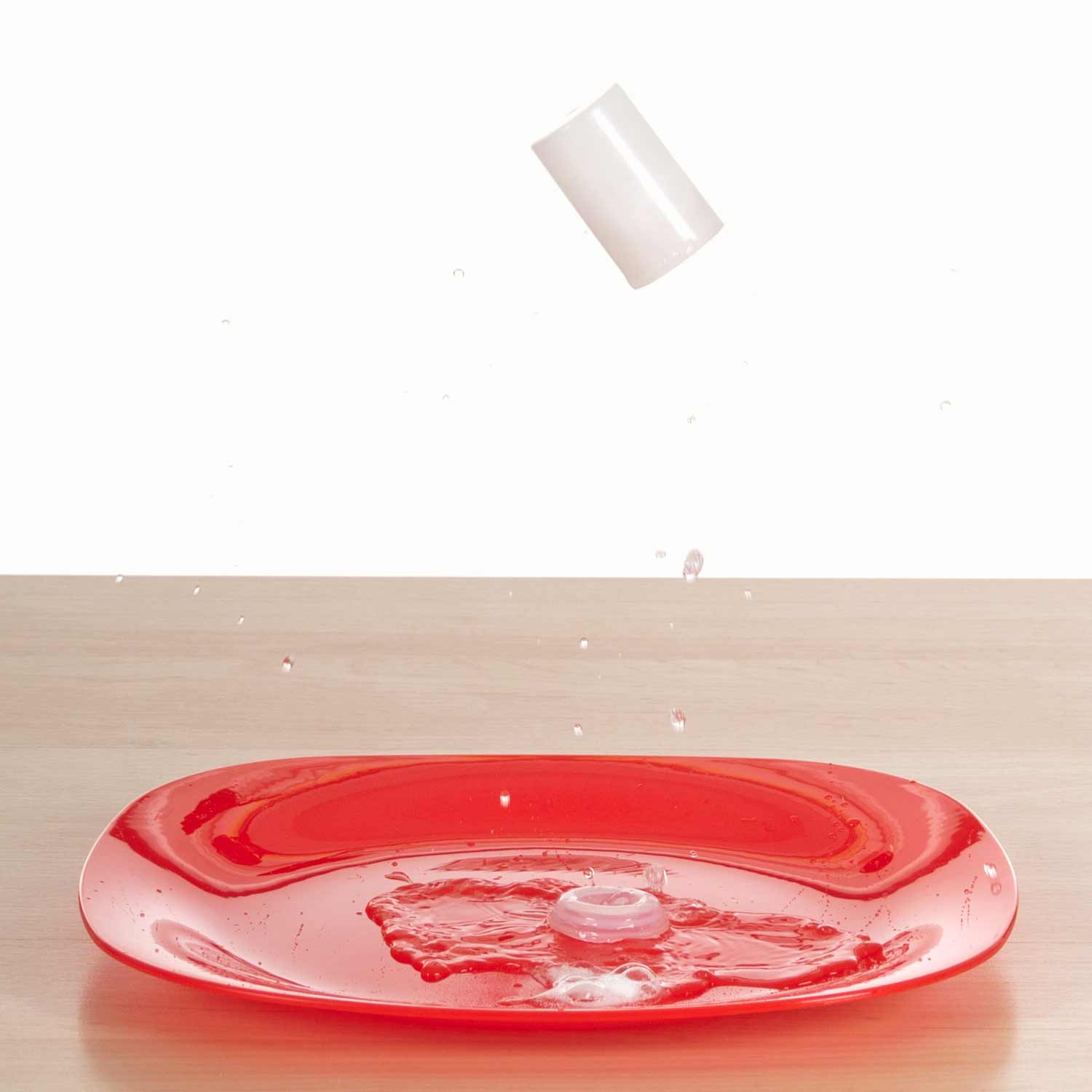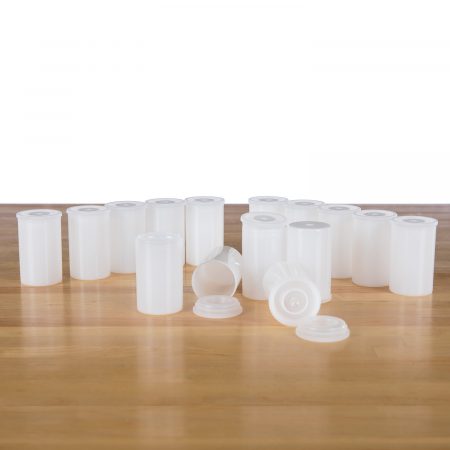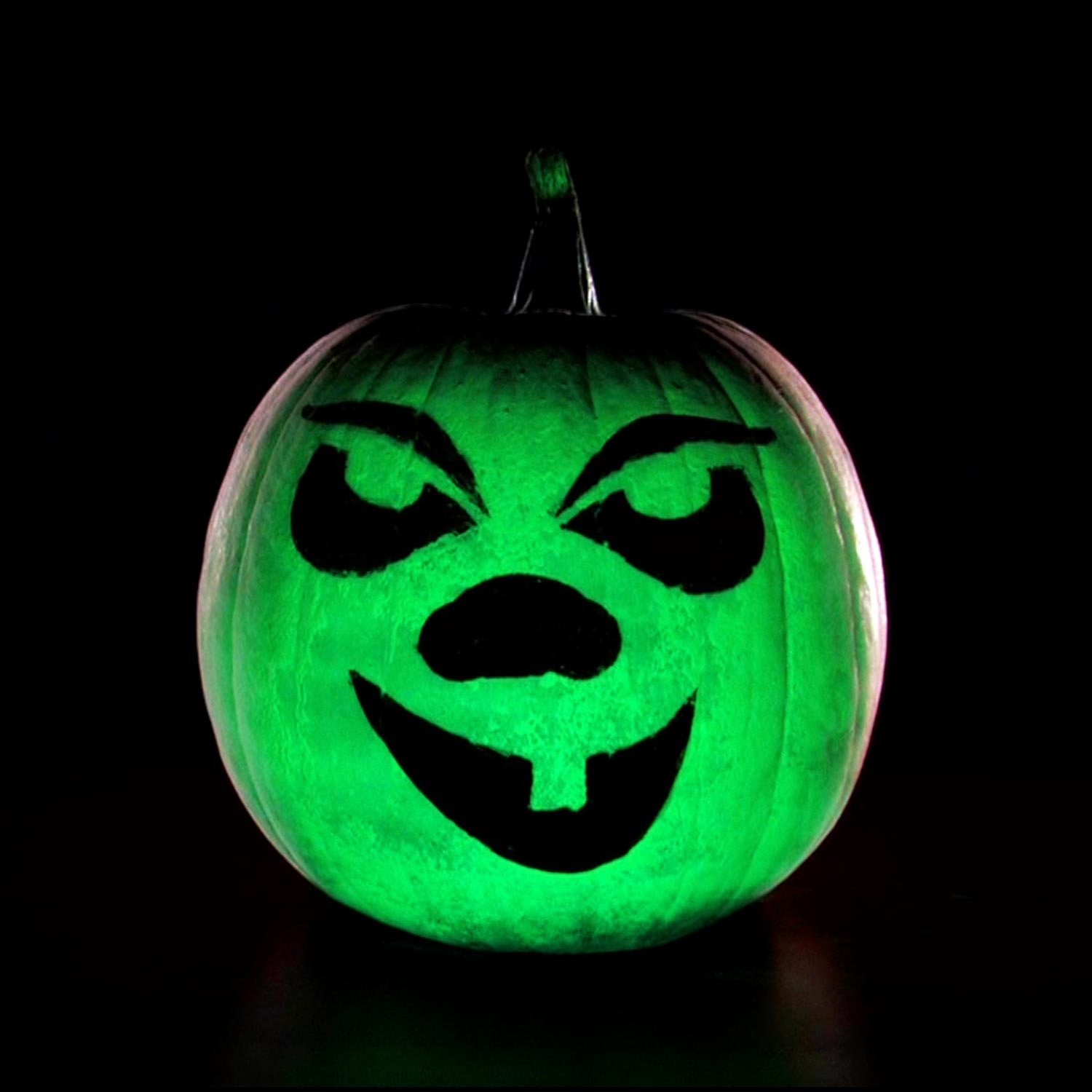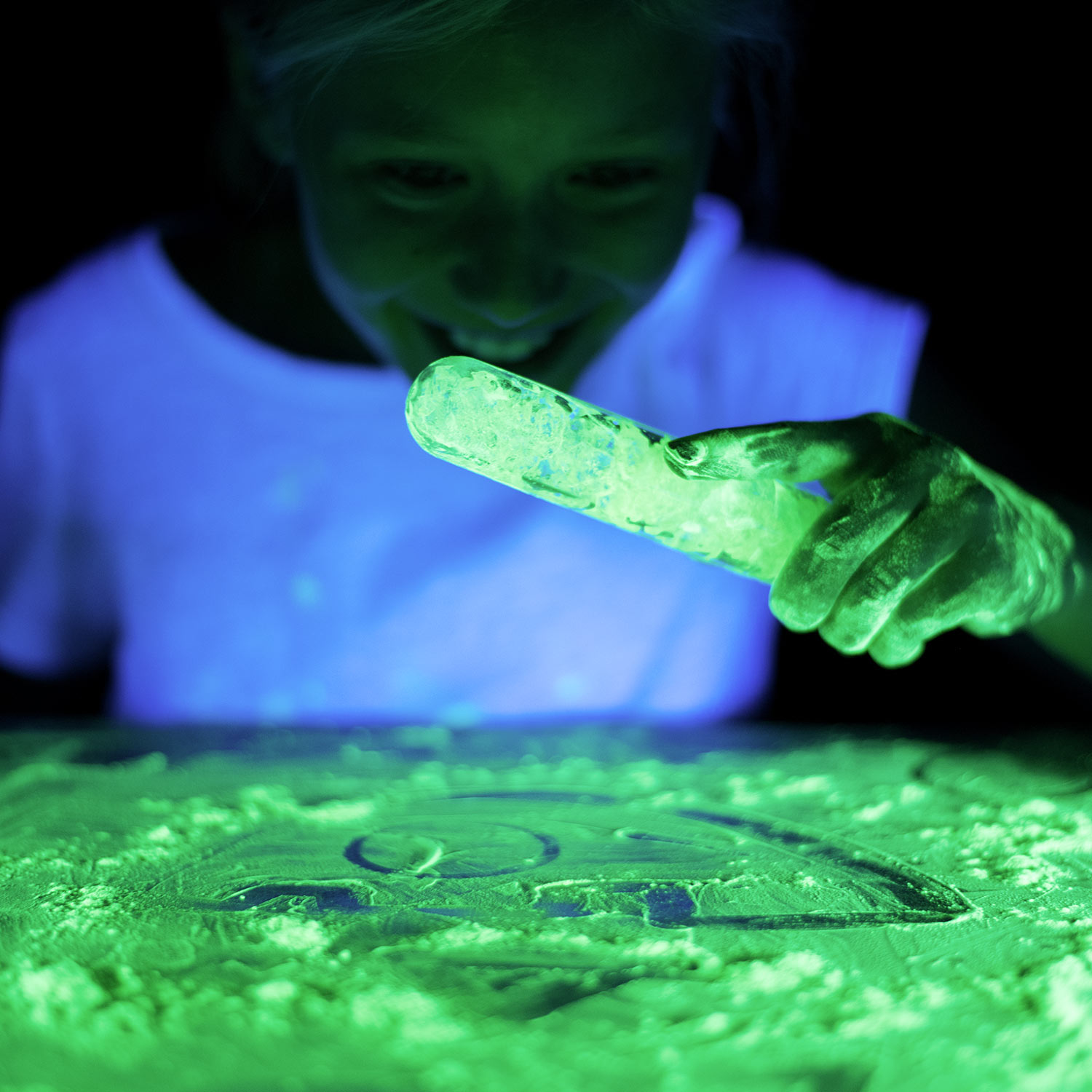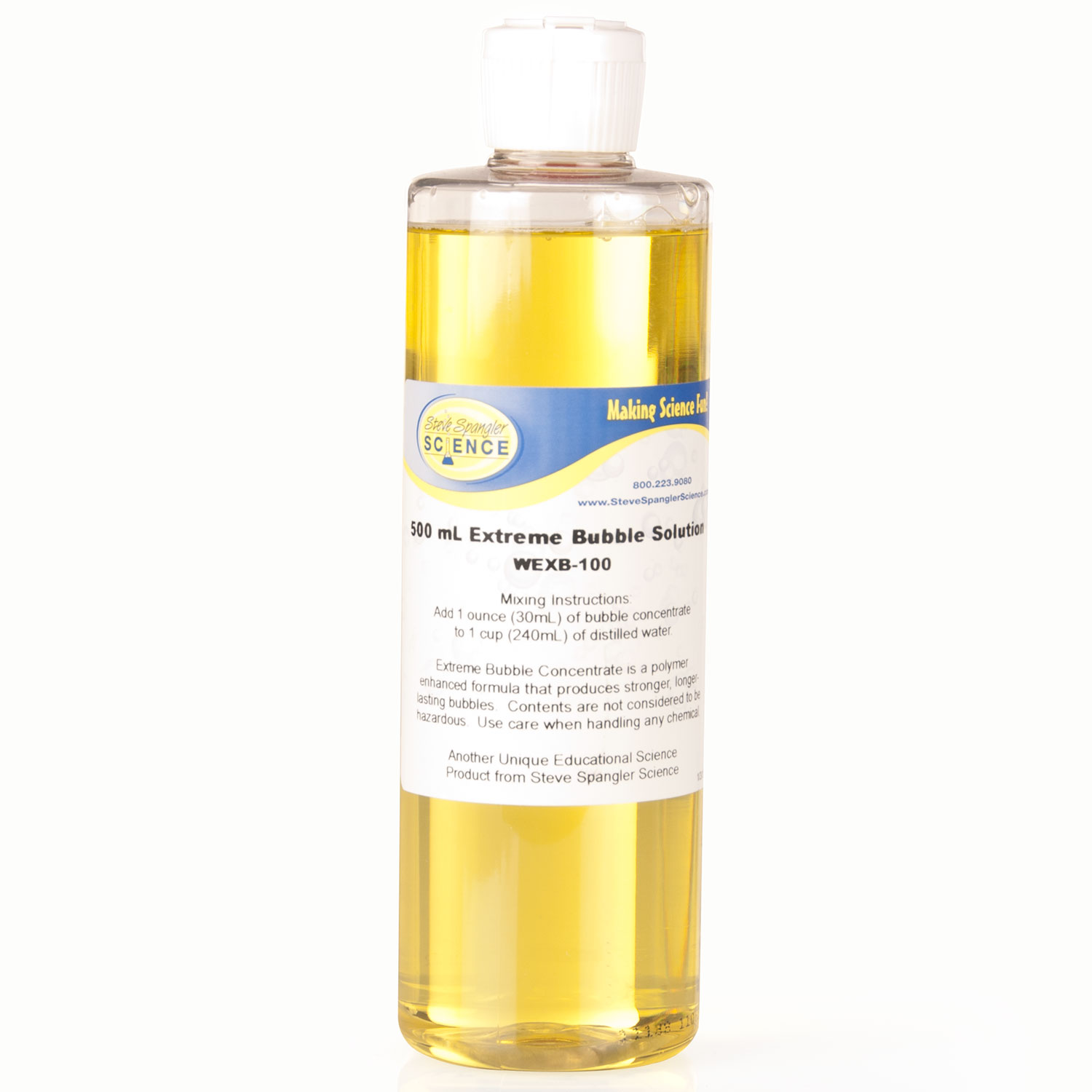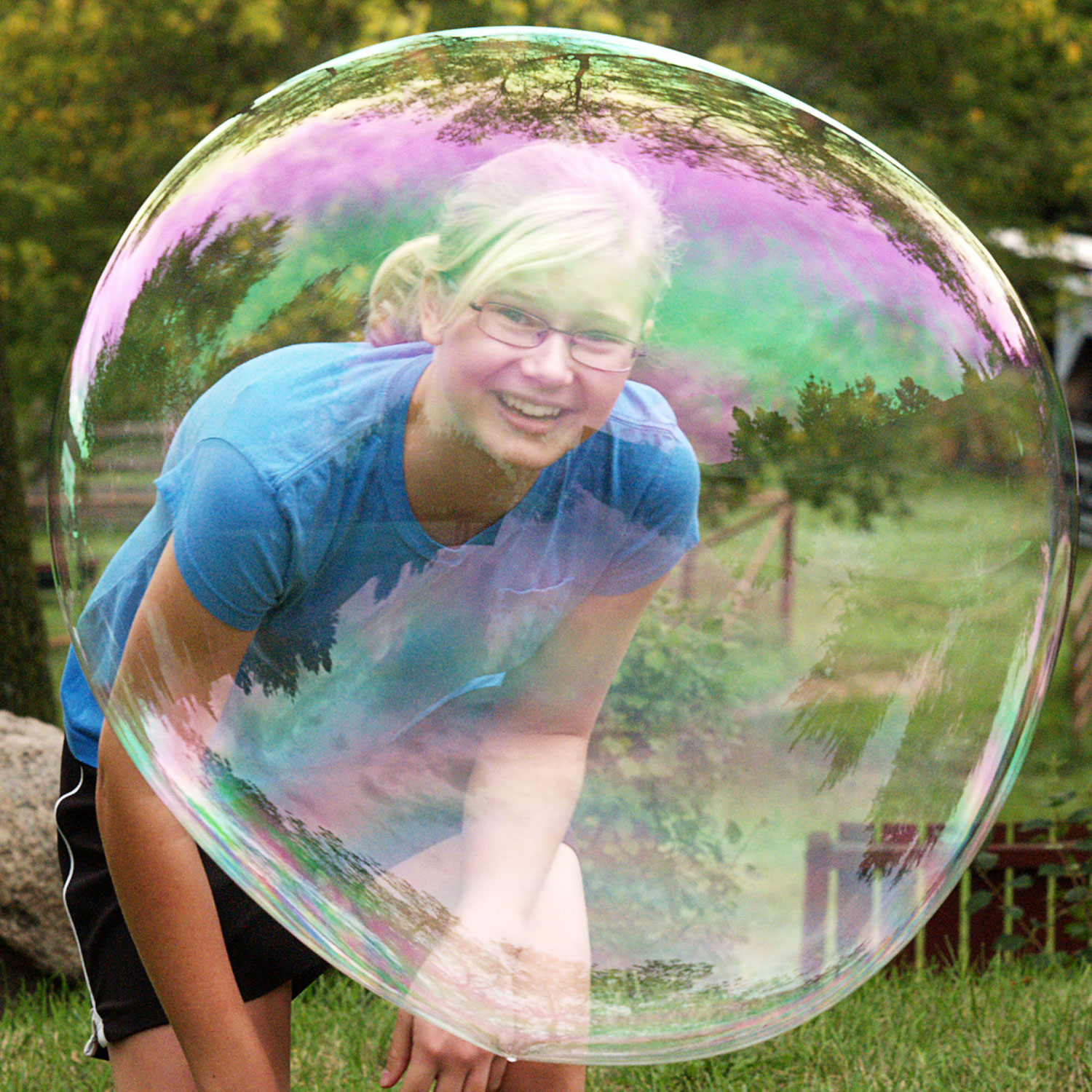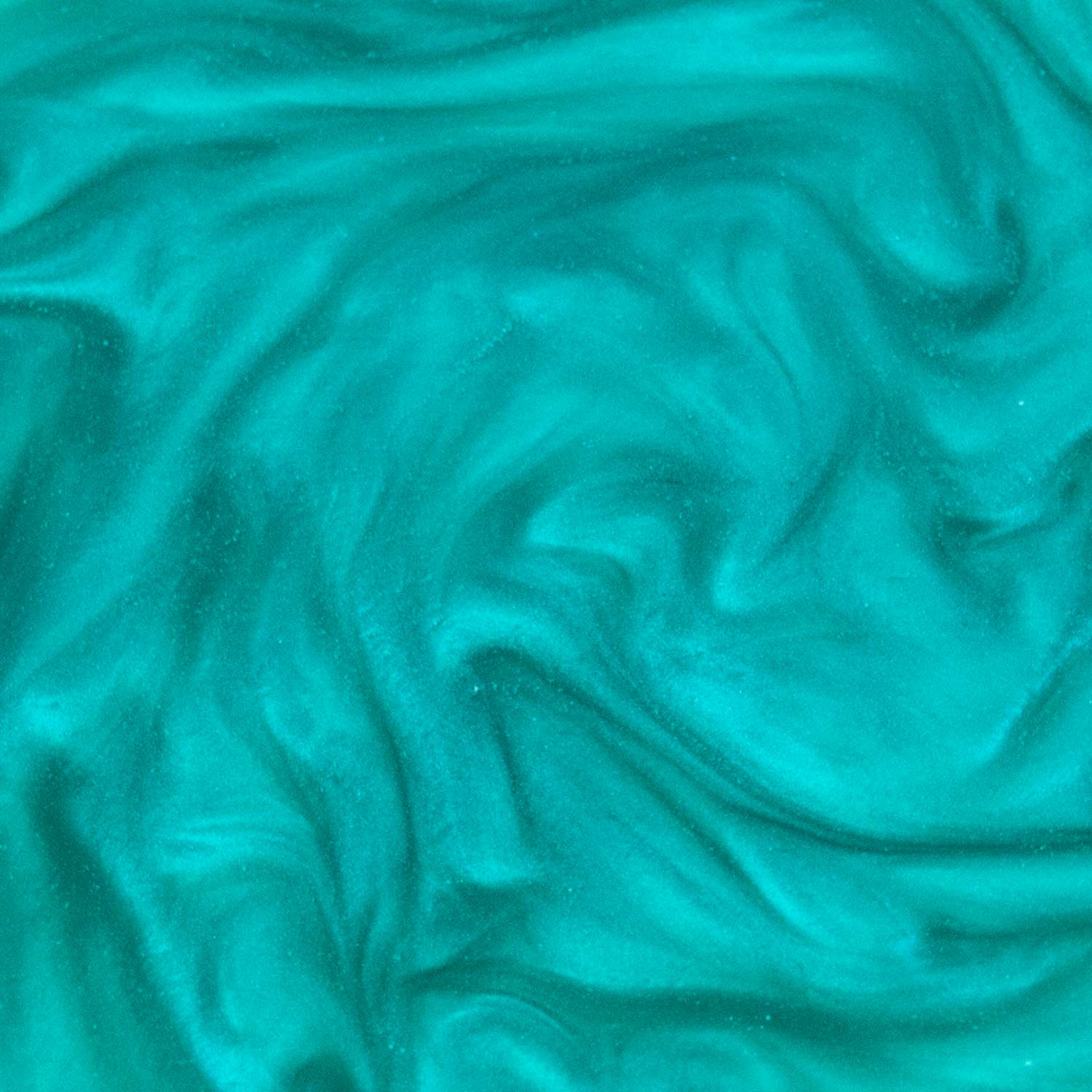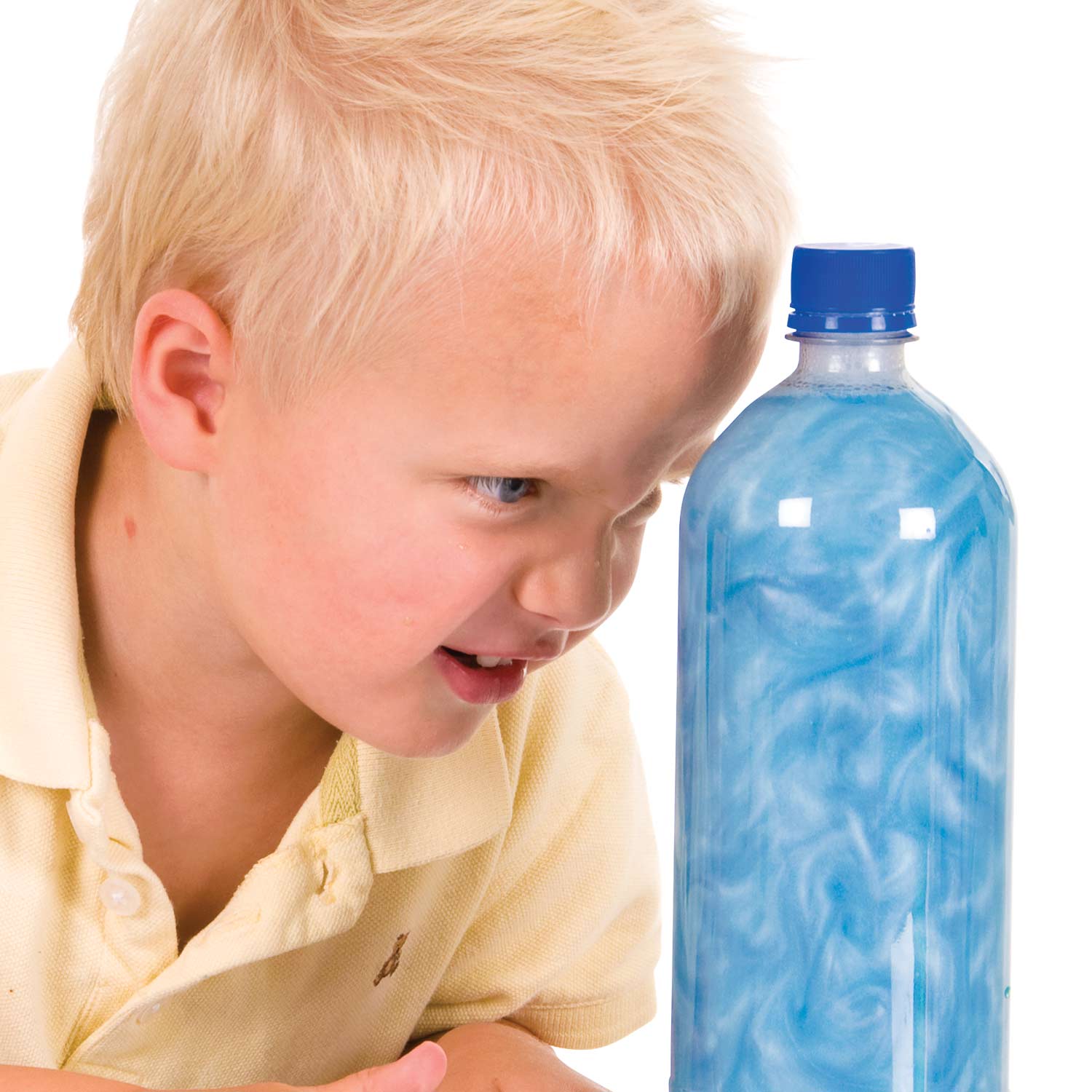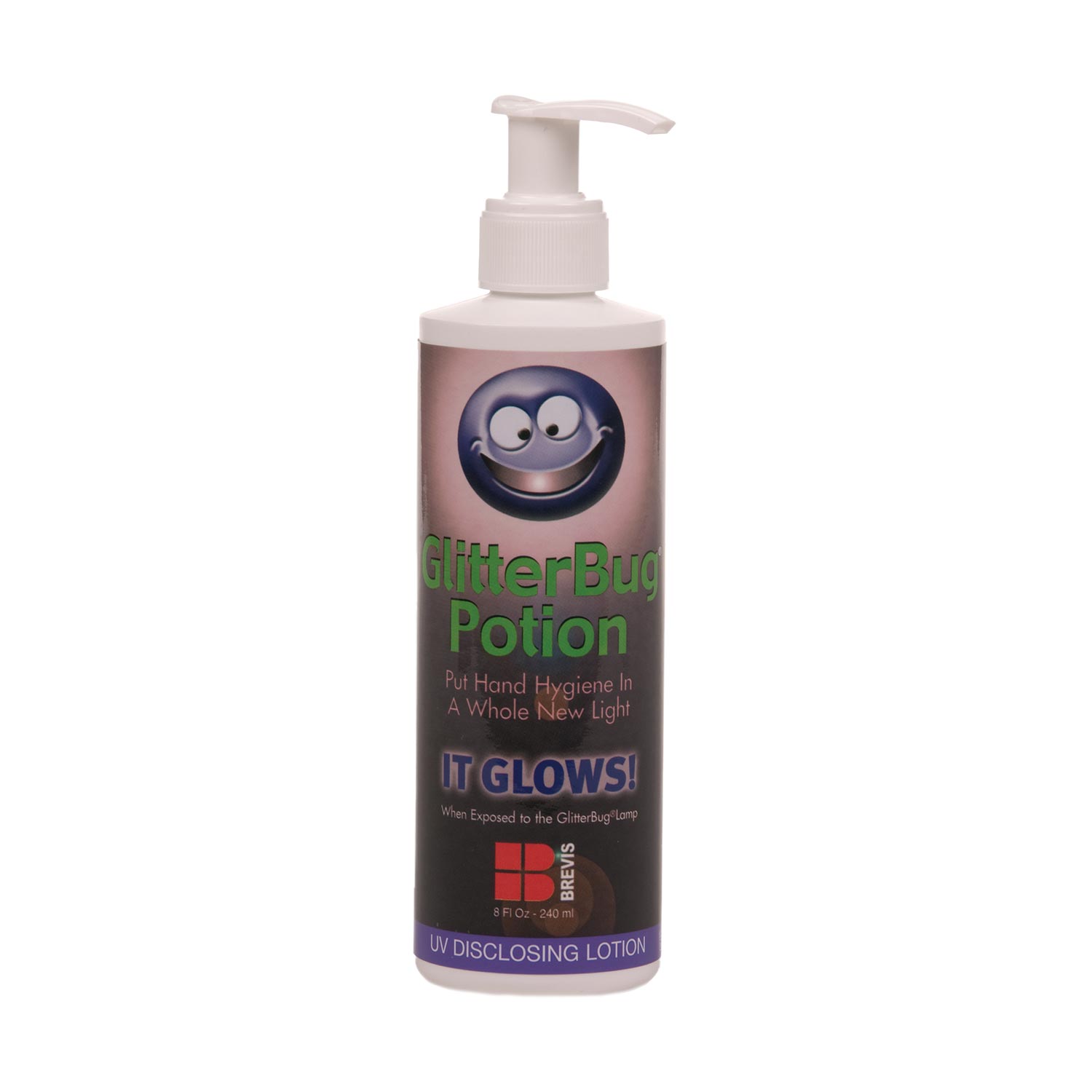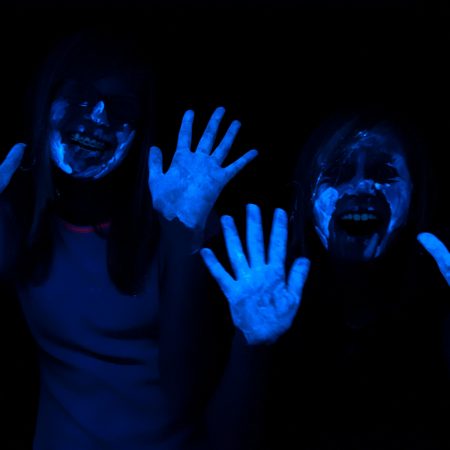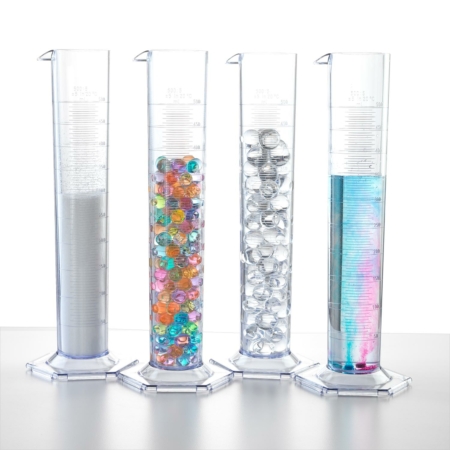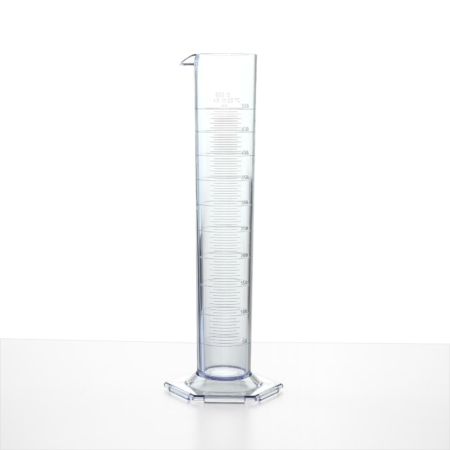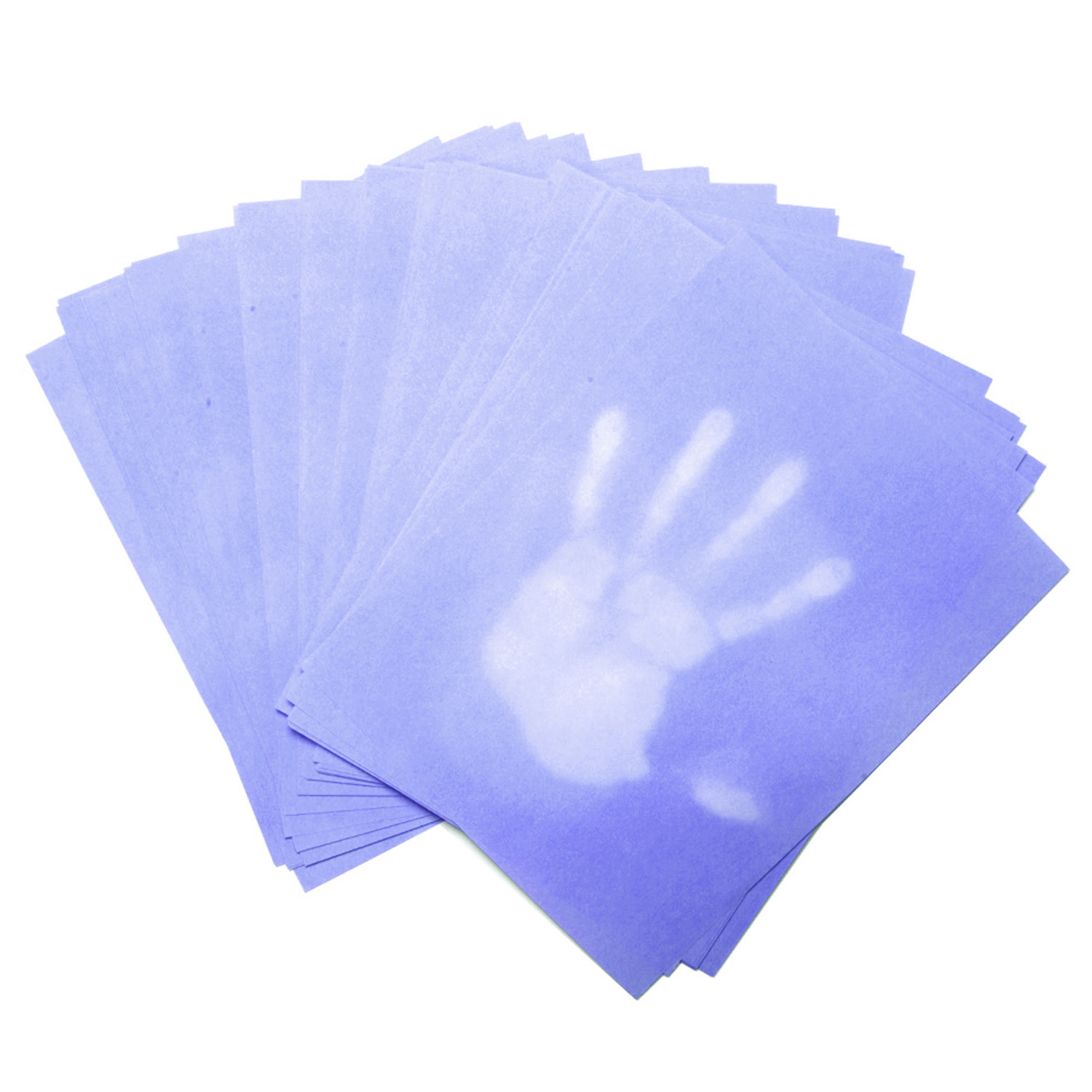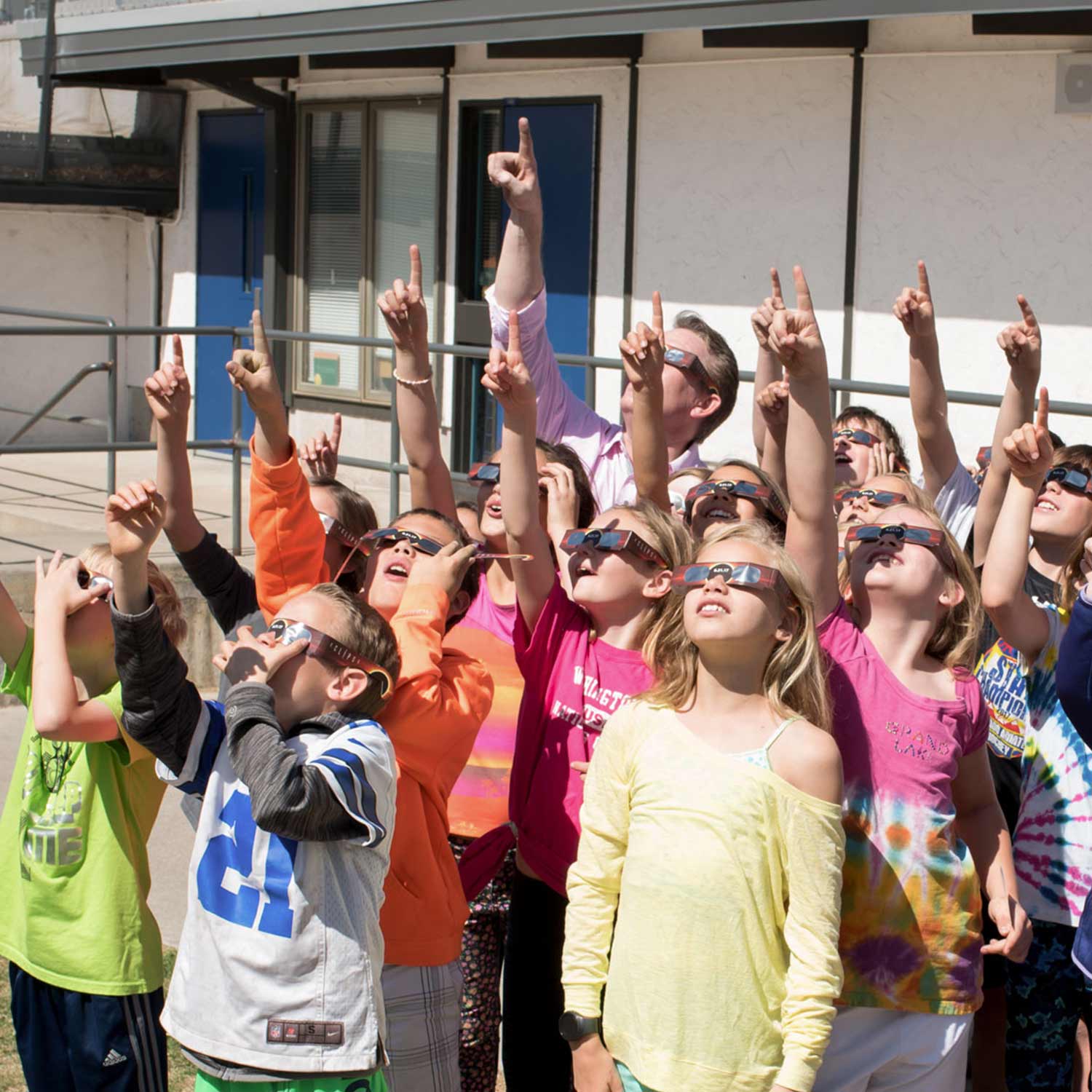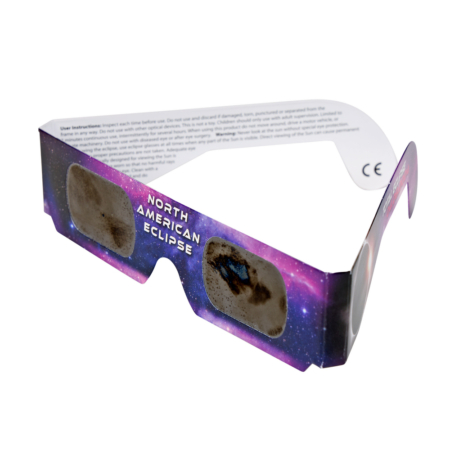Bacteria Growing Kit
This Growing Bacteria Kit is the most popular science fair project! This kit includes easy-to-make nutrient agar and has a step-by-step scientific method guide included.
Scientific Question: Which of these three simple cleaning methods (plain water, soap and hot water, or disinfecting wipes) is the most effective in the home over the short-term?
Experiment: Swab one of the three sites tested earlier to grow control cultures from each.
SKU: GBACTKIT
The Original
Insta-Snow® Powder
Insta-Snow is perfect for conducting experiments that concern how matter reacts differently to different types of liquids.
Scientific Question: Which liquid will interact with the Insta-Snow powder to create the most volume?
Experiment: Use the same amount of different liquids and Insta-Snow and record the differences in volumes.
SKU: SNOCARD (15g, makes ½ gallon) | 855500 (100g, makes 3 gallons) | SNO6GAL (200g, makes 6 gallons) |SNO16 (400g, makes 12 gallons)
Extreme Geyser Tube™
Mentos Geyser Kit
Do you want a showstopper of a science fair experiment? Try the Geyser Tube to see the physical reaction of Mentos mint candy and soda.
Scientific Questions: Which soda will interact with the Mentos to create the highest geyser?
Experiment: Use several different types of soda and measure the height of the geyser that each produces.
SKU: EGEYSER (Extreme Geyser Tube)
Energy Stick® Conductor
Use our Energy Stick Conductor kit to explore and observe how insulators and conductors allow or hinder the electronic flow through circuits.
Scientific Question: Which material is the best conductor to allow the flow of electricity?
Experiment: Test different materials to see which conducts or insulates the electrical flow.
SKU: ENGYCARD
Jelly Marbles™
Water Polymer Beads
Our Jelly Marbles absorb 150 times their weight in water. Make discoveries about absorption, hydration, and evaporation.
Scientific Question: Does the location of the Jelly Marbles influence the rate of evaporation?
Experiment: After growing the Jelly Marbles place them in different areas with different amount of heat and light and record the differences.
SKU: CLJELLY
WATER CUBES
Water Absorbing Polymer Cubes
These Water Cubes are engaging to watch and record measurements as they grow. They can grow up to 200 times their original size.
Scientific Question: Does adding smashed Water Cubes to soil help the plant to stay hydrated for a longer period that a plant grown in only soil?
Experiment: Smash grown cubes and mix with soil to see how the plant reacts to the mixed soil compared to soil alone or other additives added to soil.
SKU: WACUBES
One Breath Bernoulli Windbags
Air Pressure Experiment
Interested in adding some engineering to your science fair experiment? Learn how air pressure can affect how large of a structure can be create with our Windbags. This is a great experiment to test building bases of different sizes and shapes.
Scientific Question: How large of a free-standing structure can be created using Windbags and rubber bands?
Experiment: Test different structures that can be created. Does the base require more support?
SKU: WIND4PK (4 Pack)
Science Fair Tips for Parents
We call it our Science Fair Survival Guide for Parents. How do you tell the difference between a science activity and a science project? How complicated should your child make his project to score a high grade?
Scroll down to learn how to understand the difference between a science demonstration and a hands-on science experiment. A teacher can demonstrate an idea with a simple science activity. Science experiments are more about the “what if” factor. How can one change in methods or materials lead to different outcomes, and why?
Relying on simple, instantly recognized materials usually found around the house will offer younger children confidence. Keep the experiment simple. For example, one variable in an experiment focused on bubbles can be the different amounts of glycerin added to water and dish soap to produce different effects.
To help your child make his science fair project a success, visit our Steve Spangler Science Store for science fair-ready kits and accessories.
Use Common Materials
Use Common Materials
Children, especially younger ones, learn science best and understand scientific ideas better if they can experiment and explore ideas and concepts that are common place in their world. For example, if your child loves to play with bubbles, design a science project where you experiment mixing different amount of water, dish soap and glycerin to come up with the best bubble solution. The key is to make sure there is only one variable in the test – keep the amount of water and dish soap the same, but change the amount of glycerin used in each test batch. The goal is not to let the materials distract from the actual process of experimenting and gathering data.
Demonstrations vs. Experiments
Demonstrations vs. Experiments
The first key to engaging students in doing real science is to understand the difference between a science demonstration and a hands-on science experiment. Demonstrations are usually performed by the teacher and are typically used to illustrate a science concept. Science experiments, on the other hand, give participants the opportunity to pose their own “what if…?” questions, which inevitably lead to controlling a variable – changing some aspect of the procedure or the materials used to perform the experiment.
Use Online Resources as Research
Use Online Resources as Research
There’s nothing wrong with using online resources like www.SteveSpanglerScience.com as a way for you and your child to preview some clever, eye-catching science activities. With the growing popularity and accessibility of online videos, it’s easy to introduce your child to some great topics that might otherwise been passed over. The key is not to just copy or duplicate the activity. Remember, most so-called science experiments are really science activities (follow the recipe and something happens). Instead, you want to use the activity to spark a new idea or to test out a way to change the “standard” activity in an effort to ask new questions and make a new discovery.
Keep it Simple
Keep it Simple
Unless you’re entering the Science Fair World Final Competition for Geniuses, it’s probably best to keep the science project simple. Instead of trying to solve the world’s problem, focus on a project that allows your child engage in the basic elements of the scientific method – to ask questions, formulate a hypothesis, conduct an experiment, gather data, compare and analyze the data and to share the discovery.
Discovery vs. Conclusion
Discovery vs. Conclusion
Teachers who have used the same science fair evaluation form for the last 30 years might not use the term “discovery” as much as we would like. Discoveries are very difference from conclusions, and it’s important to teach your child the difference. For example, I discovered that dropping Mentos mints into soda creates an eruption. That’s a discovery – not a conclusion – and this discovery leads me to ask more questions. How many Mentos do you need to make a soda geyser shoot up 20 feet? To answer this question, I have to set-up a series of experiments where I test what happens when I drop different numbers of Mentos into soda. In this case, the number of Mentos used in each experiment is the only thing that changes – it’s the variable – while everything else stays the same. Each test result leads me to make a new discovery – the test using four Mentos make a ten foot geyser while five Mentos created a fifteen foot geyser. Discoveries are just that… an observation with no right or wrong answer. Only after you’ve made a number of discoveries can you formulate a conclusion. In the case of the Mentos experiment, you discovered that there was a relationship between the number of Mentos you used and the height of the geyser. So, it’s fair to make this conclusion… A soda geyser using ten Mentos will shoot up higher than a geyser using only two Mentos mints.
Enthusiasm is Contagious
Enthusiasm is Contagious
If you are excited about your child’s science fair project, they will be excited too! Use this opportunity to teach your child the importance of building life long learning skills. Conducting science experiments and teaching process skills take time, and the unfortunate truth is that teachers may not have the necessary time in class to allow the children to explore on their own. That’s why it’s so important for you as the parent to take the time to create a meaningful learning experience and to rekindle your child’s natural sense of wonder.




